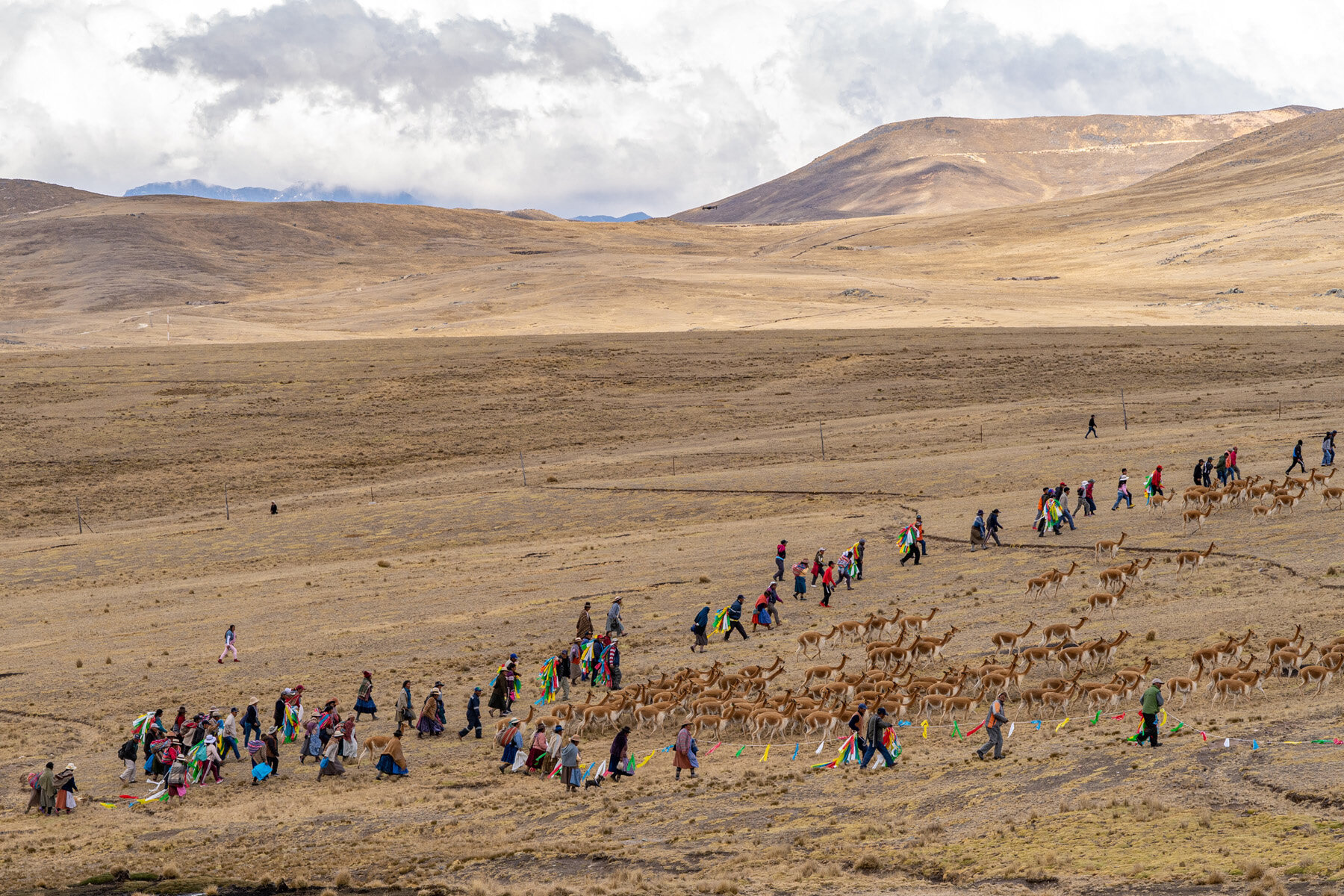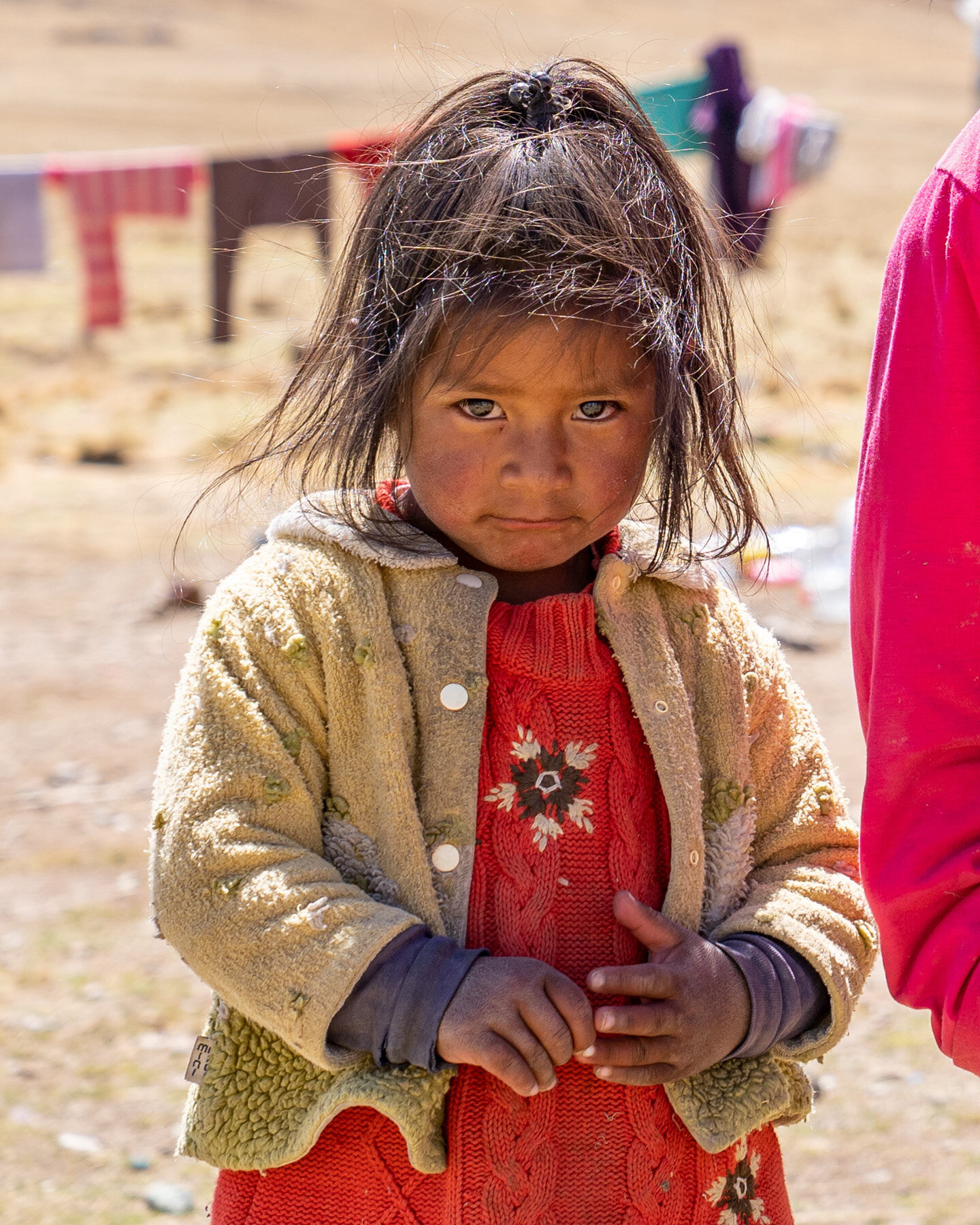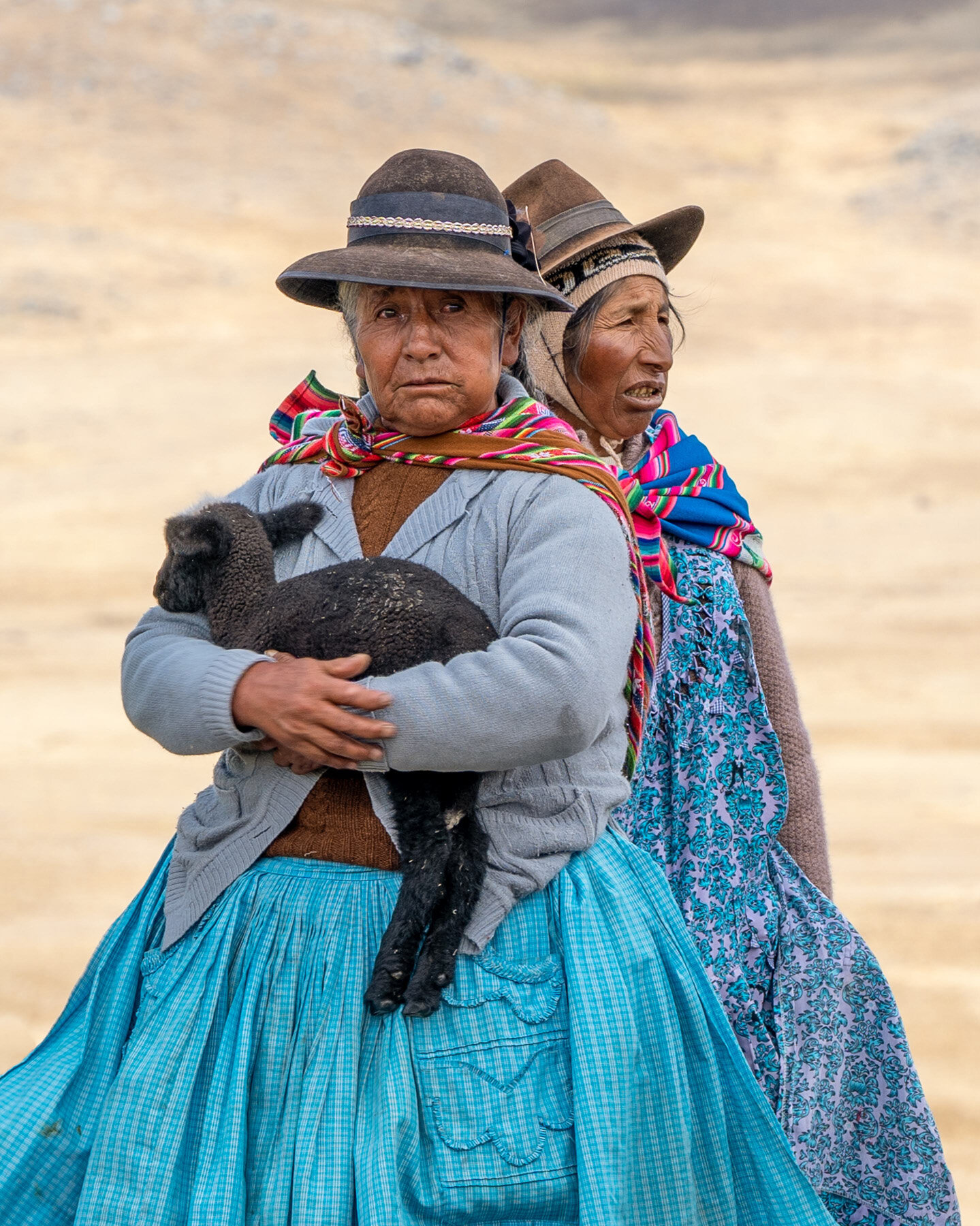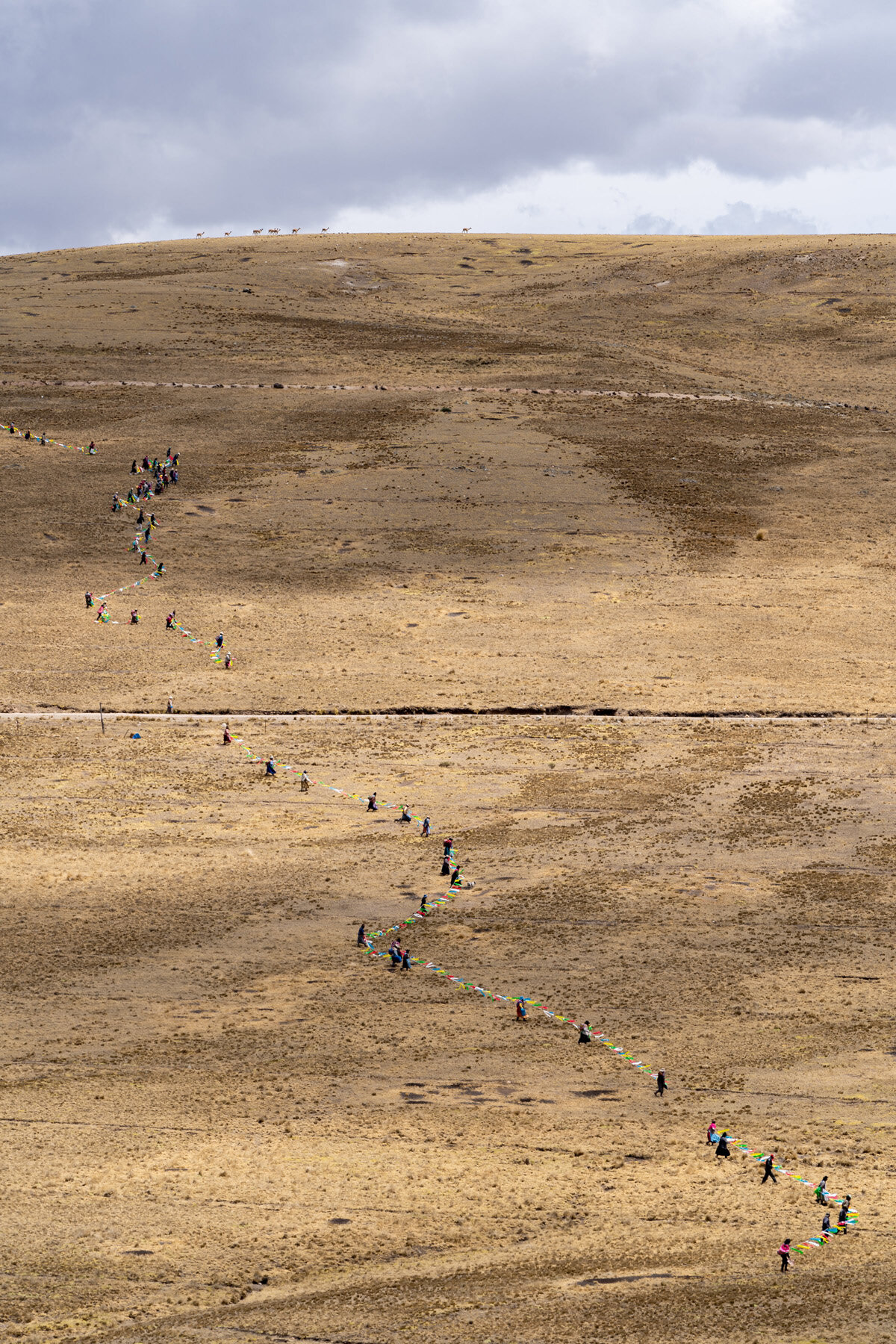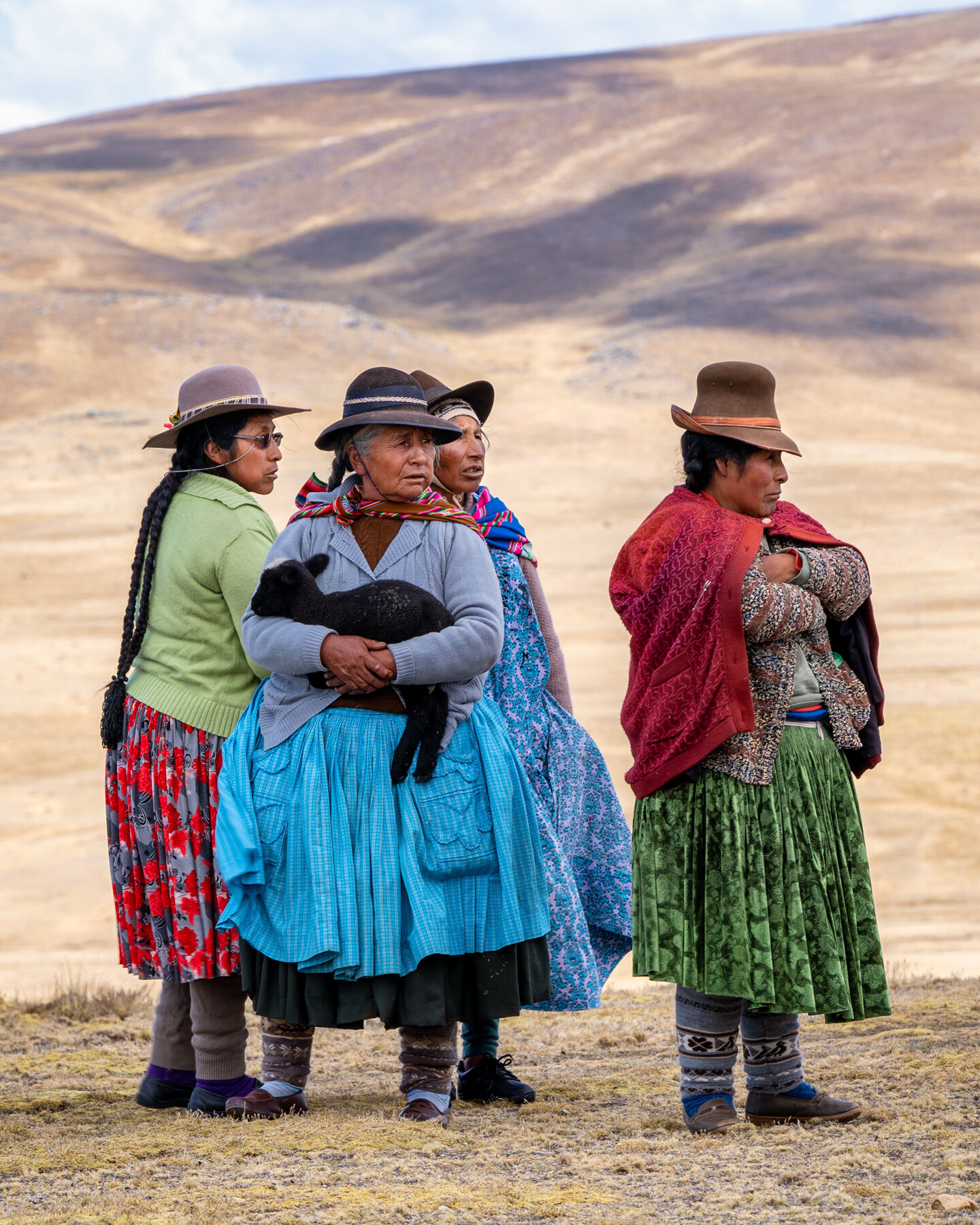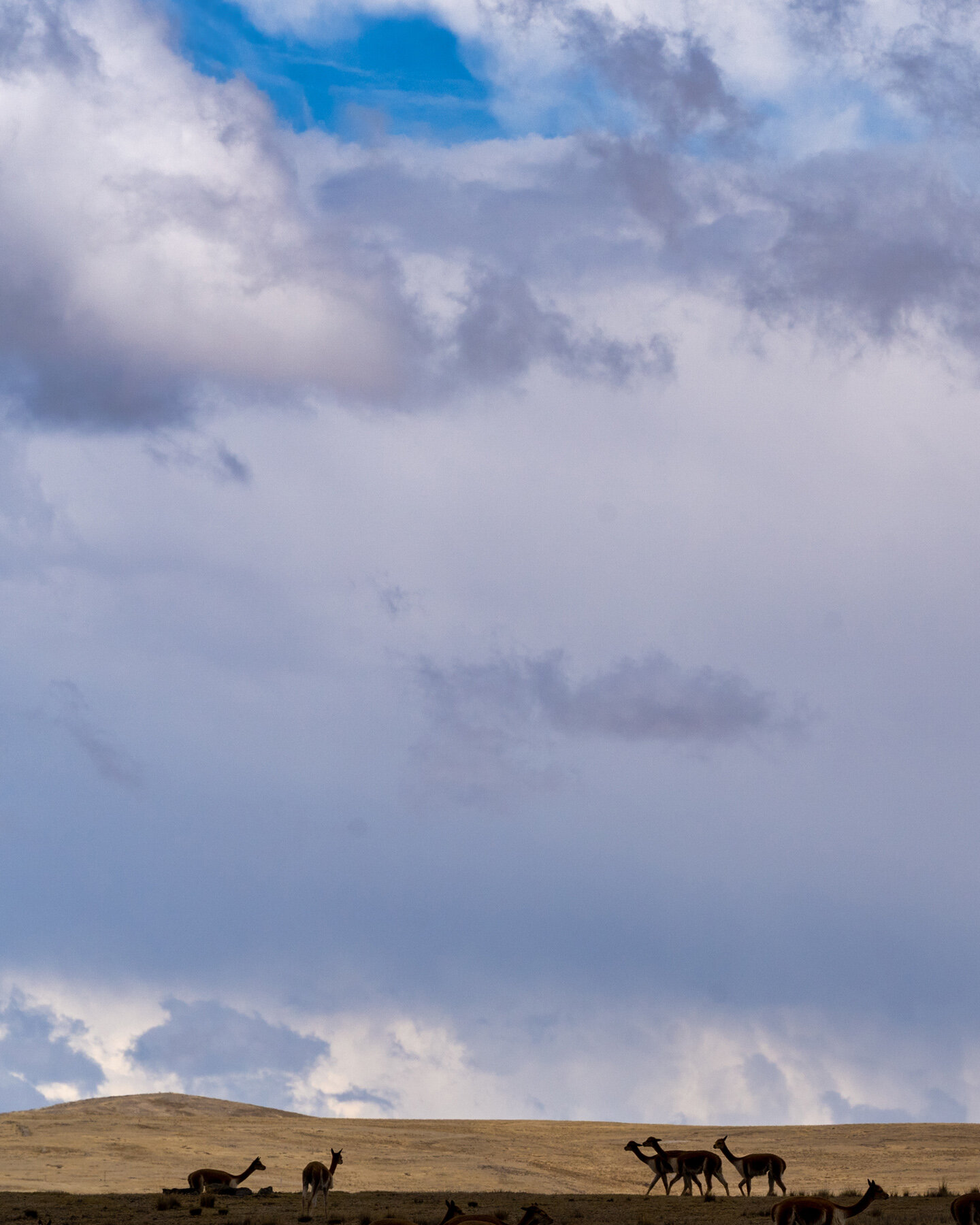Peaks n' 'Pacas in Peru - An Alpaca Fueled Trek Through The Andes - Part 3 - The Vicuna Chaccu
(If you haven’t yet, and you wanna, start at the beginning of the adventure with Part 1 - Where The Wacky Alpacky Hath Led Me)
This morning was our first 'touristy' thing - a visit to Condor Cross, which lie a short hour's drive from Chivay.
Condor Cross, which lies in the midst of Peru's Colca Canyon, by some estimates the world’s 2nd deepest canyon (twice as deep as the Grand Canyon), just so happens to be one of the best places to see, appropriately, the world's largest flying bird - the Andean condor - an impressive creature whose wingspan can reach up to 10 feet and can weigh more than 30 pounds.
While we unfortunately only caught a couple short glimpses of a pair of condors on this morning, it was still awe-inspiring simply to be standing at the rim, peering from above into one of the deepest canyons in the world.
After lunch and goodbyes back at Casa Chapi, we were back on the road for the rest of the afternoon towards our next stop, Picotani, the location for the centerpiece of this entire trip, the Vicuna Chaccu - an event that stretches back millennia - a ceremony originally performed by the Incan Sun Gods.
Being as how Quechua Benefit has been working in this area for near a quarter century, they've become a respected mainstay in the highlands, and thus, our group was fortunate enough to be invited to participate in and observe this year's chaccu.
But in order to understand the chaccu, you must first understand the vicuna.
The history of the vicuna is arguably one of the most unlikely success stories of the modern-day conservation movement.
We are constantly bombarded by harrowing tales of poachers and opportunists in pursuit of the quick and easy dollar. Every time they take a tusk to make a buck, they leave behind them a trail of blood, tears, environmental and economic destruction (not to mention the source of their revenue), and as a result, countless species end up on the endangered species lists and fragile ecosystems are thrown into disarray.
The elephant, rhino, whale and orangutan immediately come to mind.
What we are not as readily exposed to, are stories in which governments, along with local indigenous peoples, in cahoots with international luxury brands, work in cooperation with each other to help bring back a species from the brink of extinction to a healthy state of abundance.
Which begs the question - what if it was made so that the species in question is more valuable alive than dead? More economical if cultivated than pelted?
This is the story of the vicuna.
Once numbering in the millions, because they have one of the finest fibers on earth (a single jacket can command upwards of $15,000 USD), over the course of a mere few decades, at the mercy of relentless poachers, vicuna populations dropped to a few thousand head.
However, as of 2017, populations have been revived to number close to 200,000.
And growing.
Local indigenous communities, together with the government of Peru and local non-profits, driven by the insatiable appetite of customers to luxury fashion brands like Loro Piana out of Italy, got together and came up with a plan to not only bring back the vicuna populations, but to maintain them at sustainable levels.
After all, without them, Loro Piana wouldn't be able to manufacture those $15k jackets, the local populations wouldn't have the employment opportunities putting their communities in position to be able to thrive, and Peru will have lost a vital piece of their history, culture and identity.
(For the complete authoritative account of the remarkable vicuna story, told by Michael J Safley, the master himself, make sure to check out “Vicuñas - Survival of the Finest.” Plus, there’s a few pictures in there by yours truly…)
Since the vicuna are wild animals that cannot be domesticated, and because they are so highly revered in Peru (it is the animal that adorns the coat of arms on the nation's flag), in order to sheer them for their fibers, the local populations and villages that populate the highlands participate in an elaborate process in which, through the course of a day, they coral the vicuna from miles and miles around once a year in order to sheer them, and then release them.
This year, we got to be a part of it.
That next morning, we started off the day gathering in the village near where the ceremony would begin, and end. As we waited, we were invited to visit a very sacred and very local ceremonial site just on the outskirts of the village. This is essentially a forest of sacred stones and geological formations, one of the Apus of Peru. The reverence was apparent long before we were told we were perhaps the first non-Quechua people to step foot in these sacred spots.
After soaking in those sacred energy fields for the better part of an hour, we made our way back down the dirt road to the village just as the days events were about to begin.
It all started on a hillside.
A short hike from the center of town.
Smack dab in the middle of one of the most ridiculous valleys to ever exist in the history of life (seriously, click on this thing for the full experience - that’s the village in the bottom right).
It was here that we gathered for the opening ceremony in which the indigenous members of the region pray and bless the ground that the vicuna walk on - a fitting tribute to one of Mother’s Nature’s critters that have given these peoples so much.
The leaders then distribute sections of flag-laden ropes to representatives from the various villages, and they begin their half-day-long dispersal into the highlands surrounding us, forming a large perimeter that stretches for miles as they disappear into the hills surrounding the valley.
While this was happening, our group made our way deeper into the landscape towards a small rock outcropping to marinate, and catch our breaths, and wait.
Essentially, what happens is, once the peoples of the hills create a large perimeter around the valley, they begin walking back, rope ‘fence’ in hand, now surrounding thousands of vicuna, slowly but surely closing into a small corral on the valley floor.
And the apex of this part of the experience was simply otherworldly, and absolutely once-in-a-lifetime.
As we sat in our various hiding positions amongst the rocks in that outcropping, after about an hour or so, the corners of our eyes began catching modest spatterings of vicuna galloping by us.
Then those modest spatterings turned into groups that ran by and around us.
After just a few more minutes, those groups turned into waves of herds of thousands of vicuna running by, around, through, over and past us.
It was incredible. They gallop by with an air of such majesty.
So elegant. So unassuming. So numerous.
And so scared.
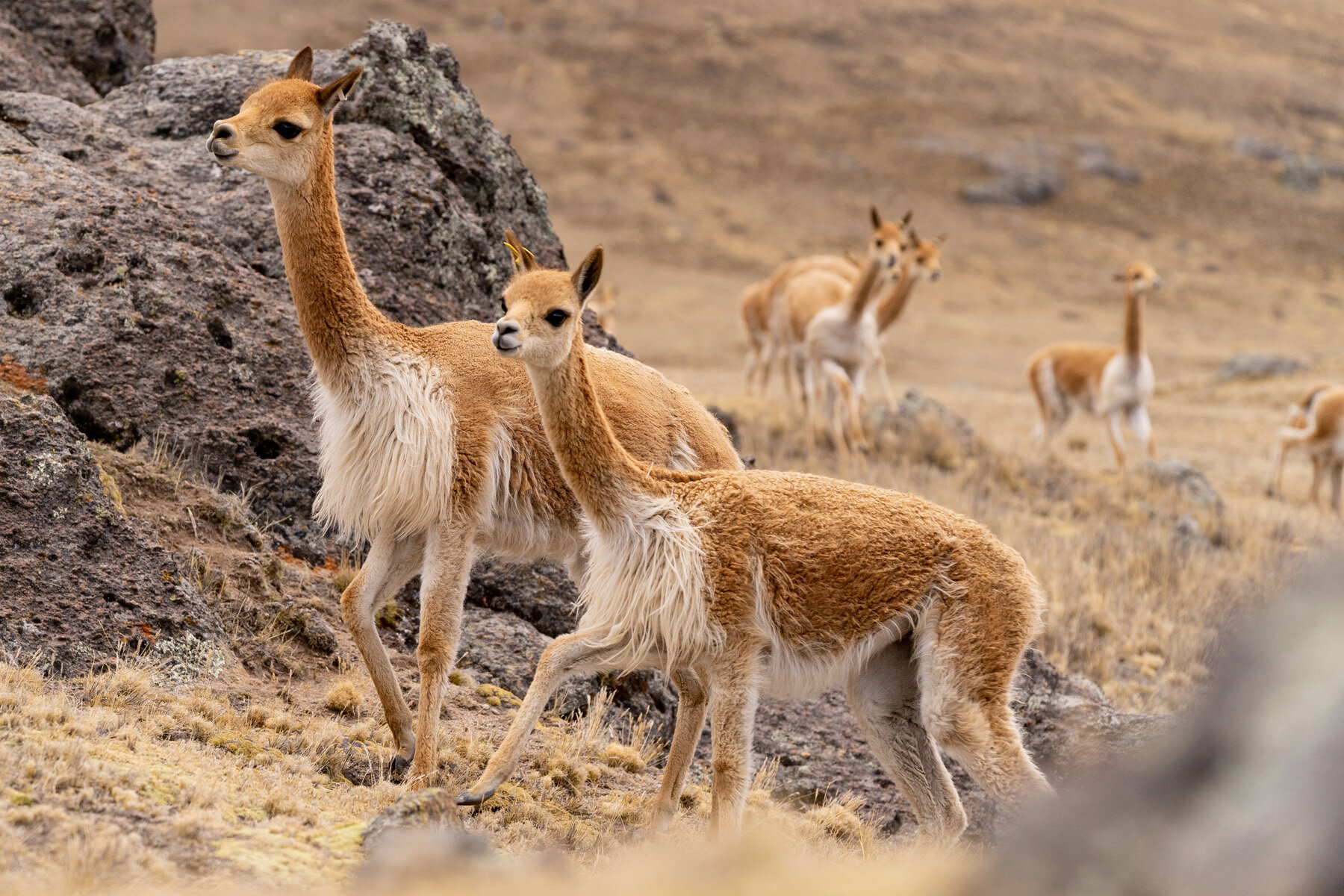
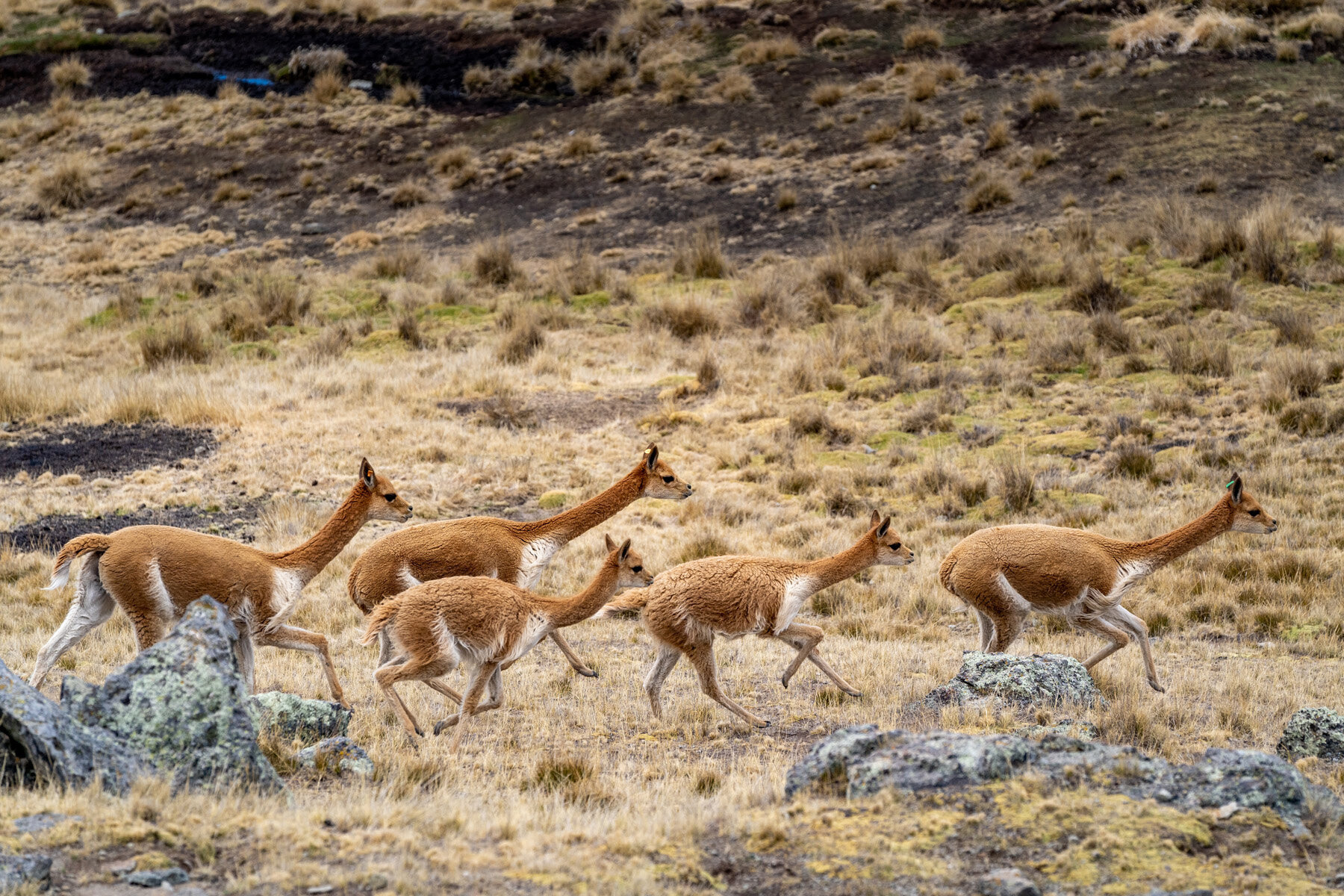
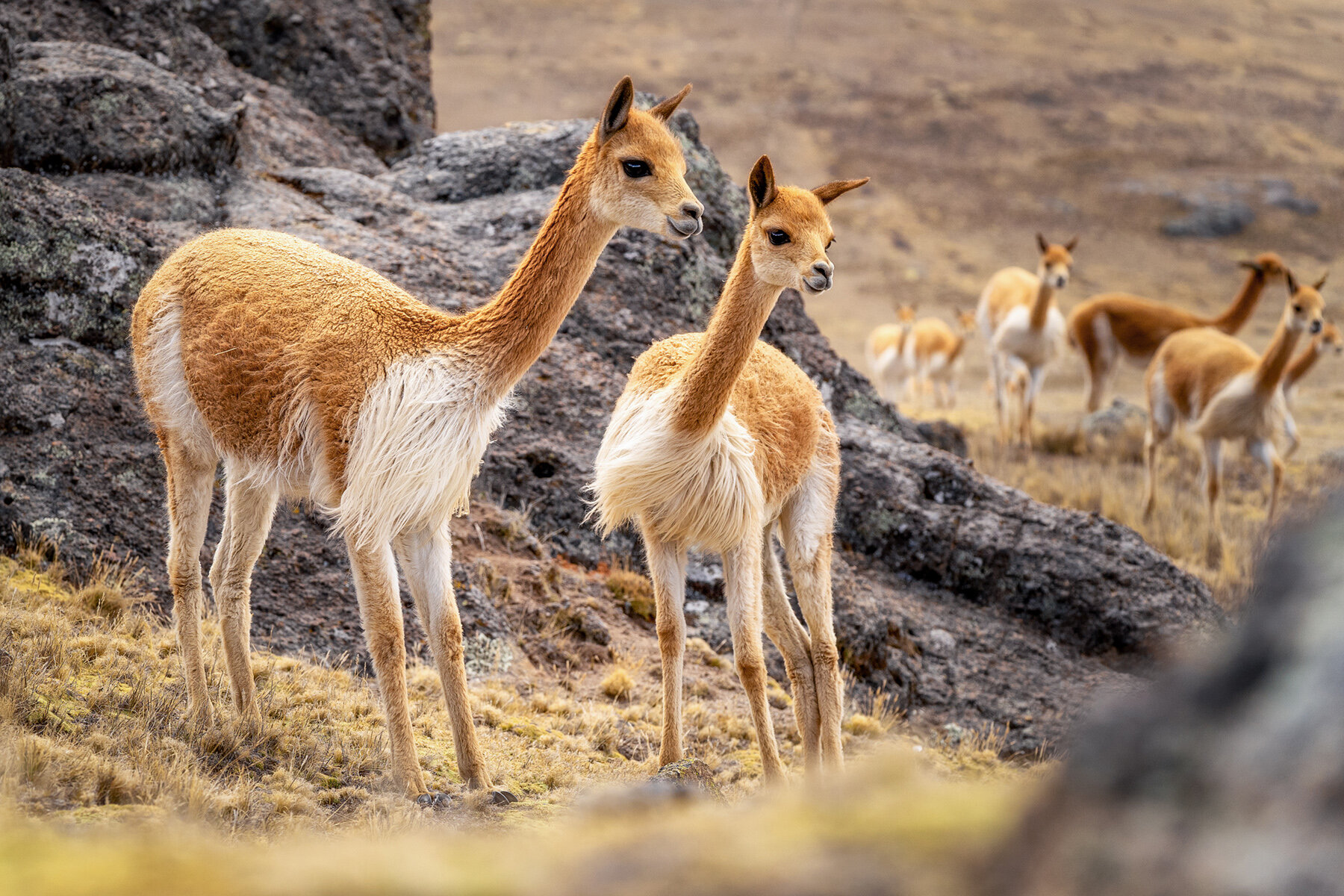
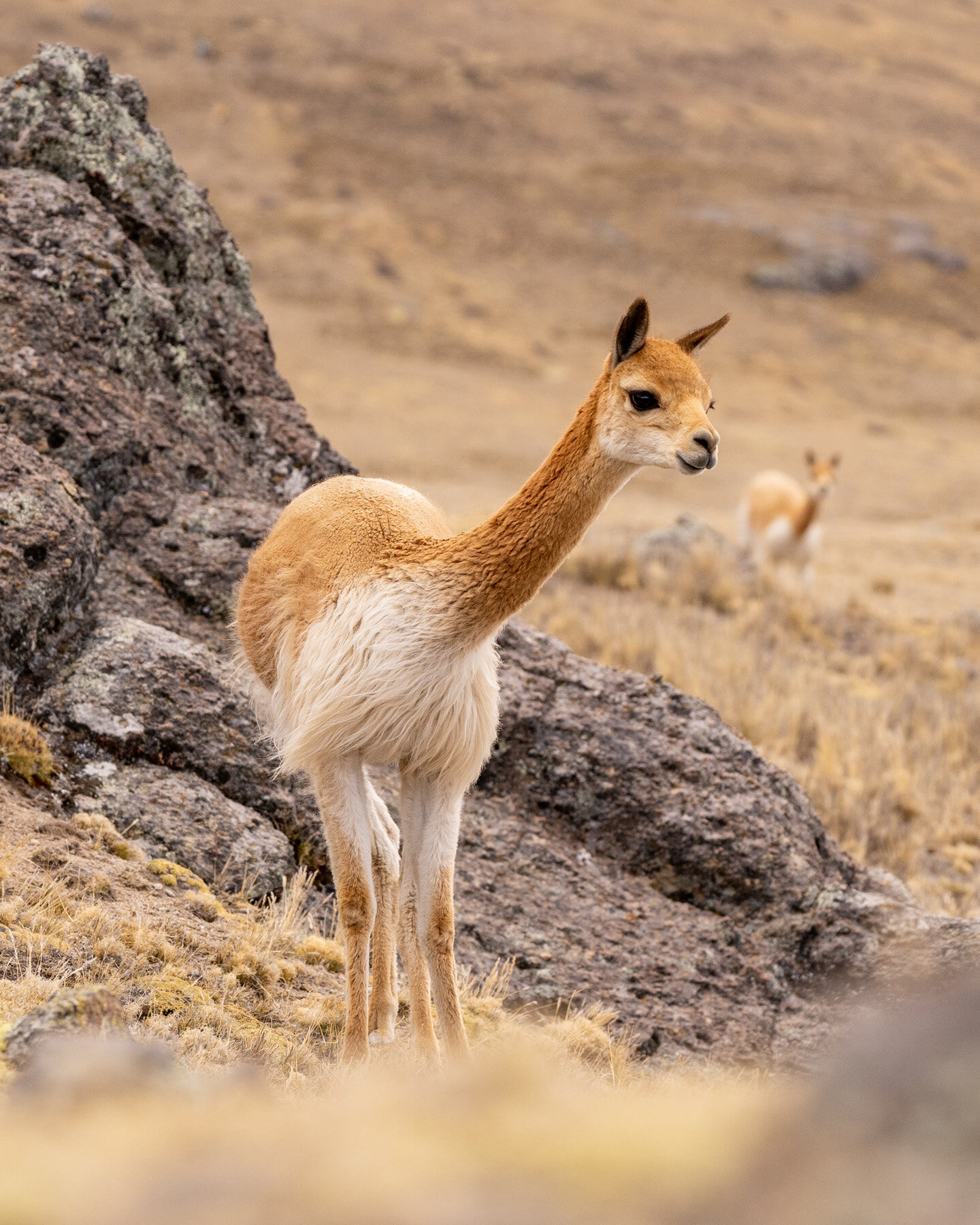
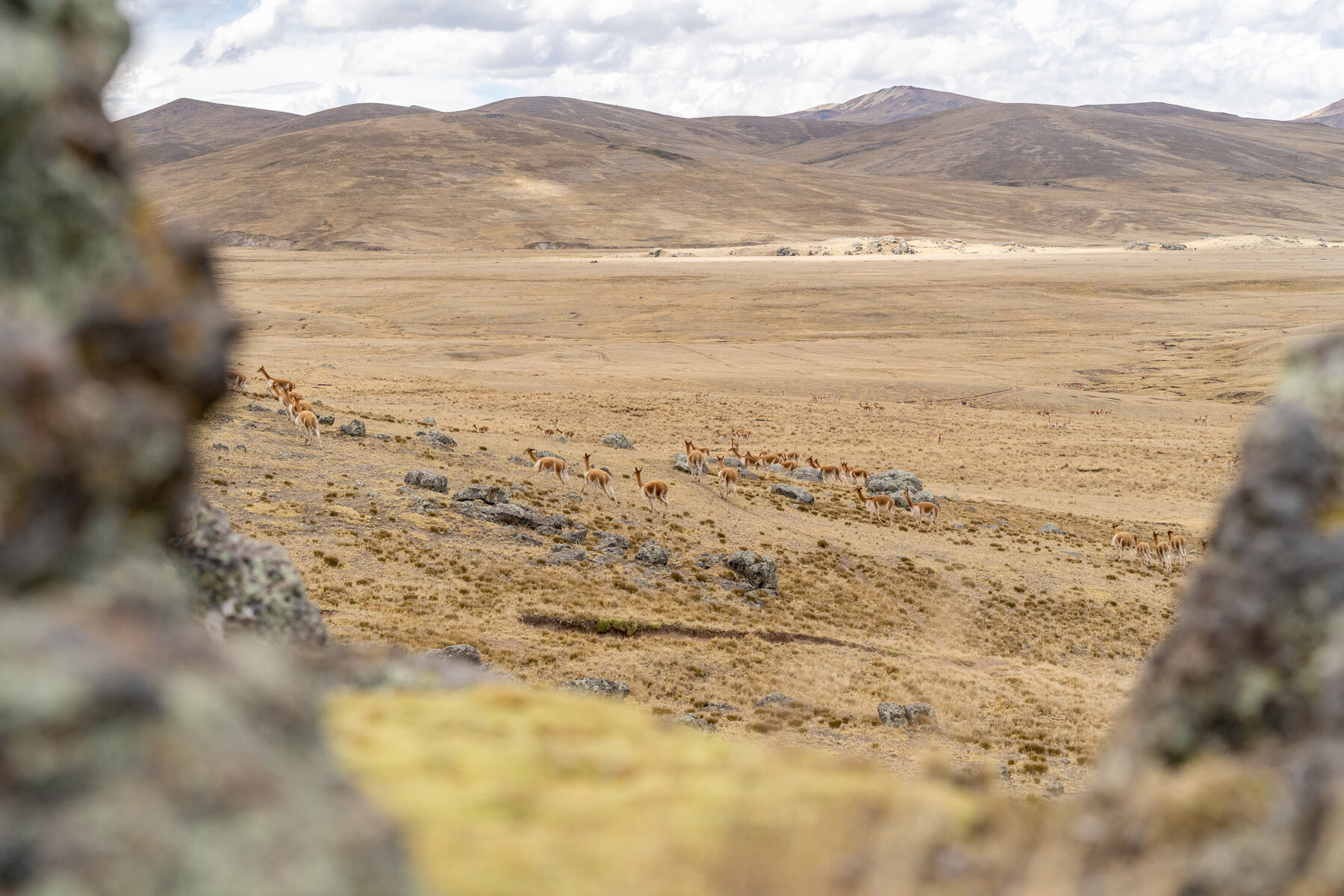

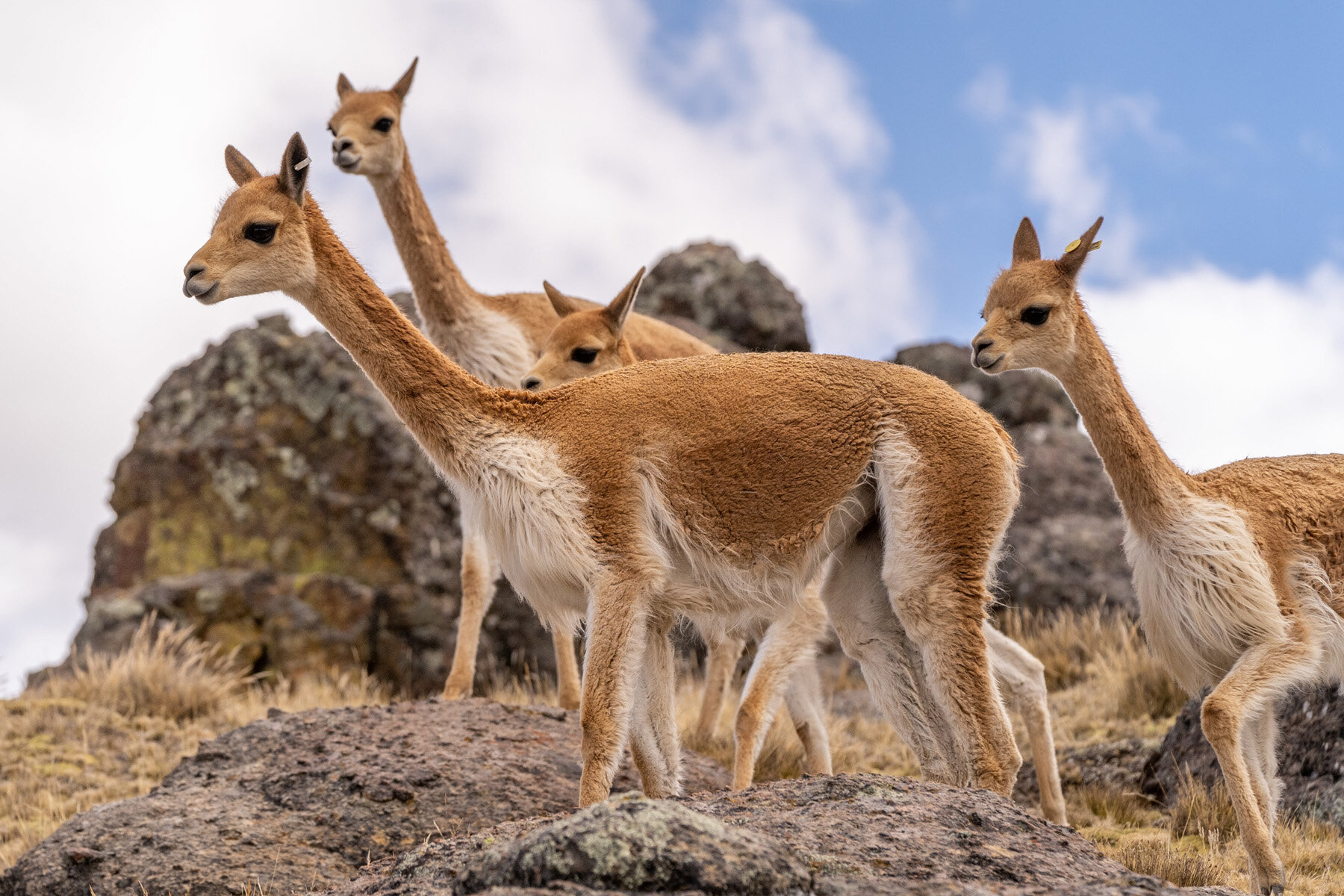
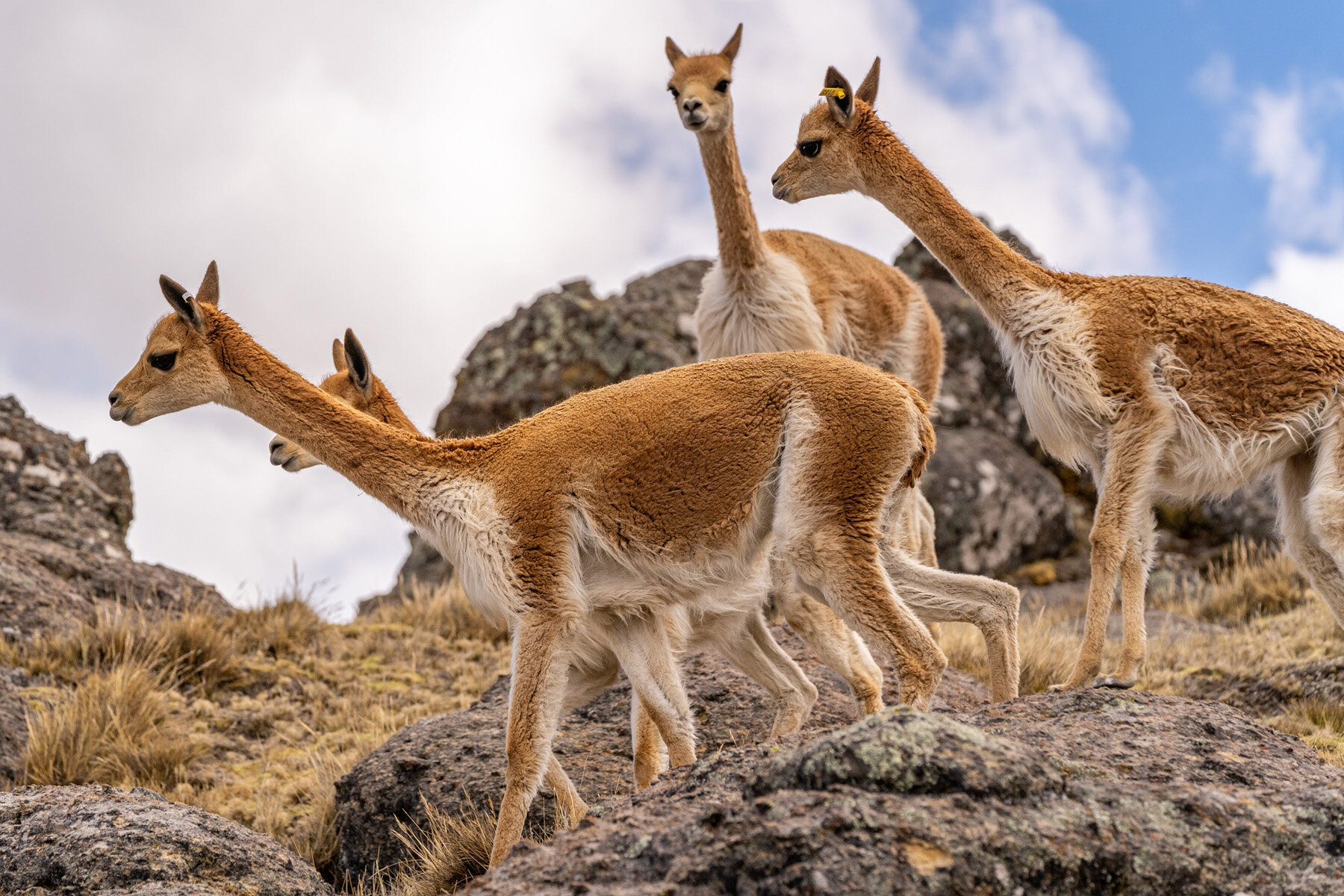
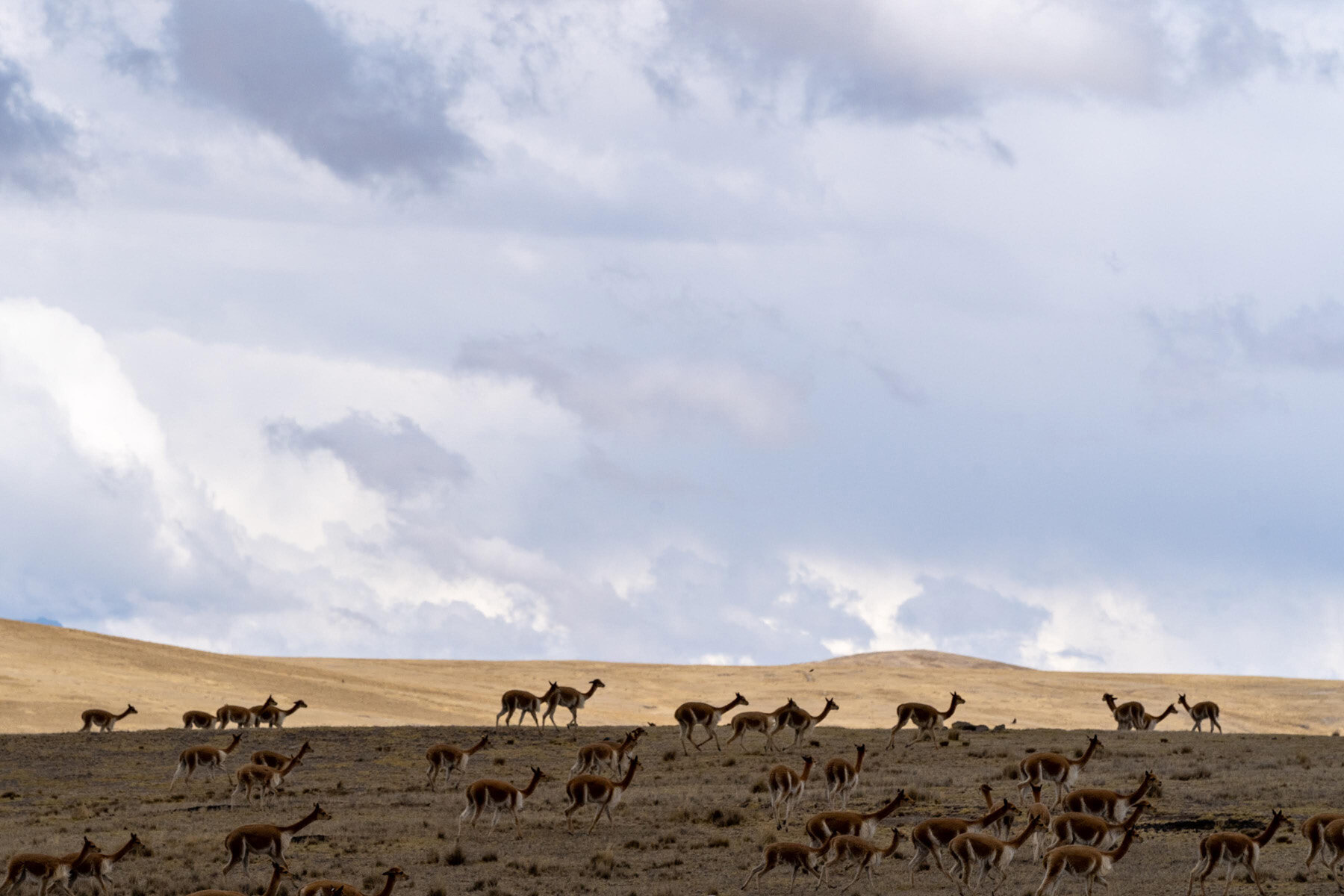
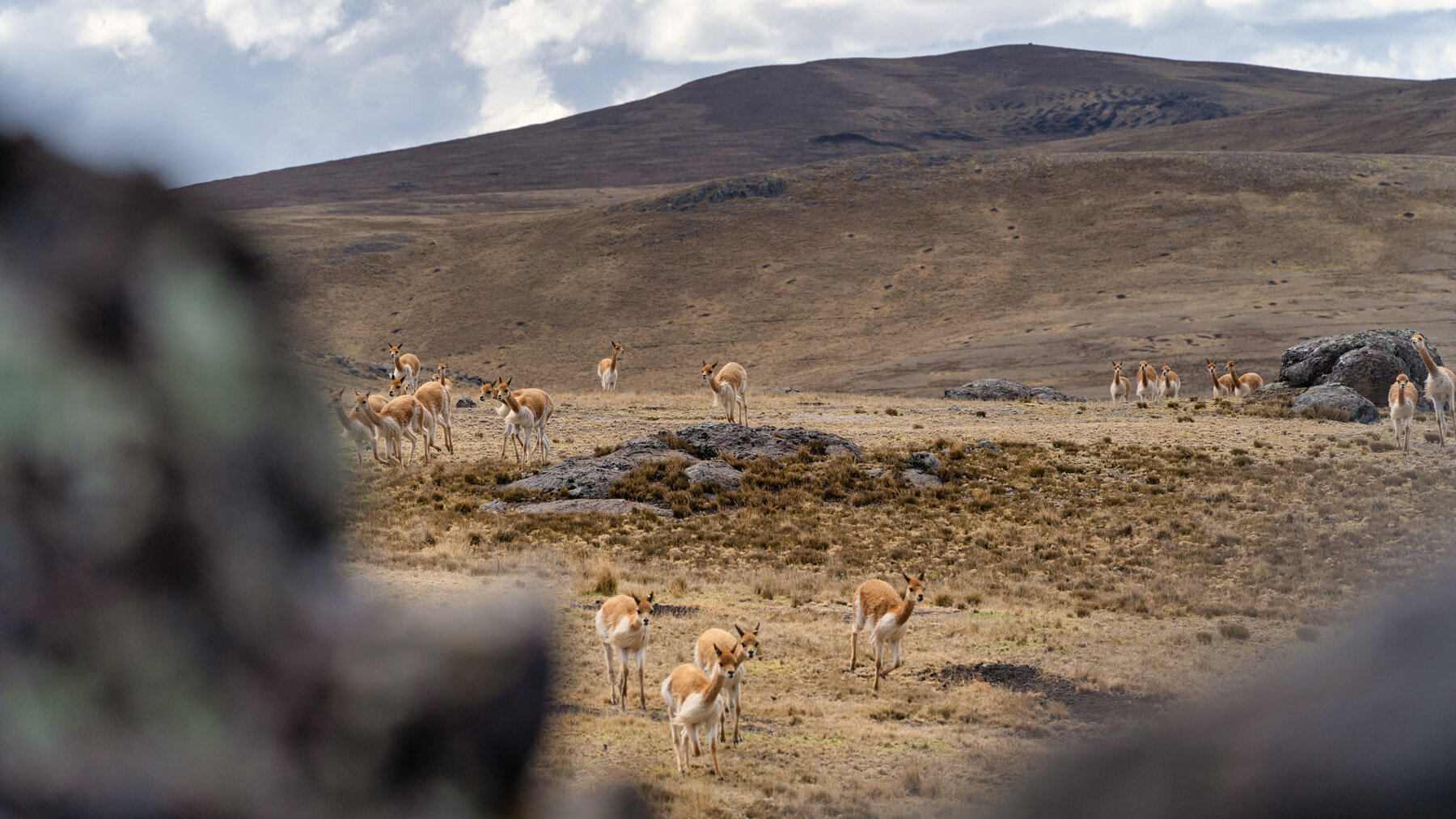
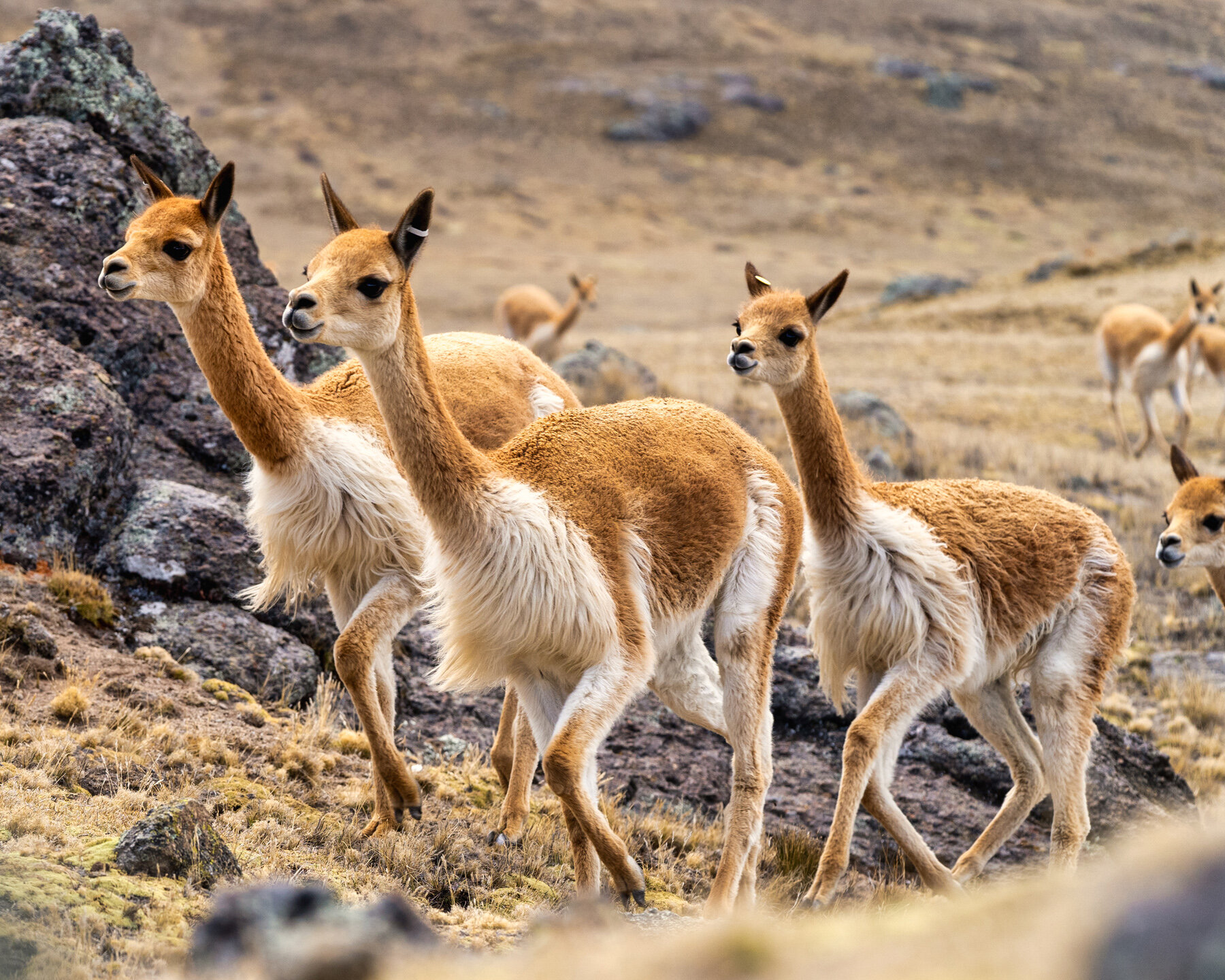
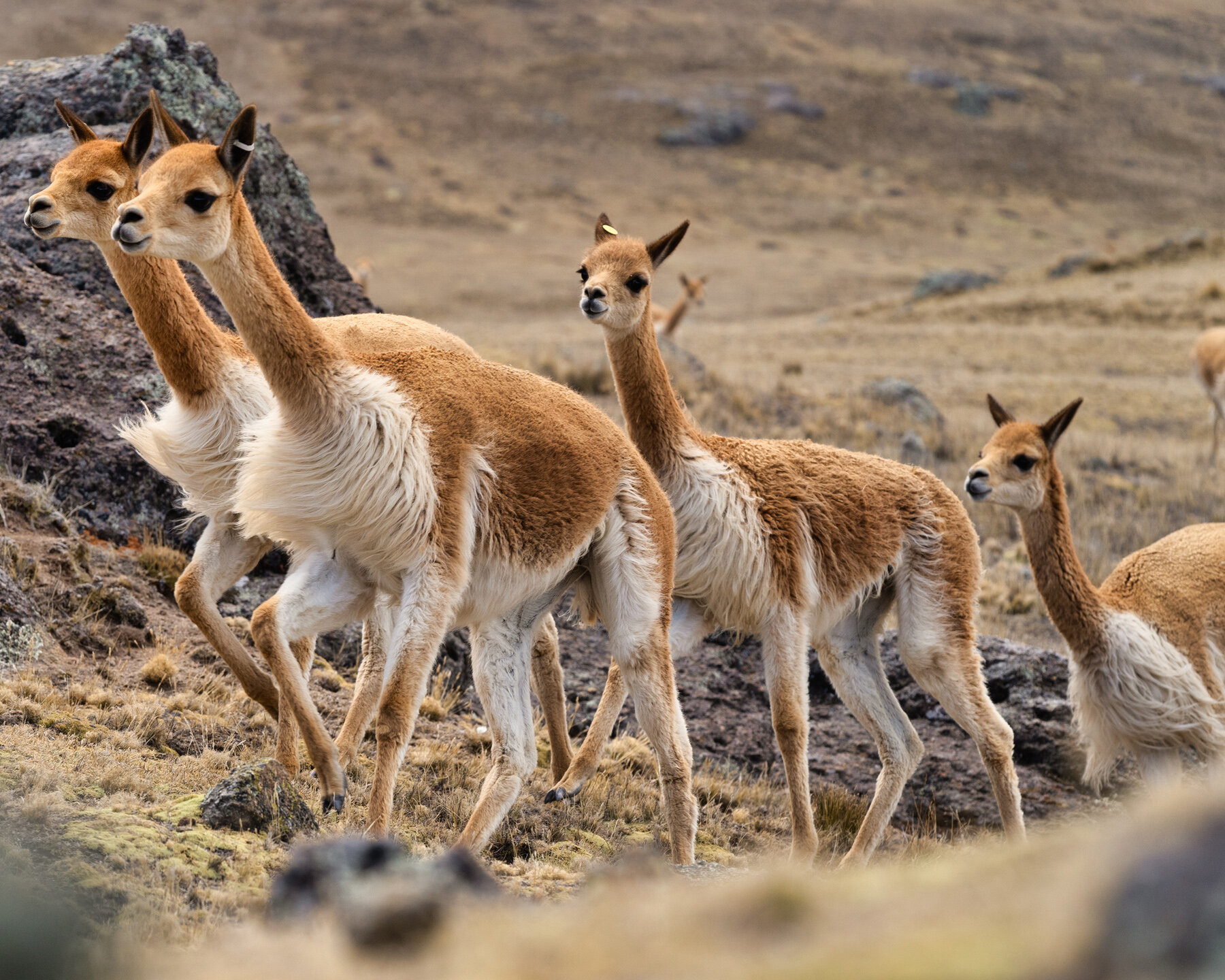
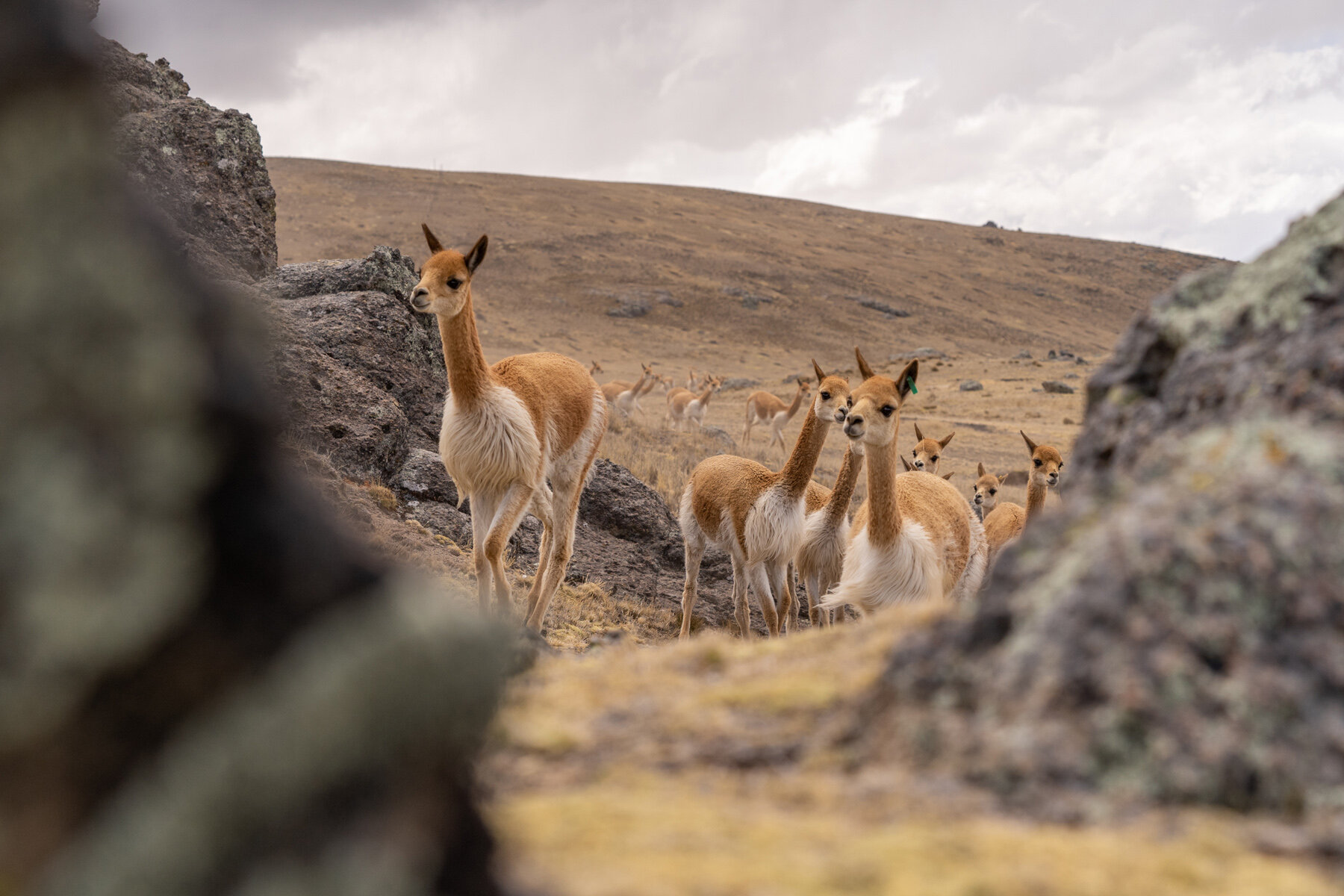
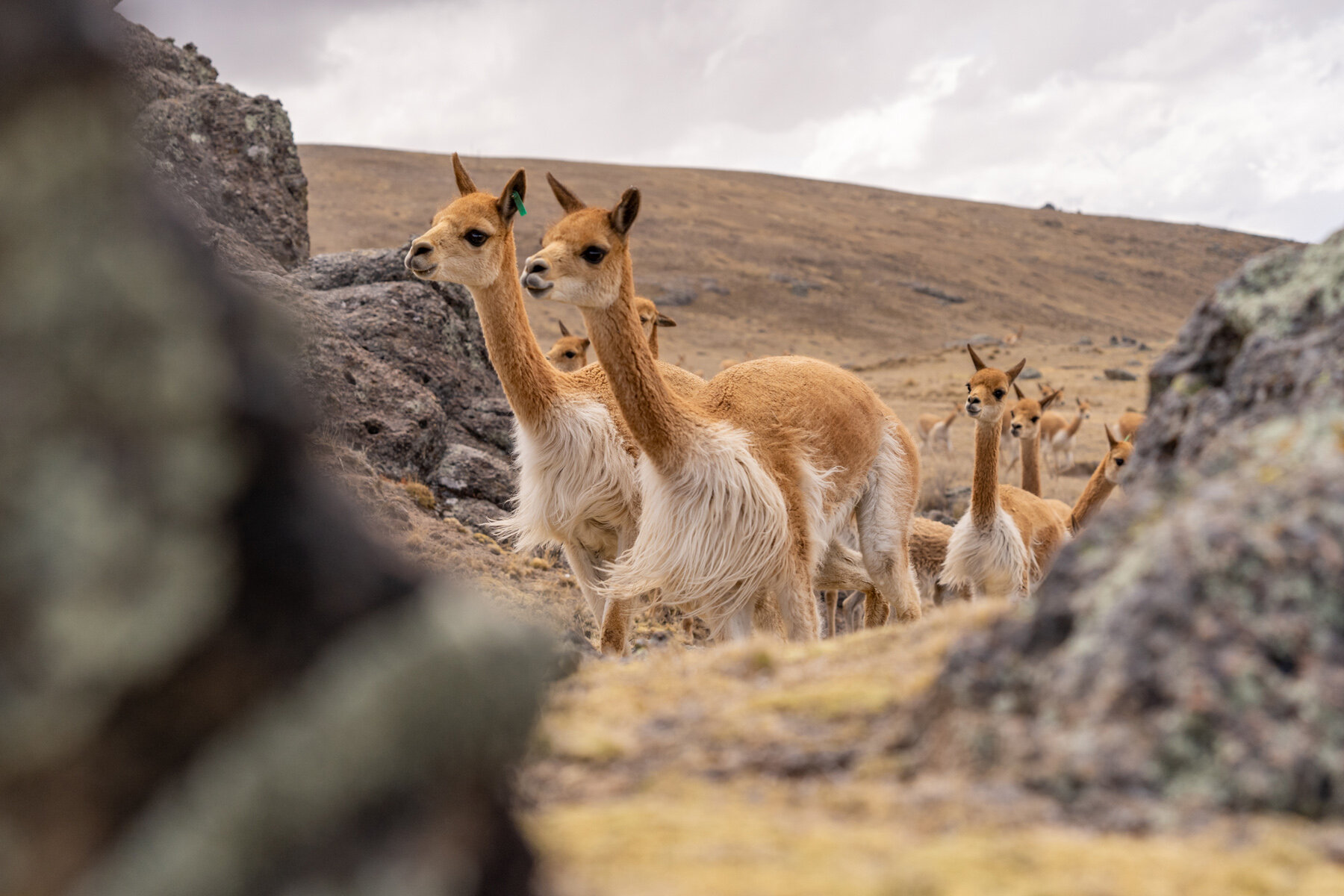
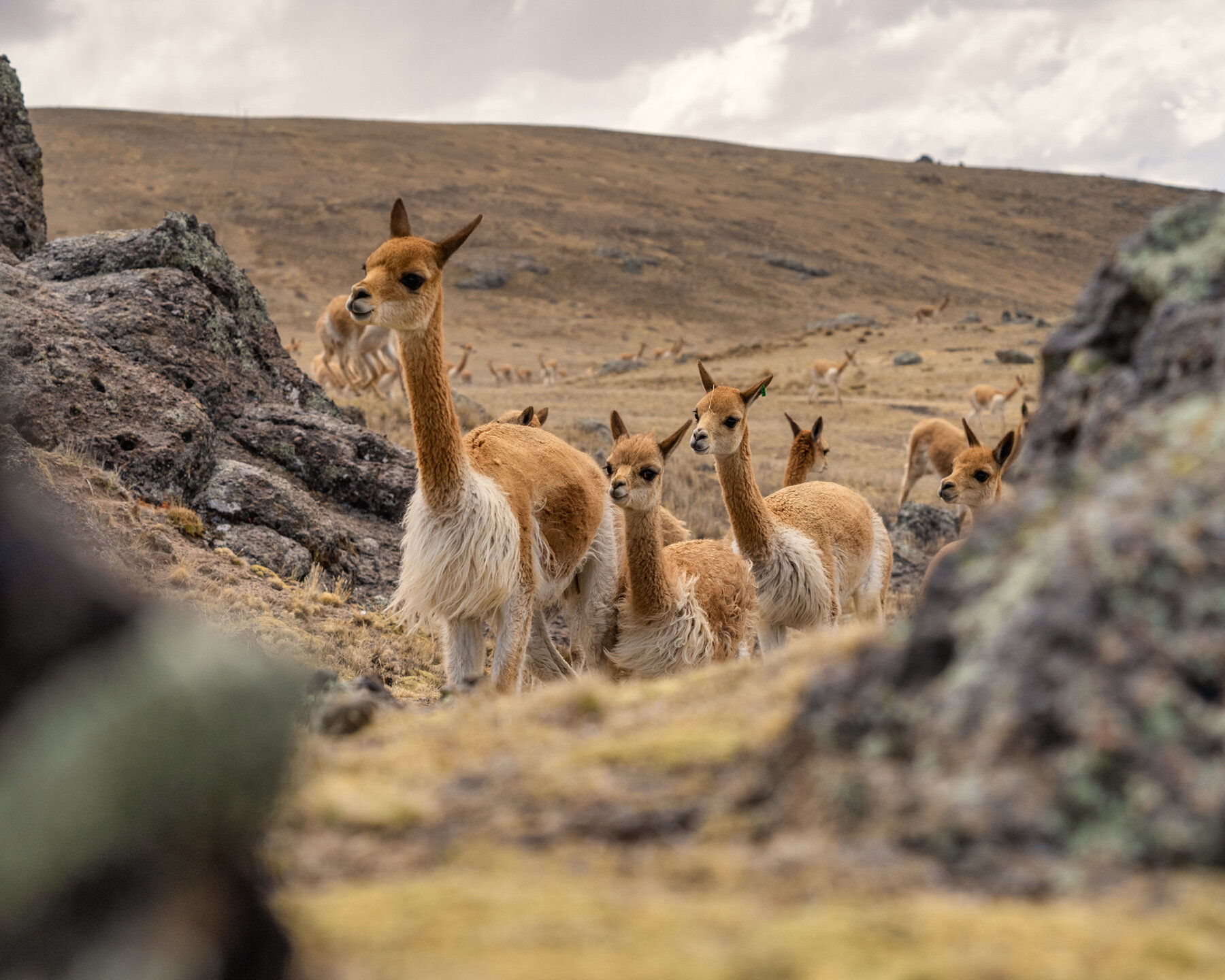

If I hadn’t known that they would all be released within a few hours, and that this has been done for hundreds of years, I may not have taken as well to what seemed like adrenaline-fueled anxiety coursing through their veins.
The corral process was fascinating and scintillating. Perhaps accentuated by the fact that I was pushed directly into the middle of the dense corral, now filled with thousands of vicuna frantically swirling around me, while I filmed them with a 360 Virtual Reality camera (that VR experience, where you’ll get to stand right where we were, will be coming soon to a headset near you…), simultaneously hiding under the tripod firing away frame after frame with my still camera.
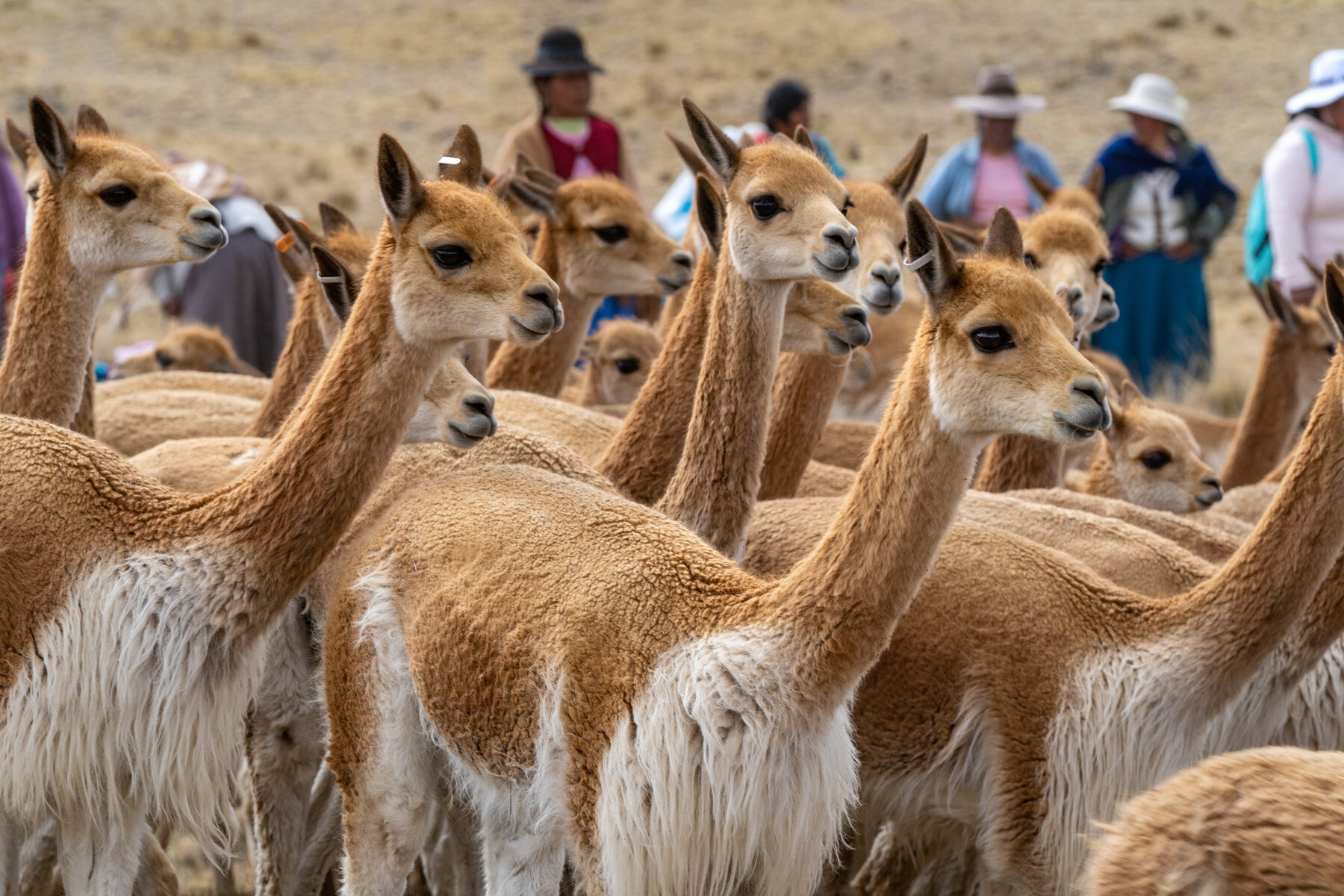
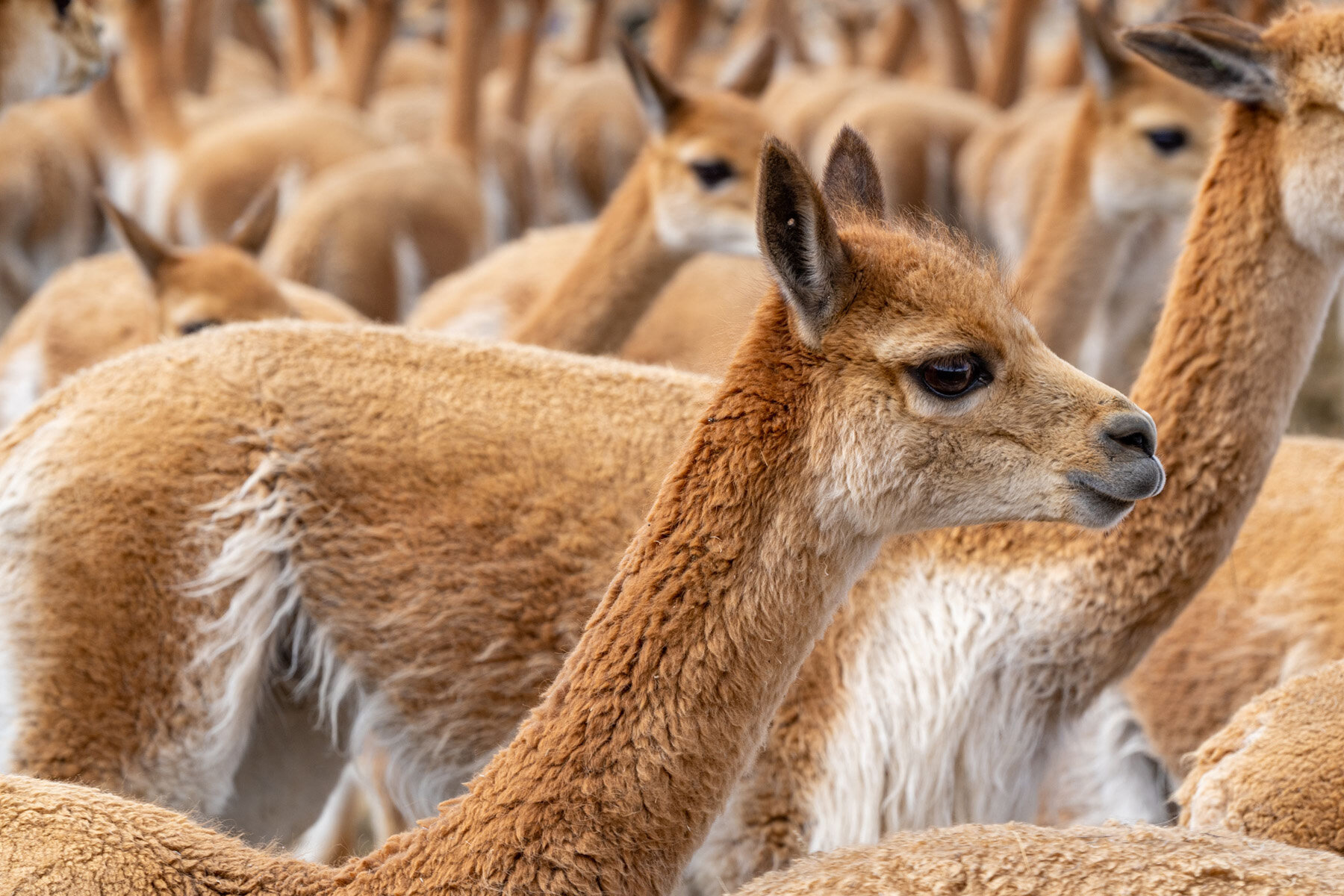
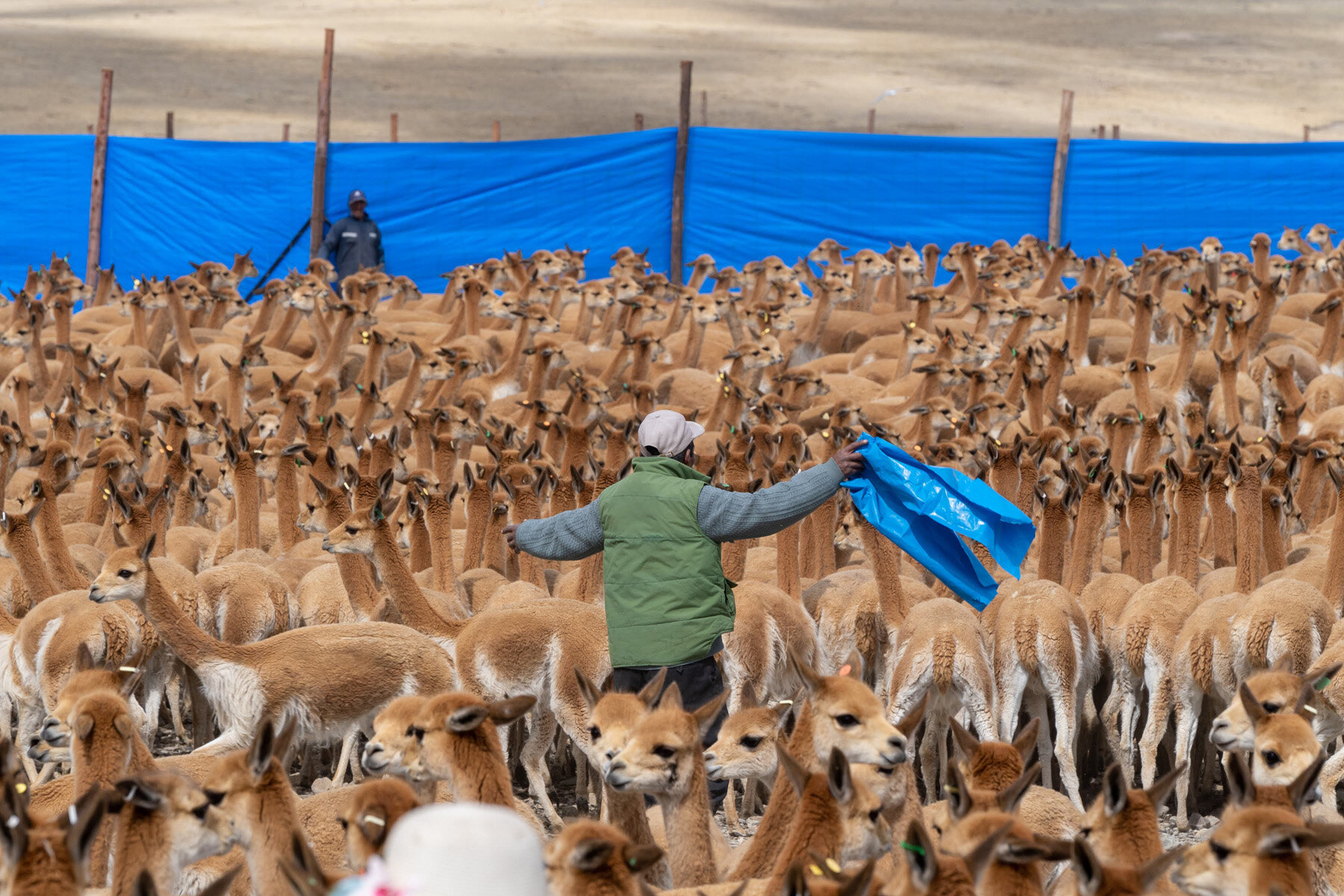

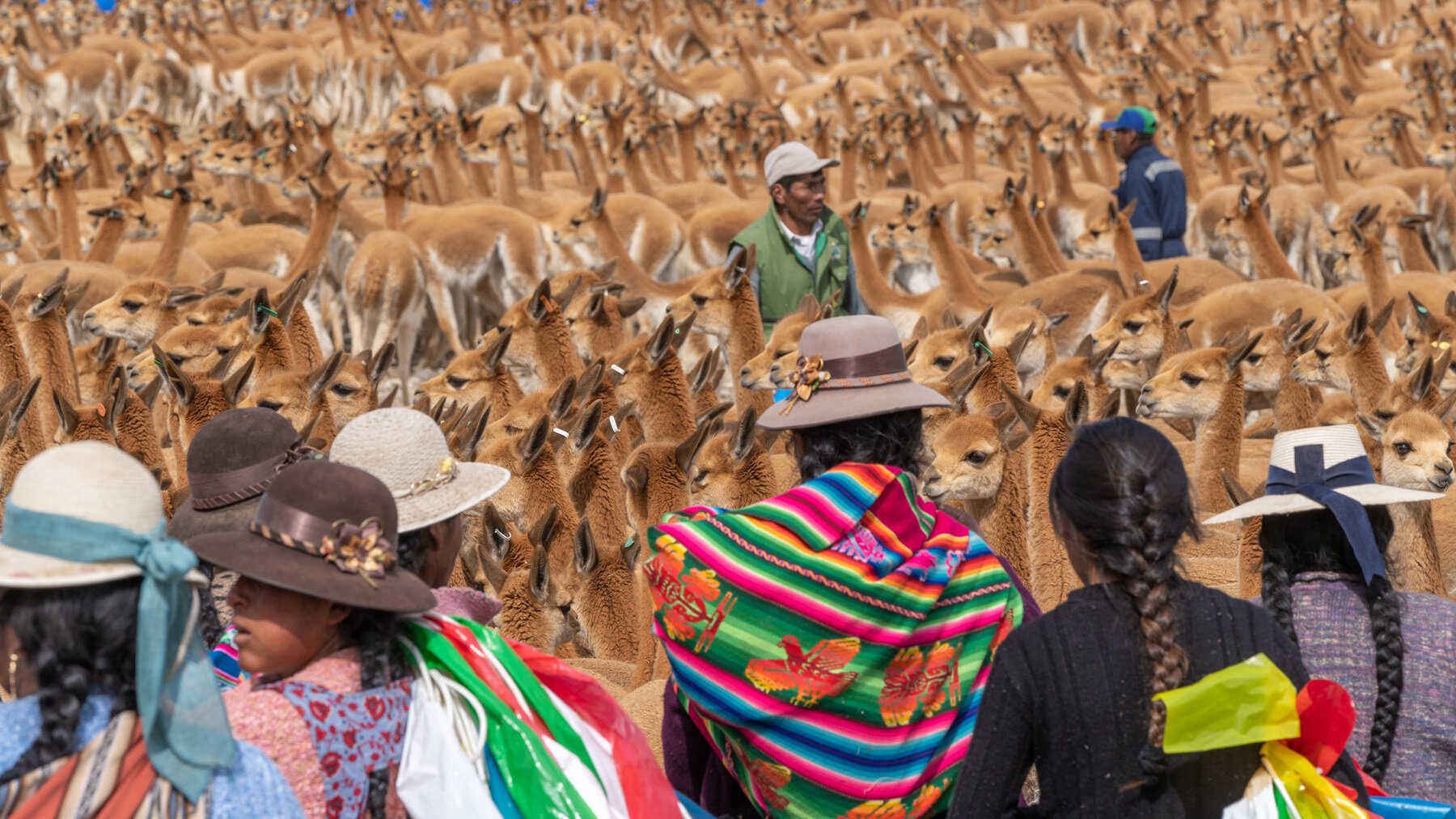
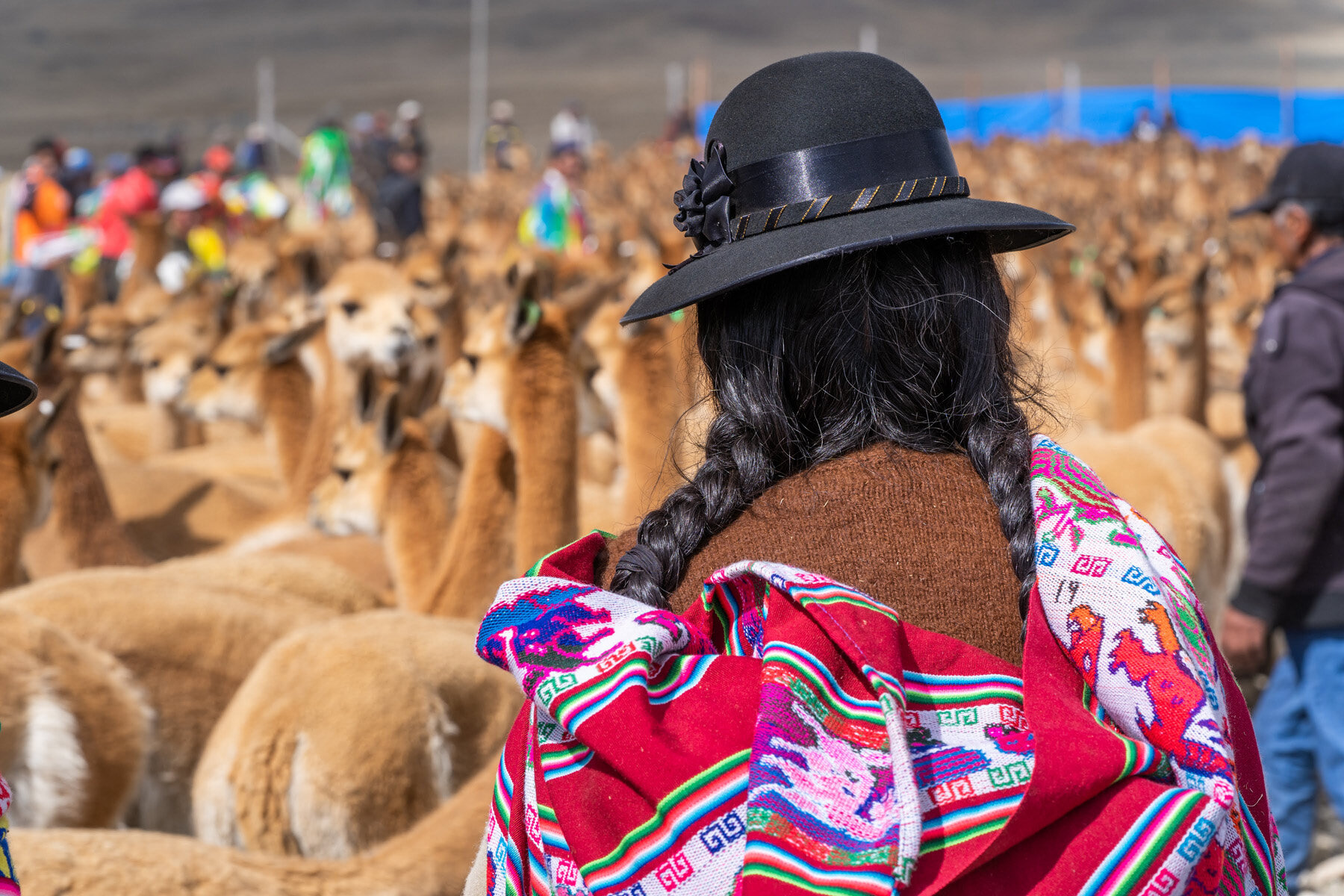
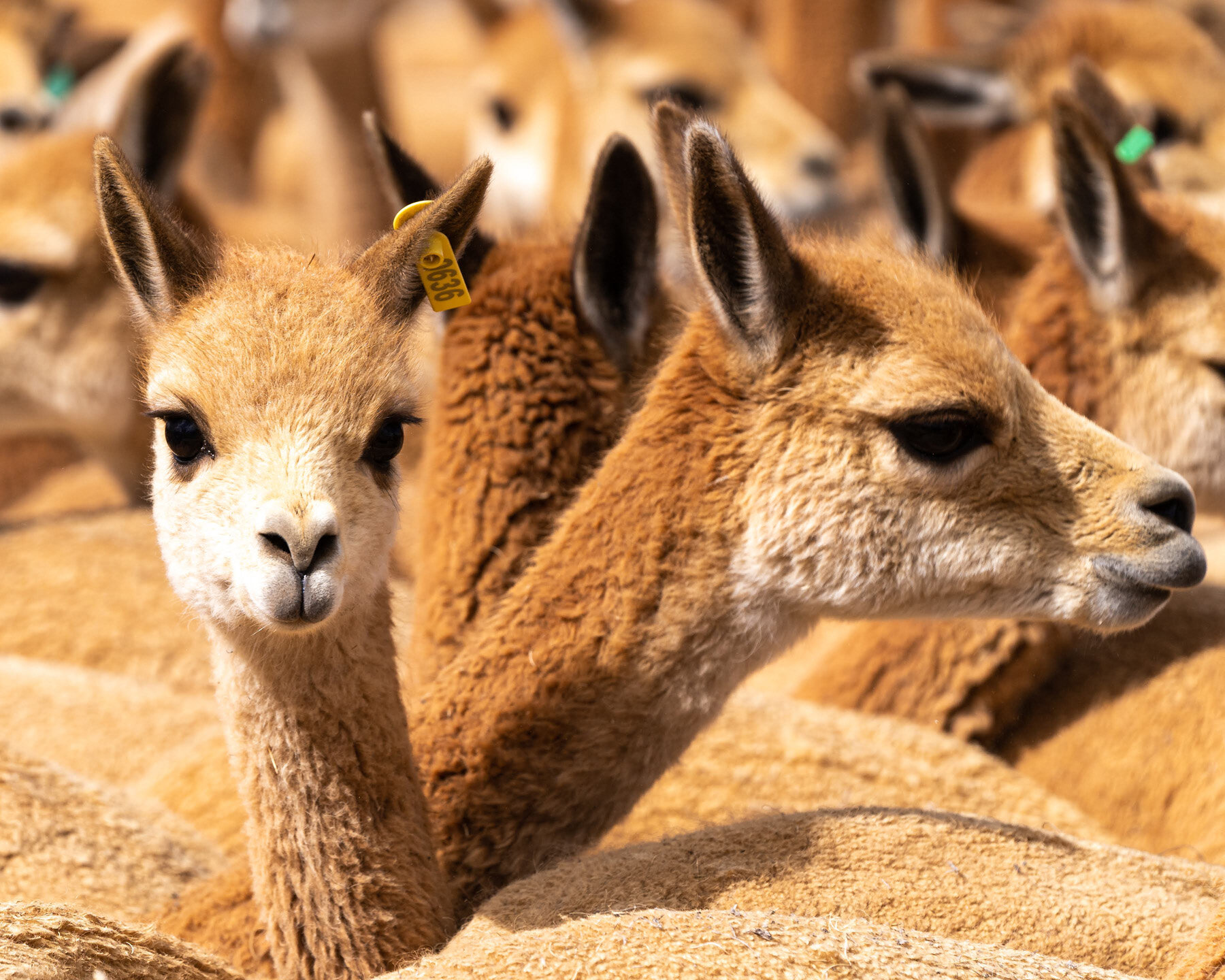
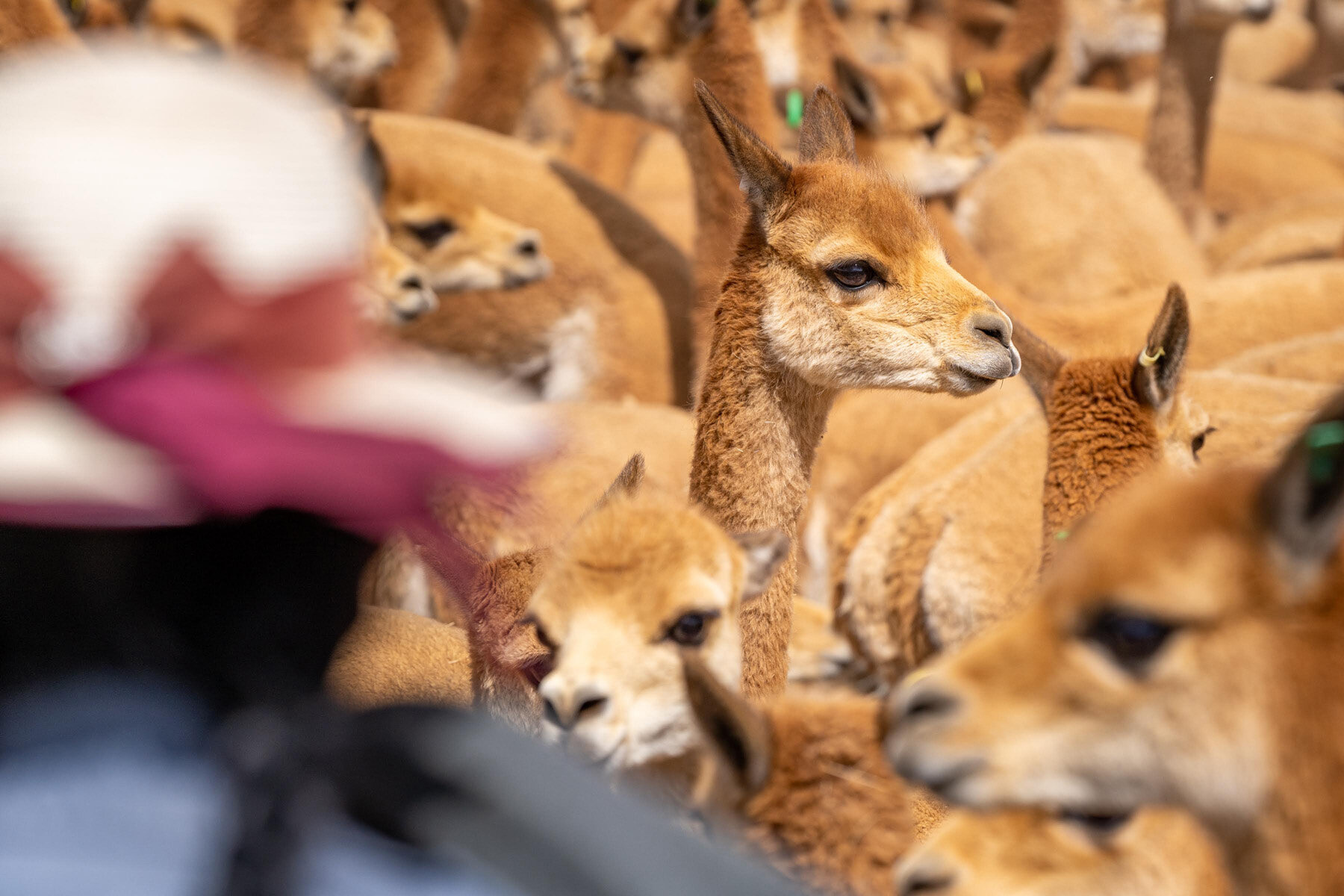
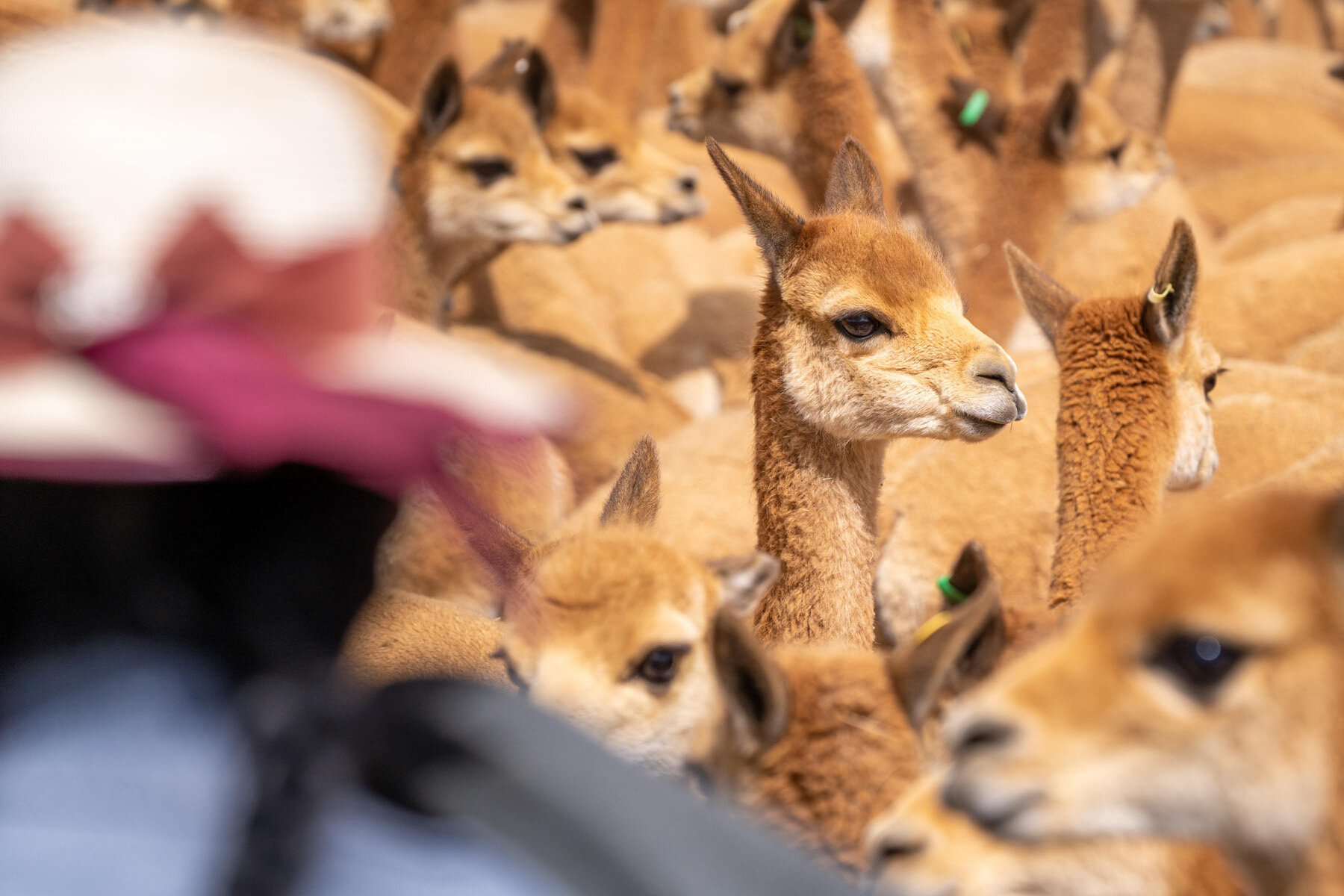
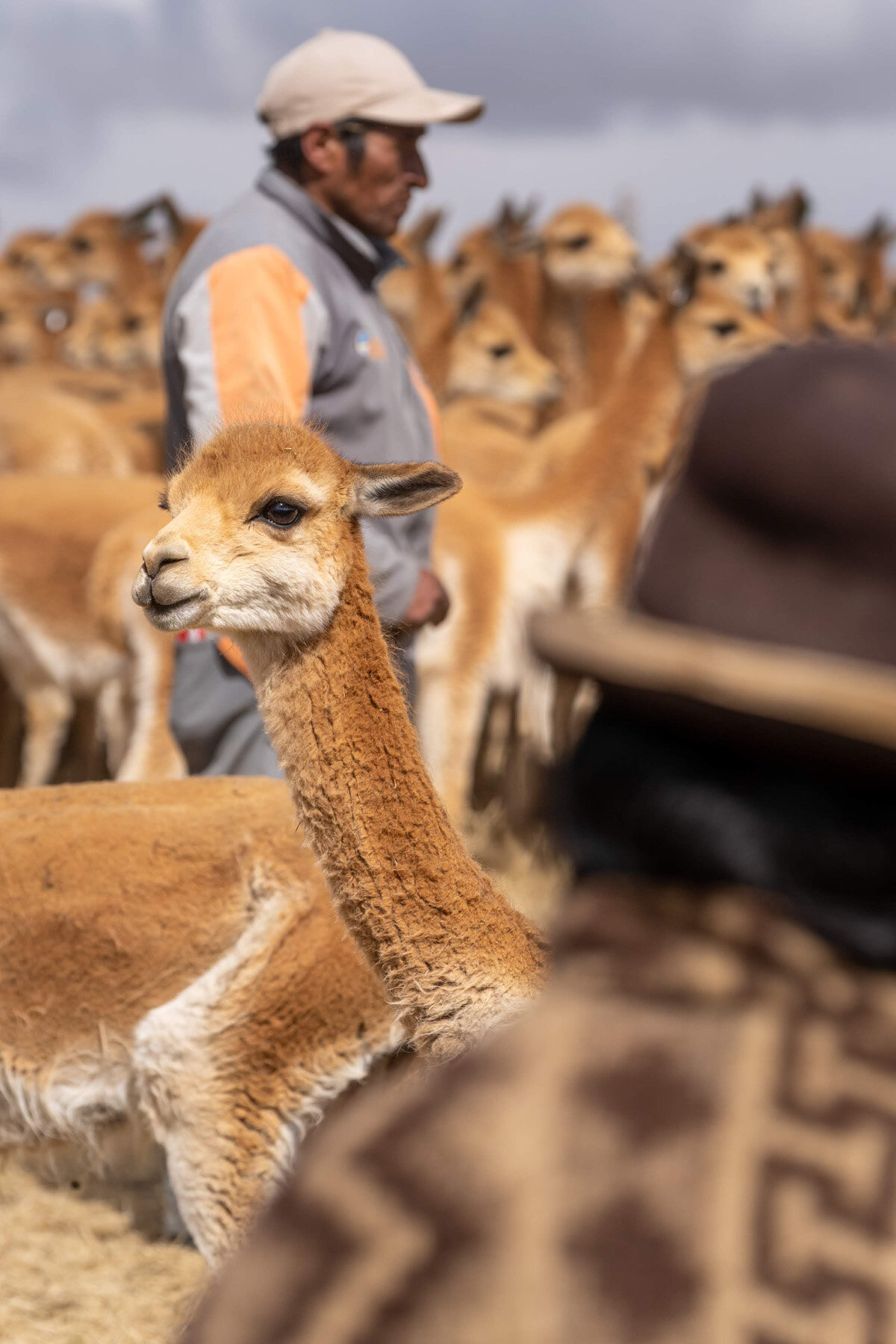
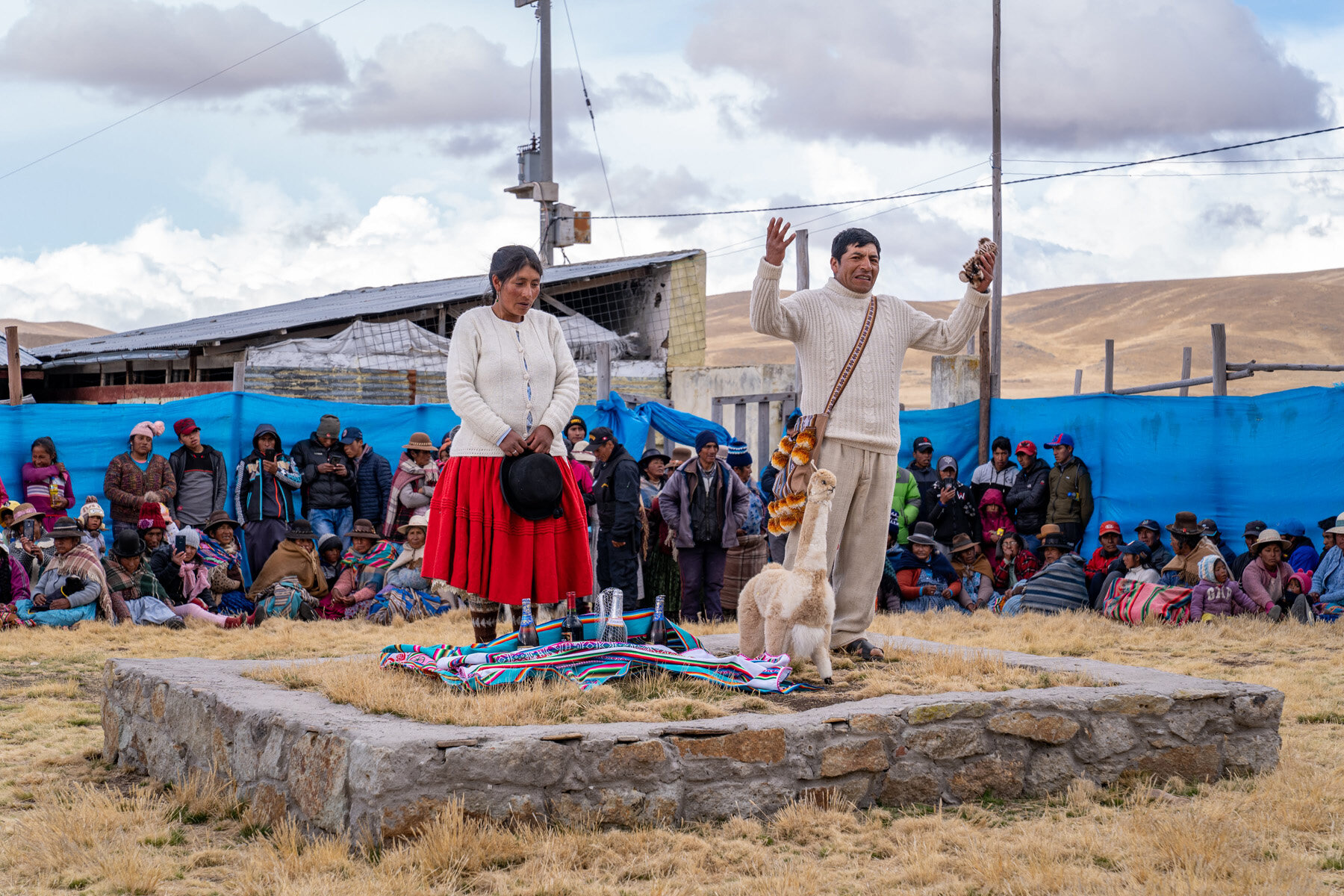
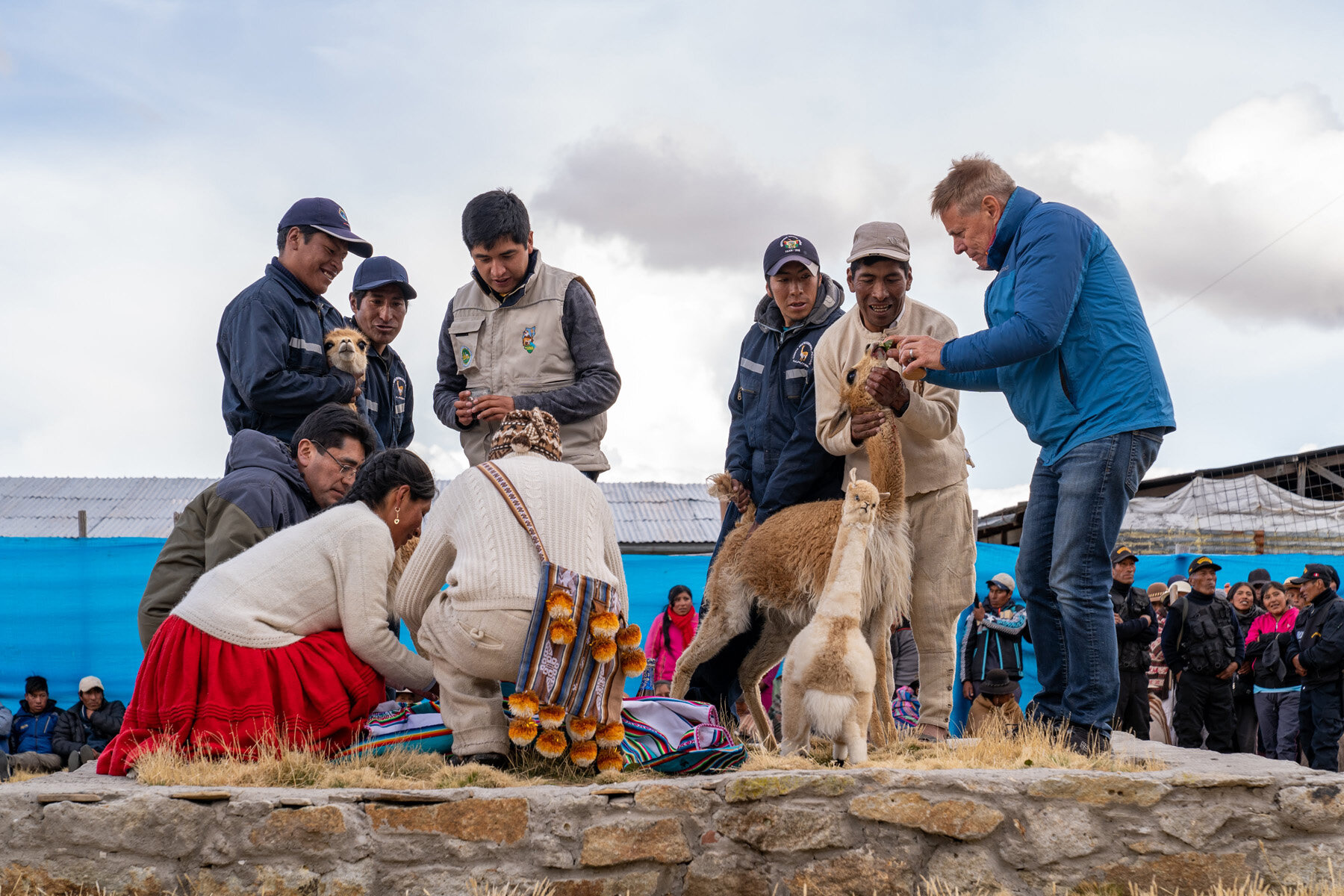
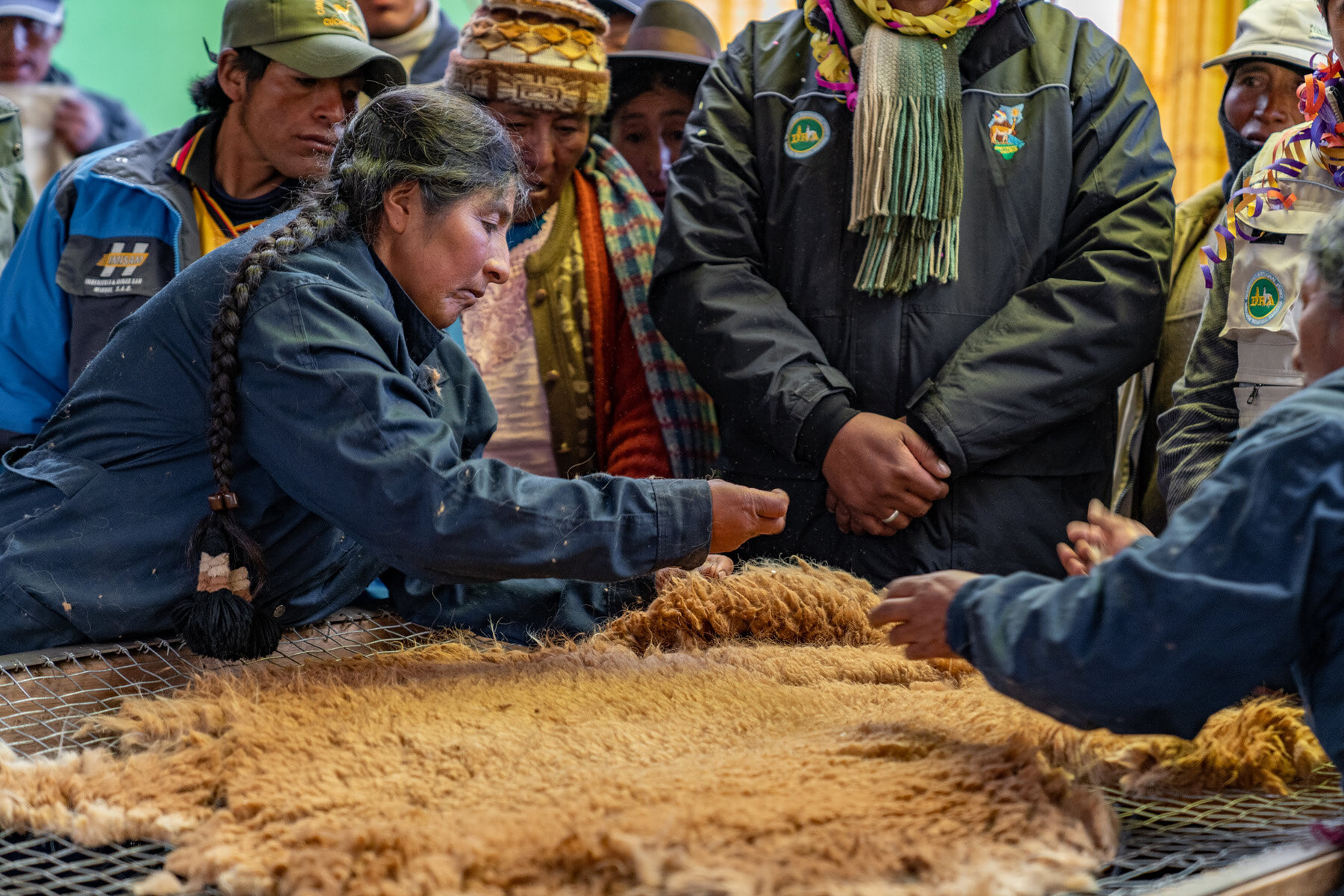
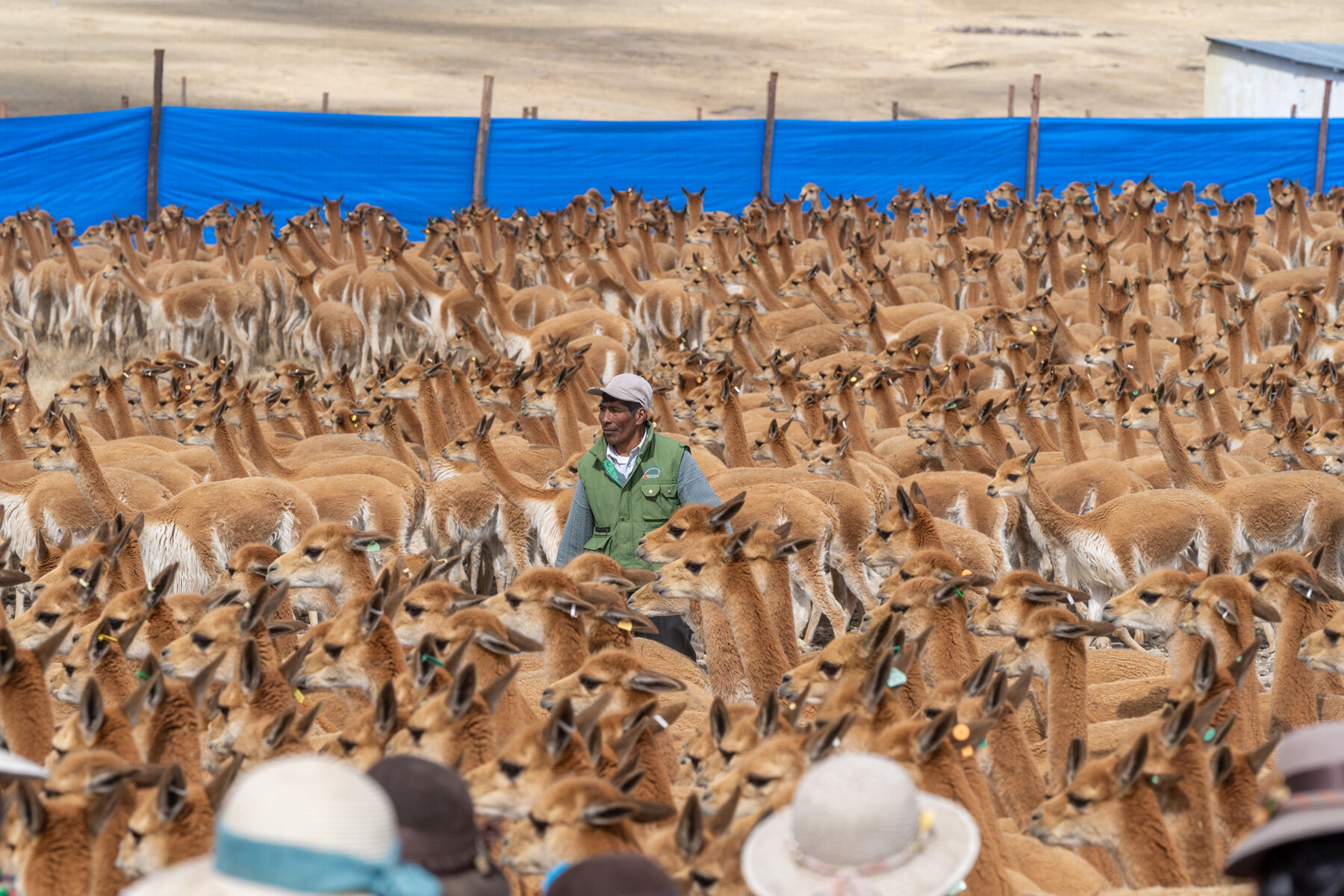
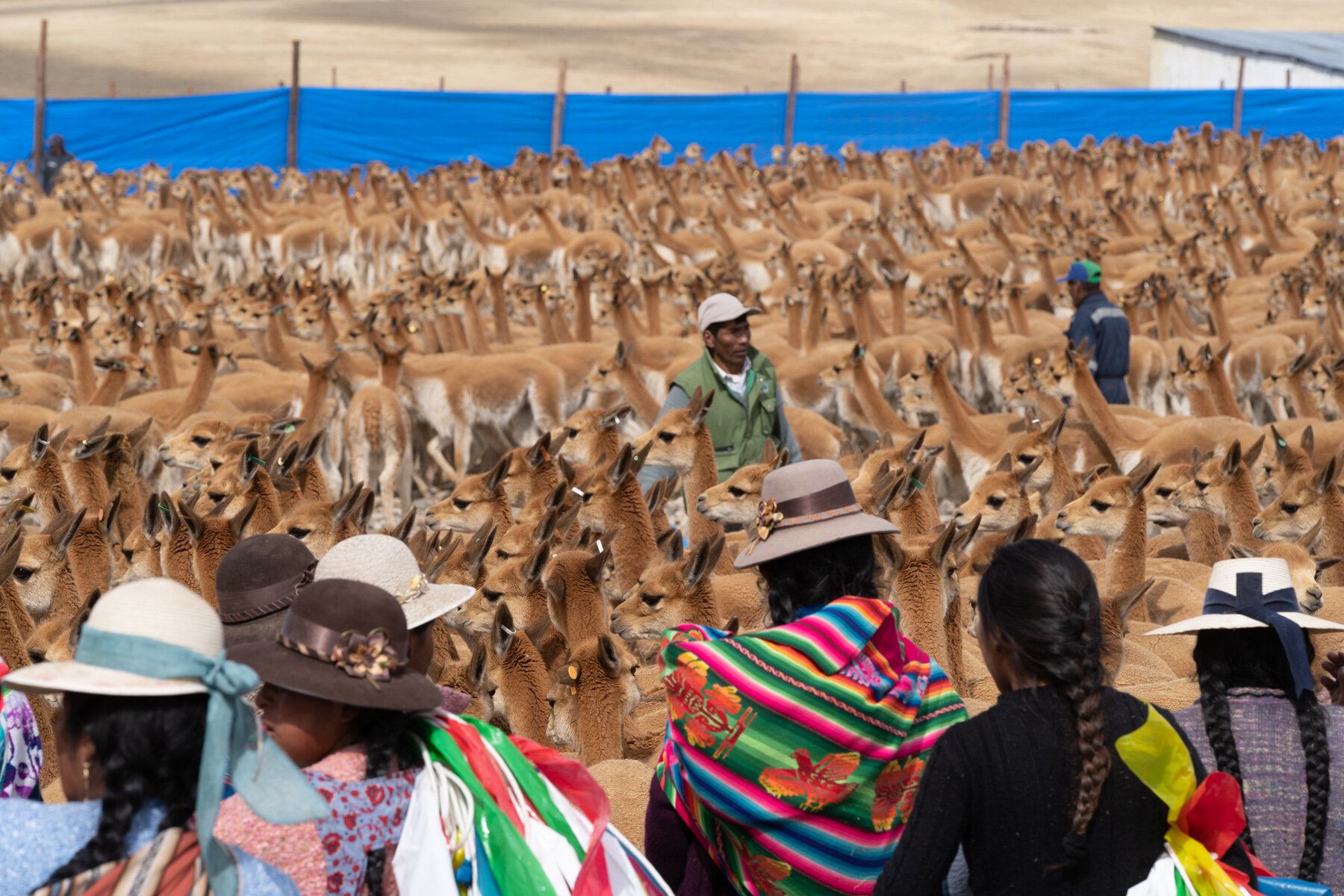
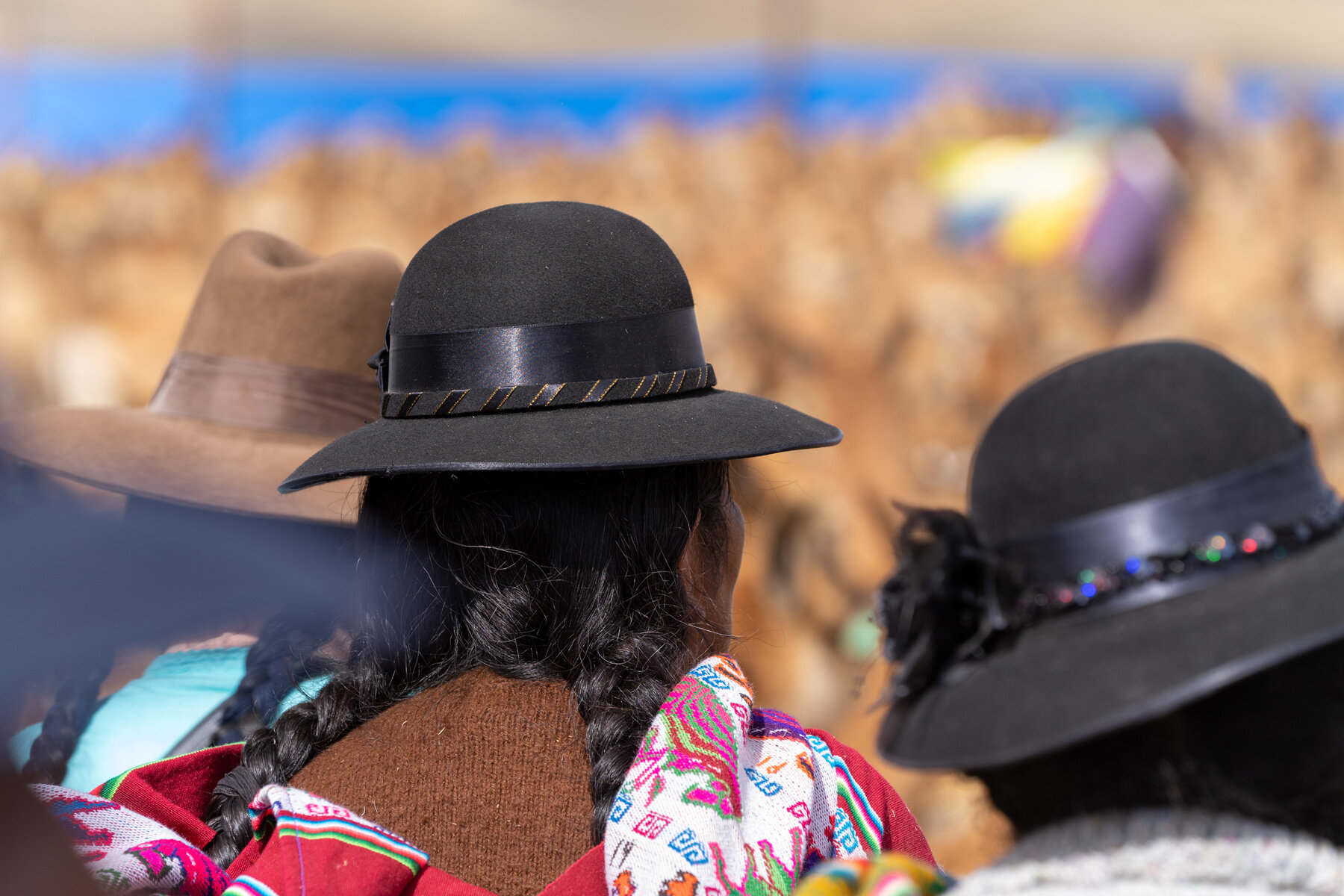
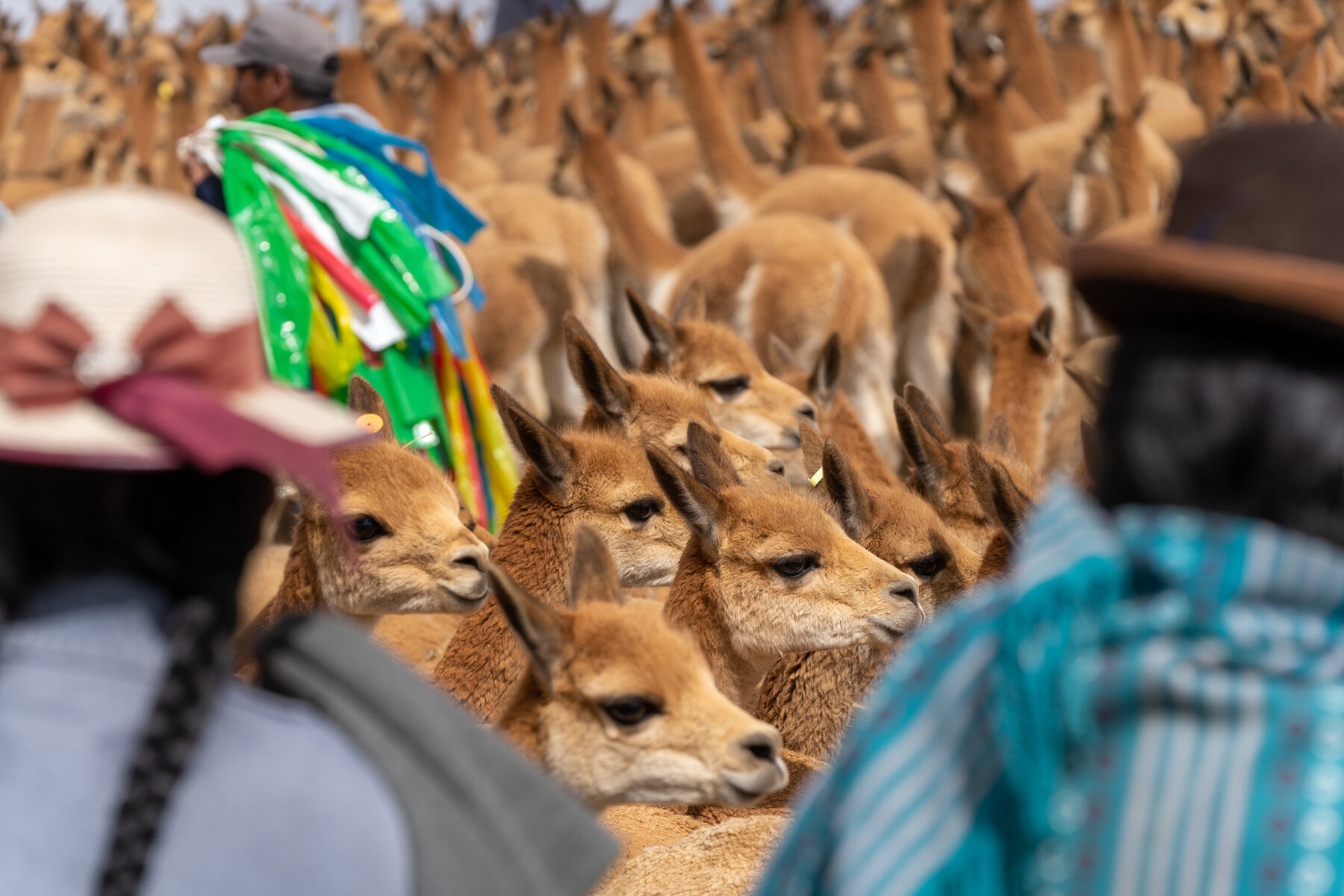
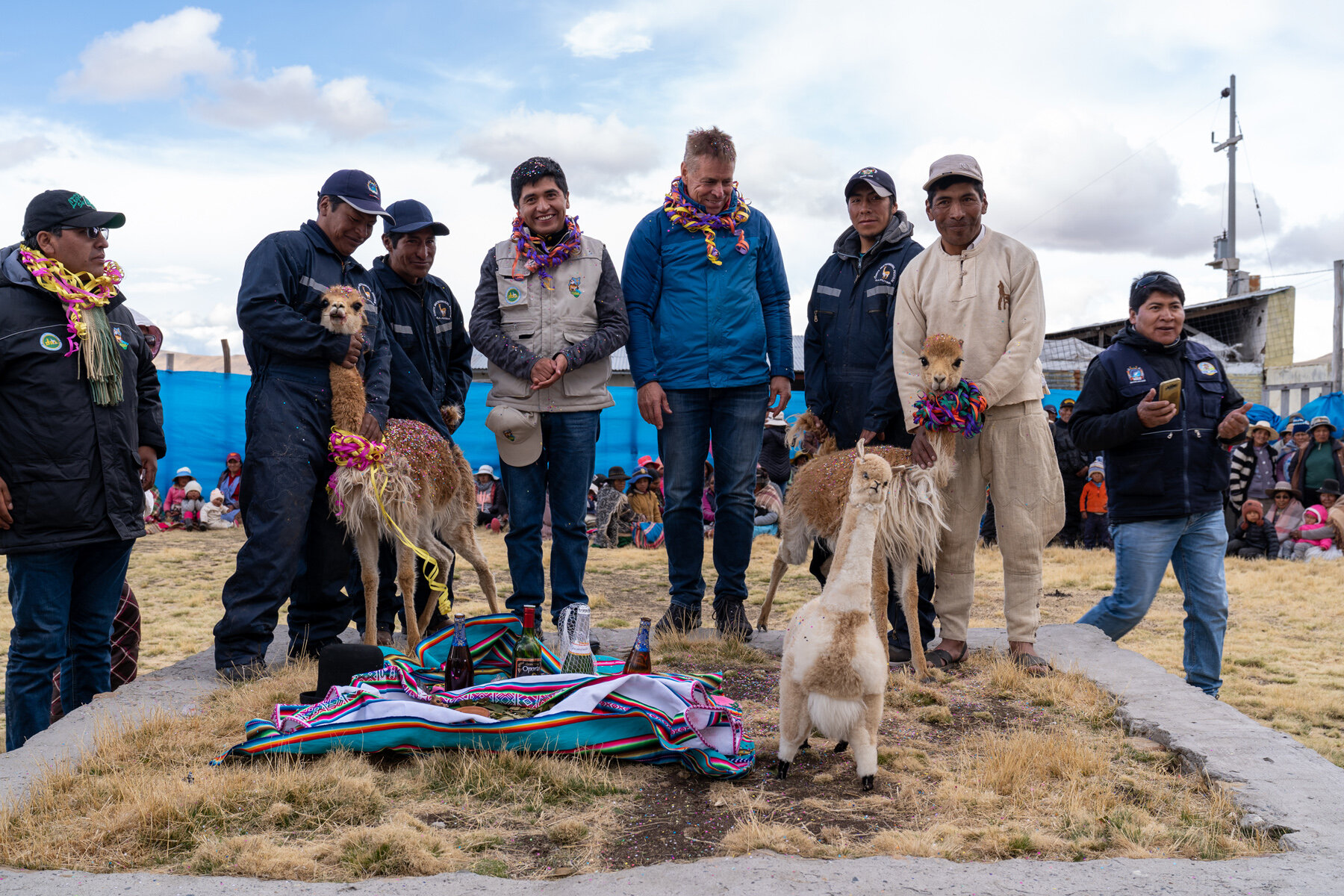
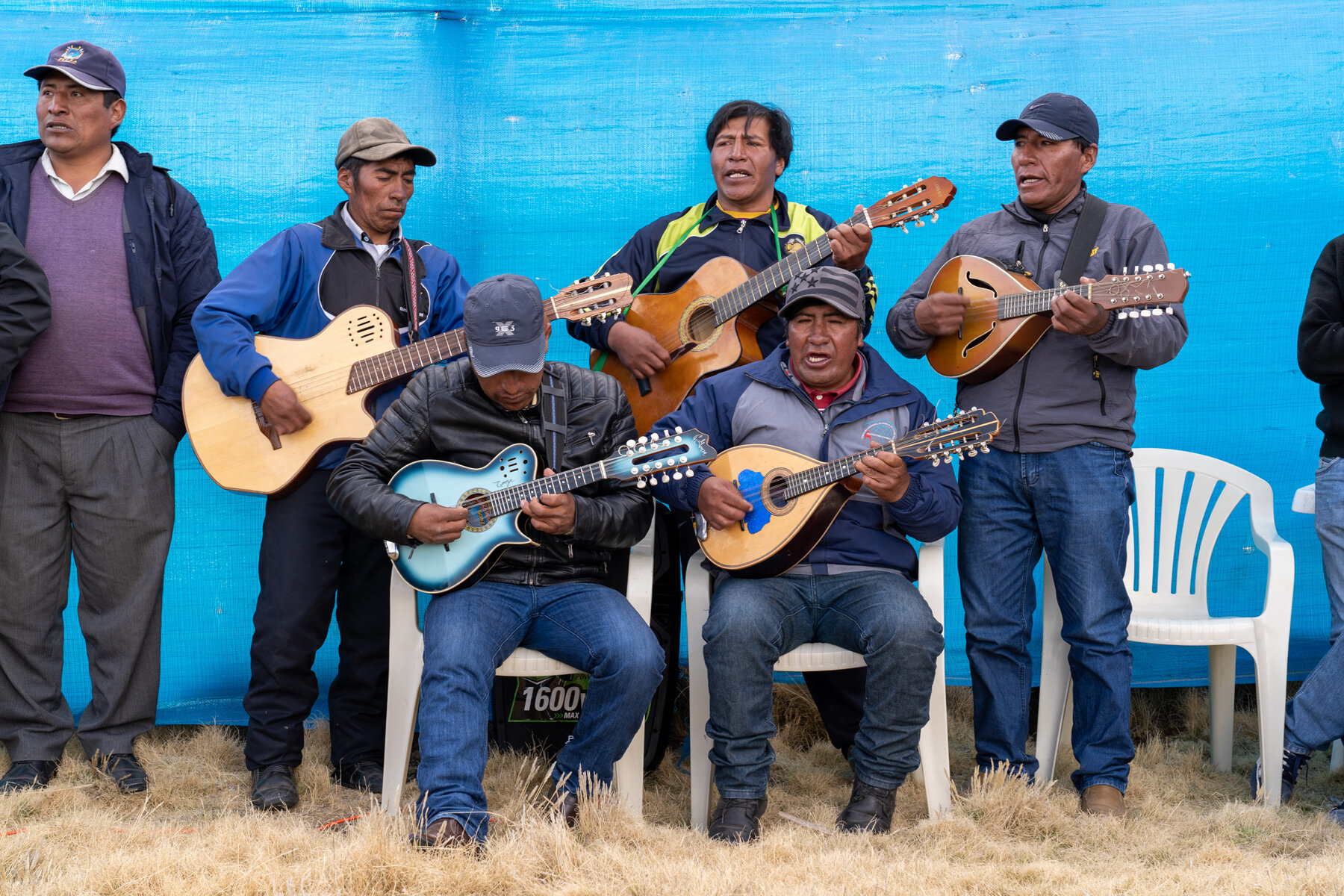
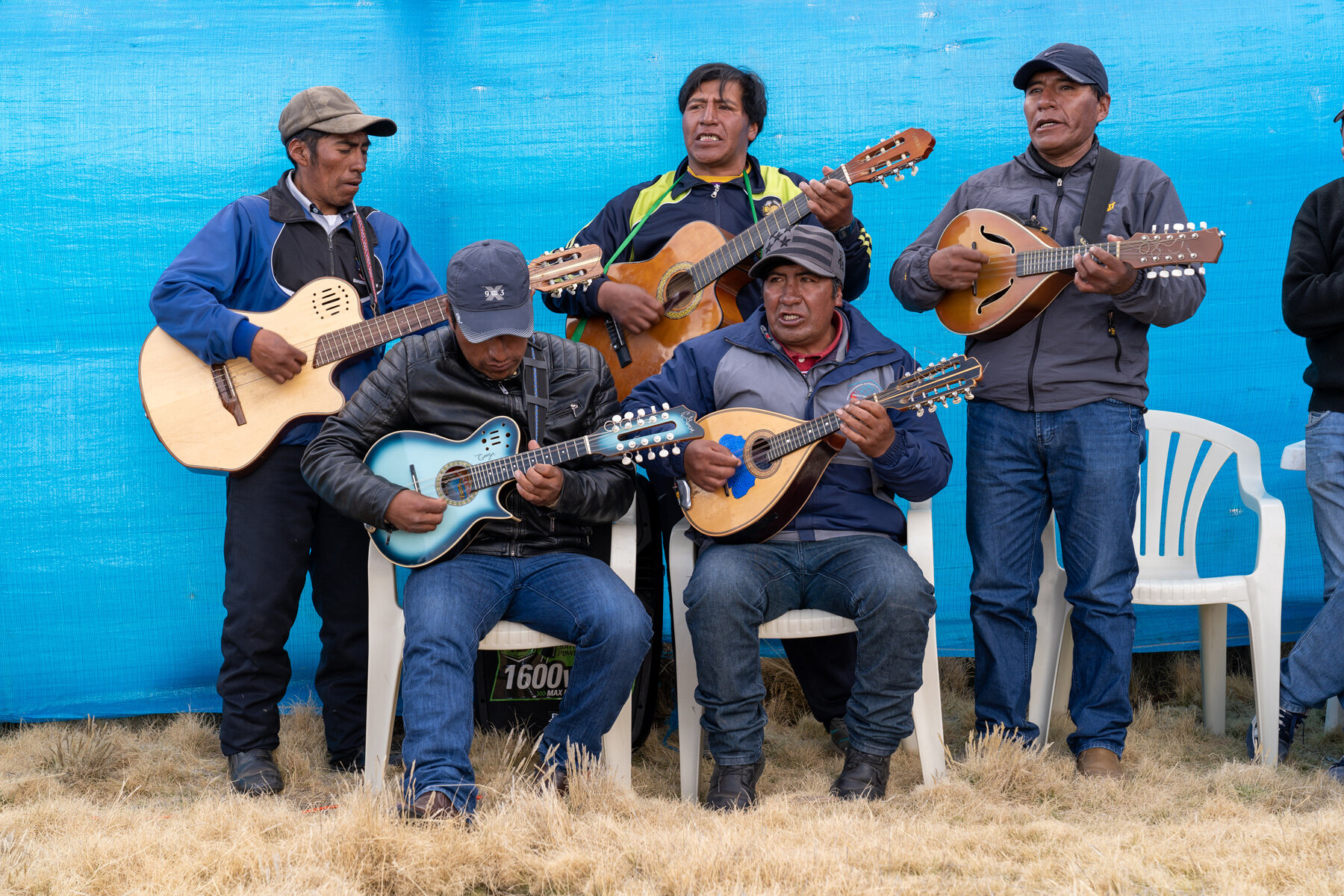
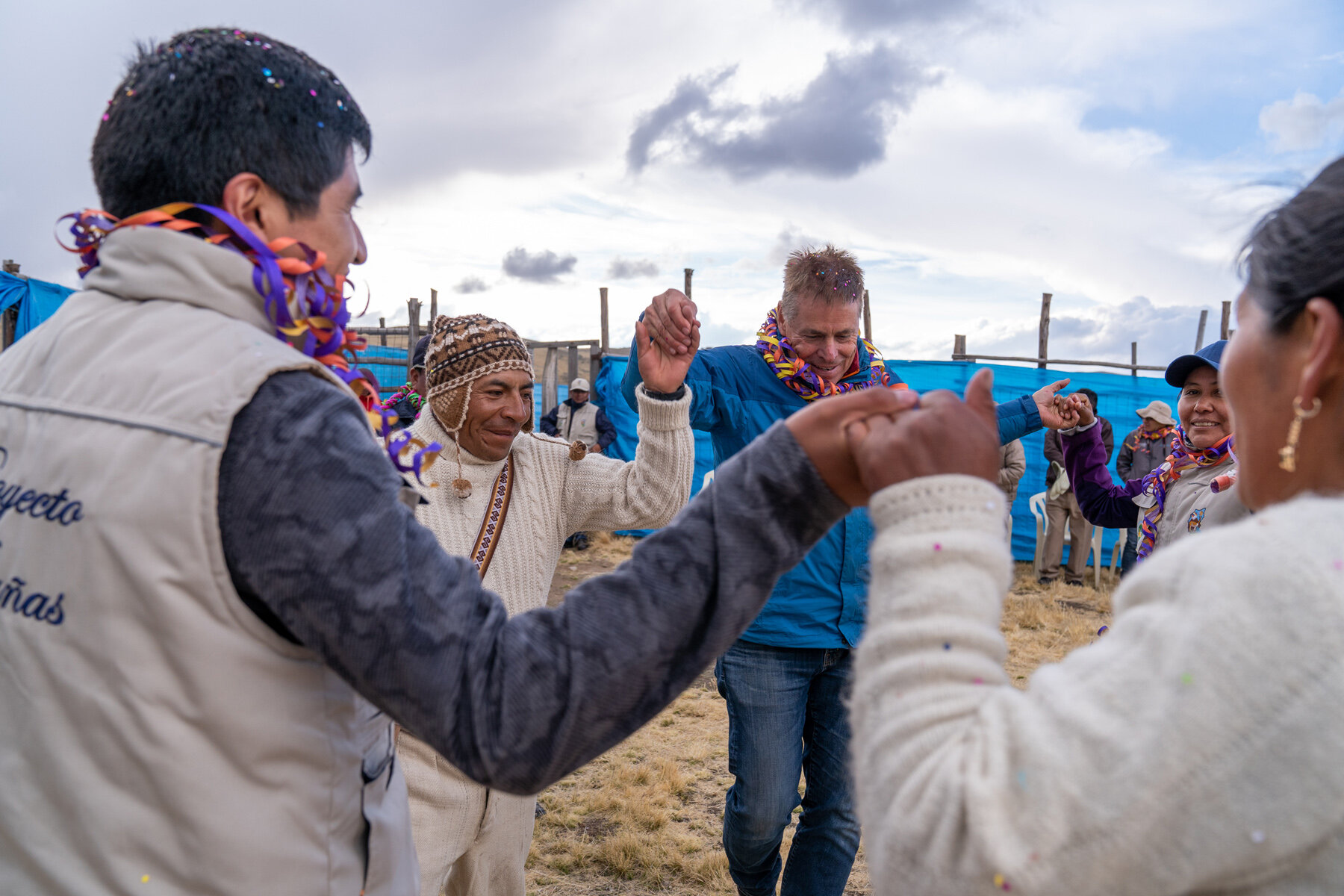
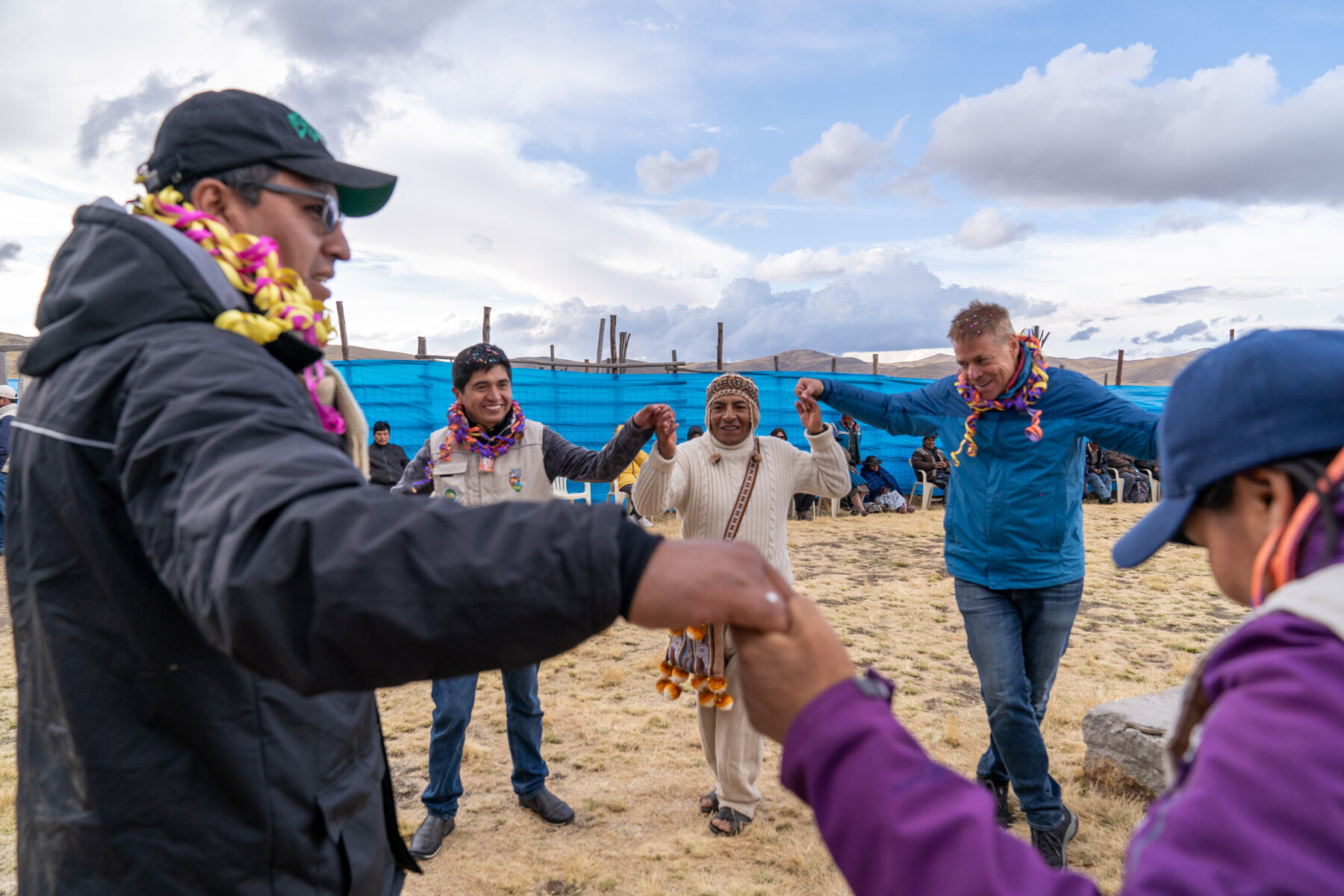
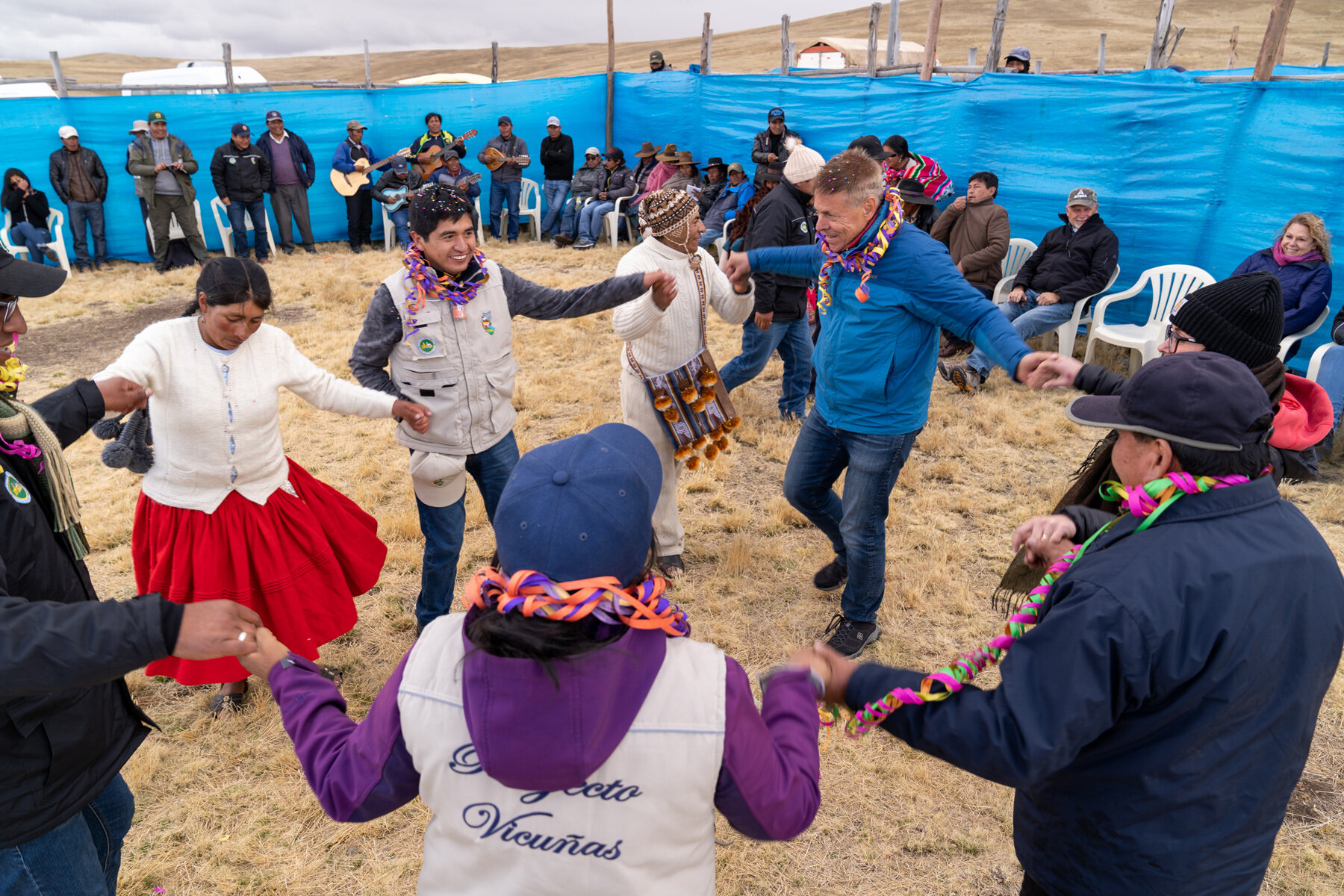
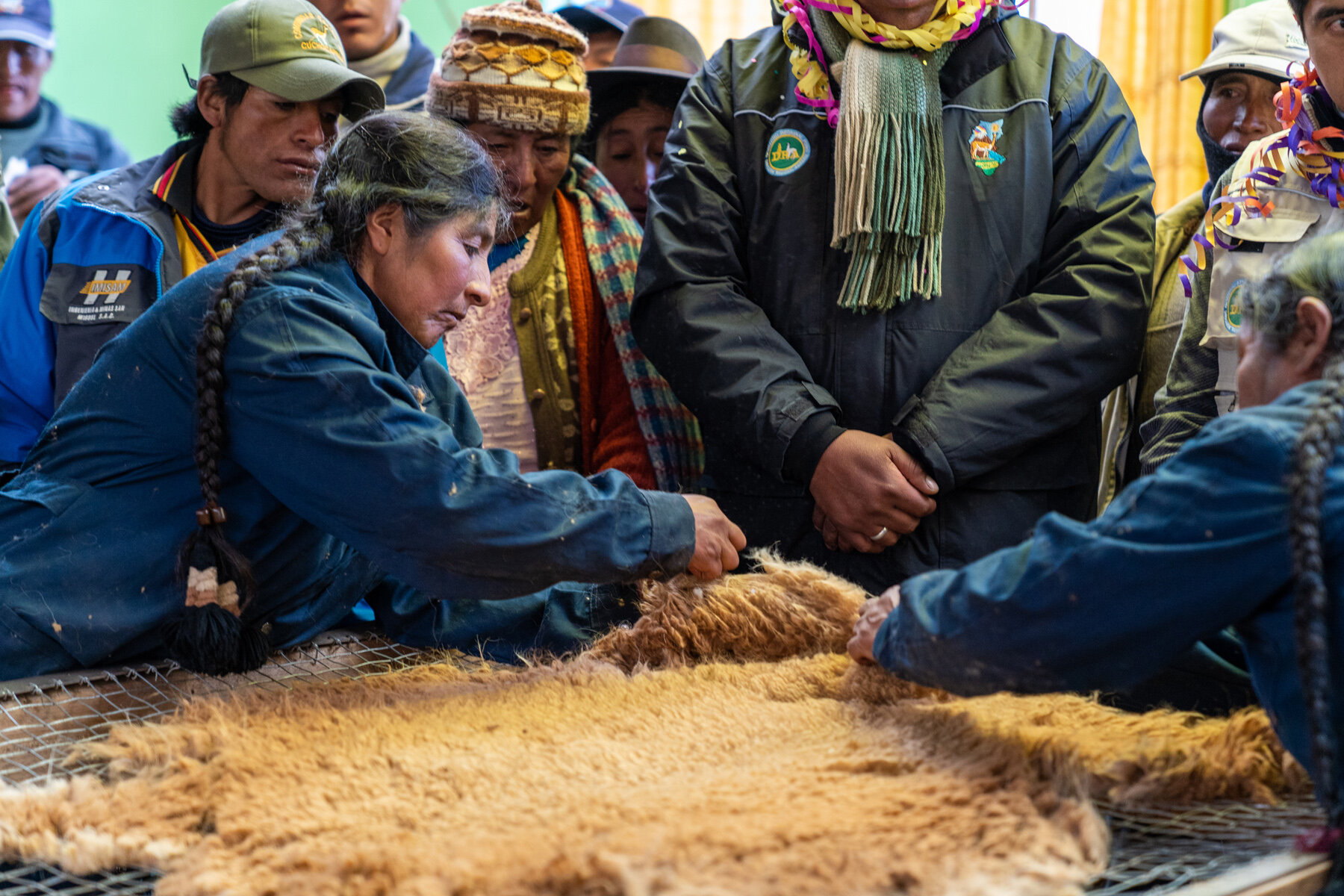
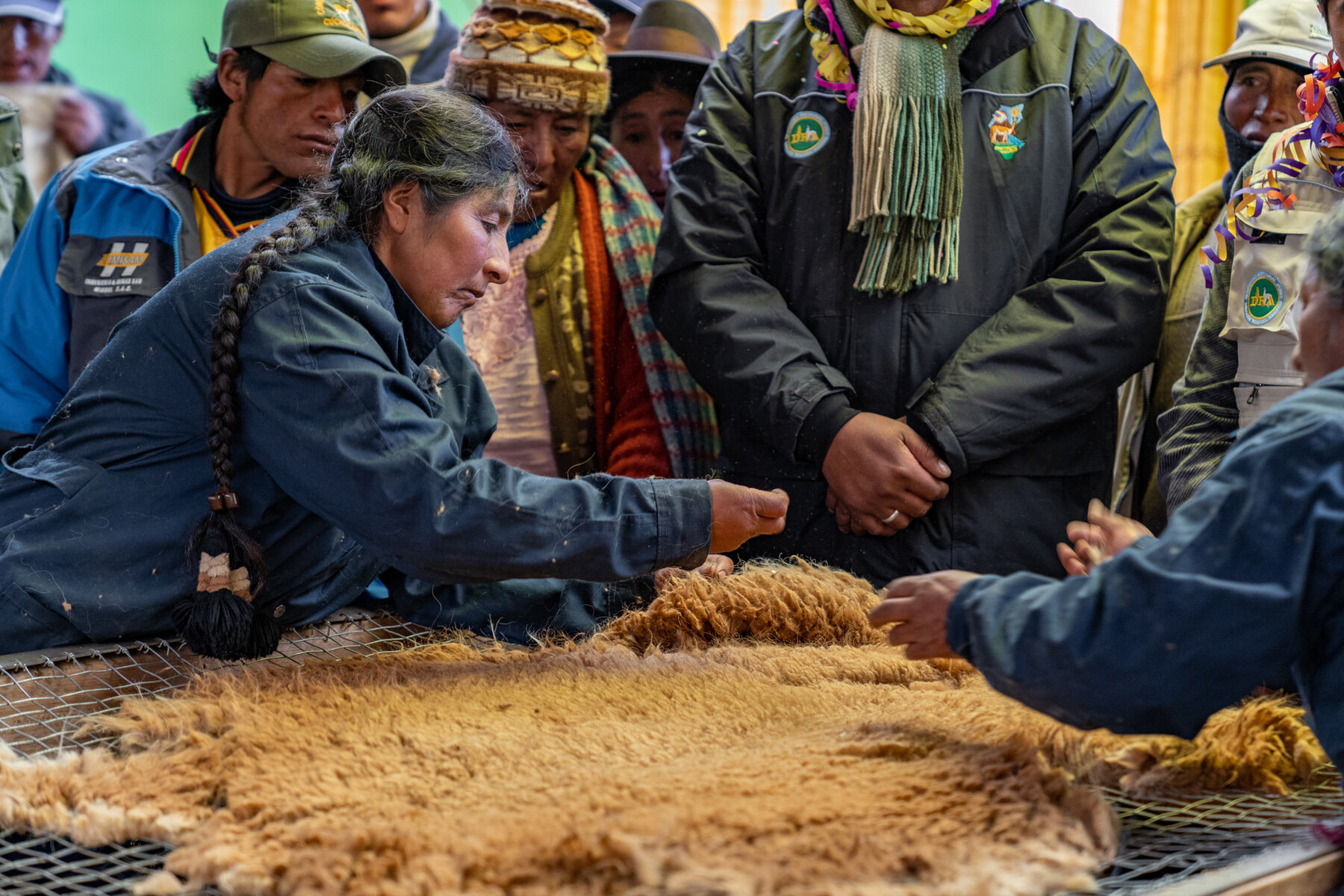
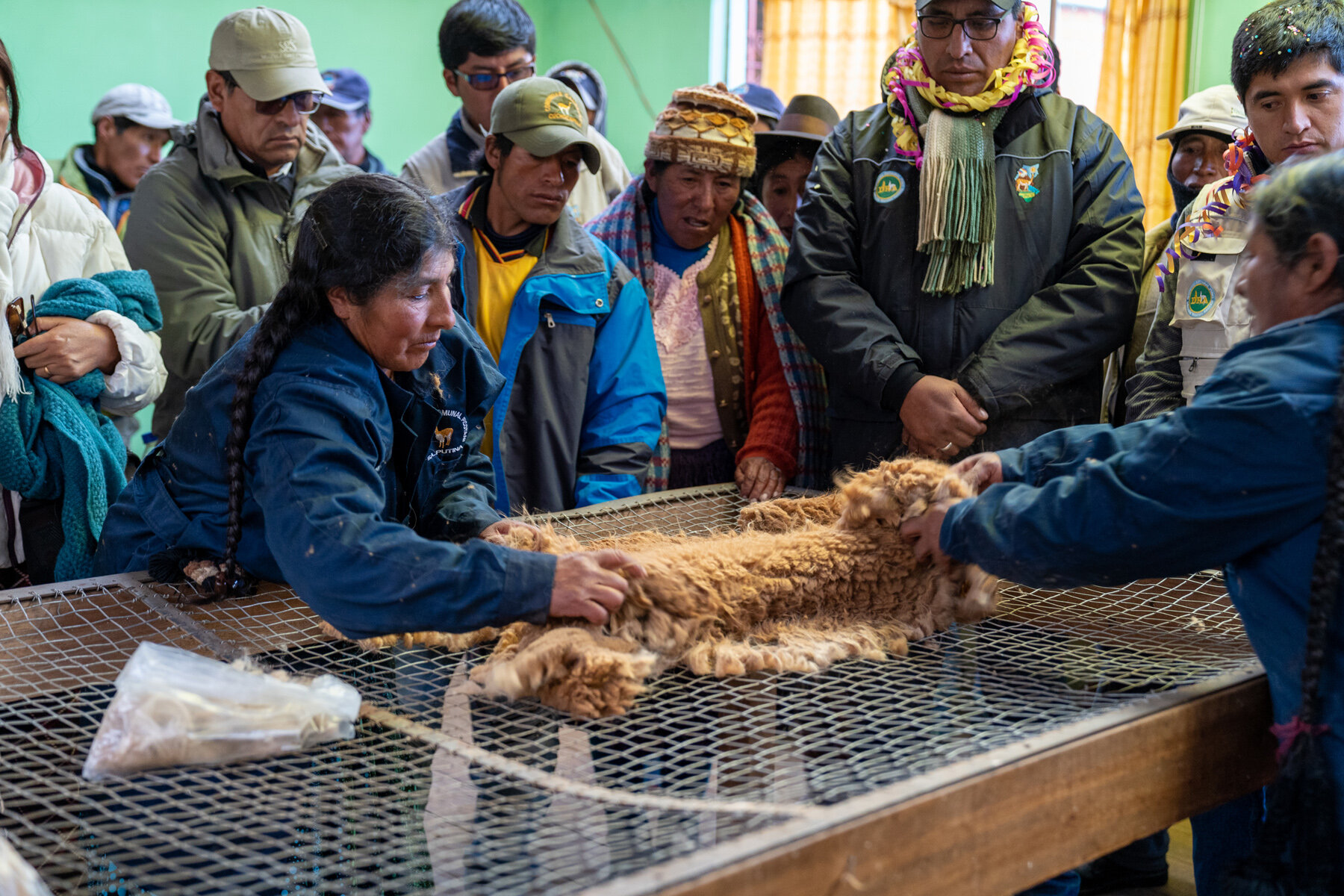
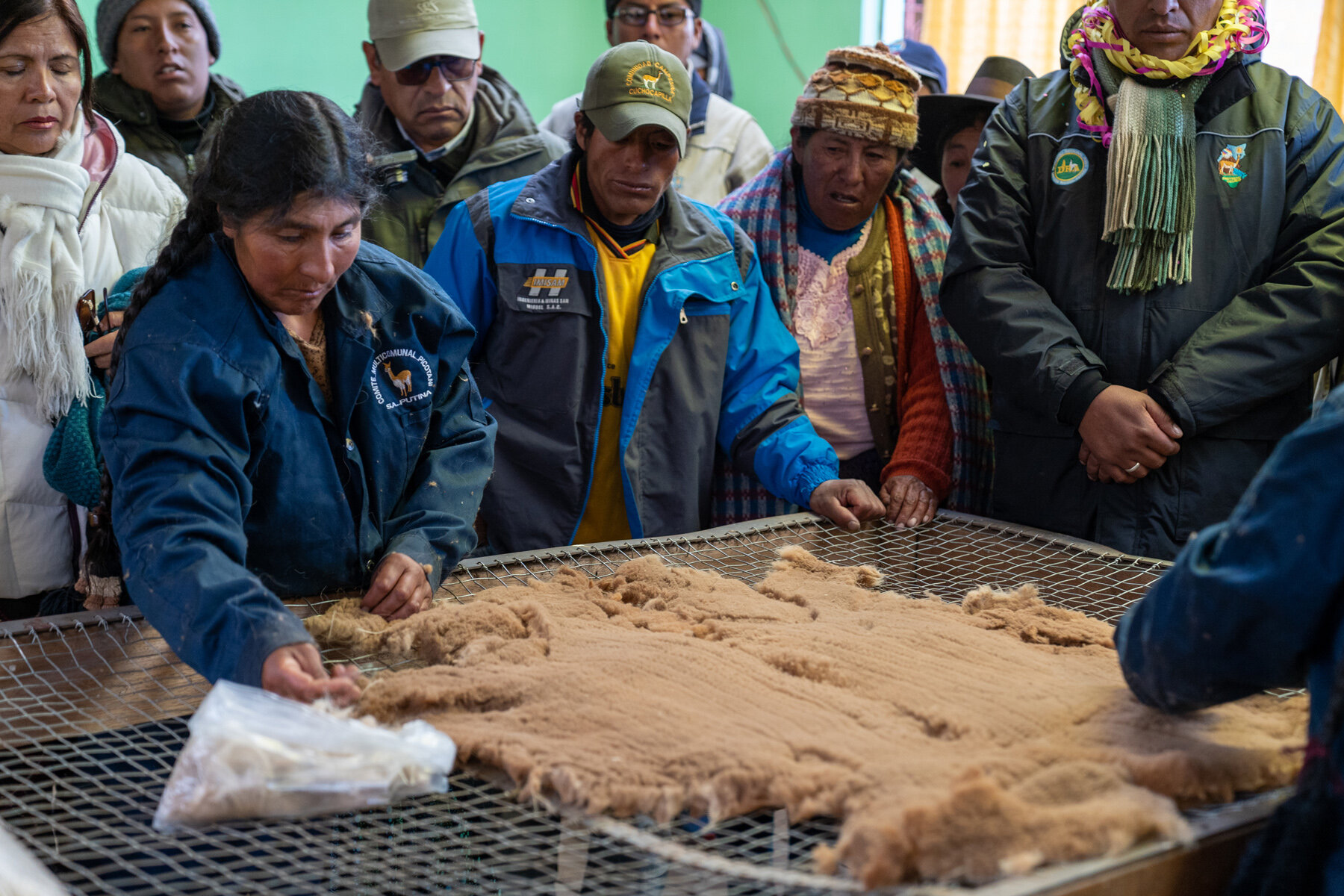





Following the corral, a ceremonial marriage of vicuna was performed, dancing ensued, the sheering began, the inspection of the fibers ‘passed the test,’ and the villagers began to make their way homes to a well-earned meal and rest.
This was undoubtedly one of the most unique experiences of my entire life. I'll soon be releasing that 360 VR video of the experience through Superswell VR, but in the meantime, I hope you dig the images from that day.
It’ll be hard to forget this one...
Here’re all the photos from this magical day and a panorama of the awe-inducing landscape we were surrounded by:
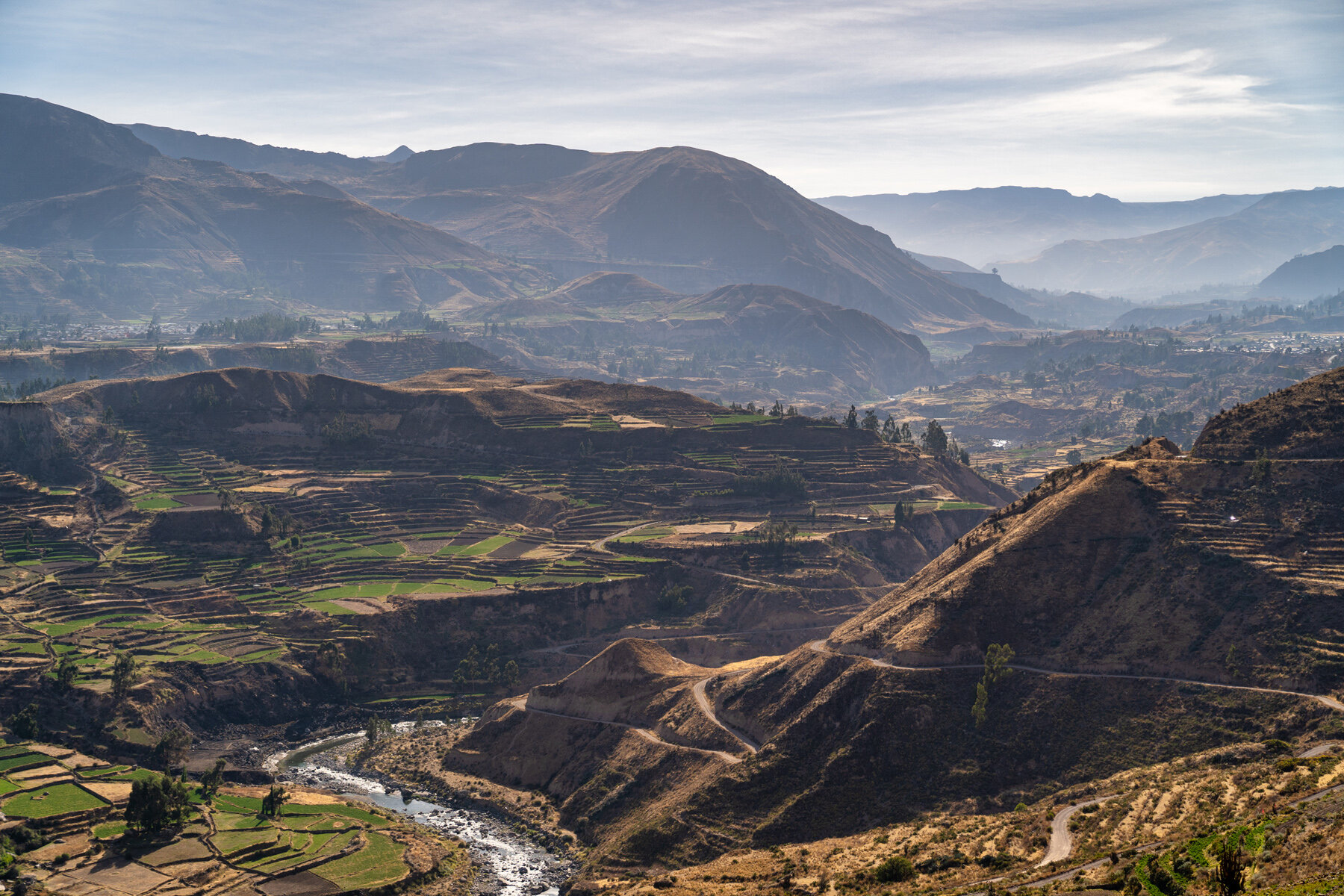
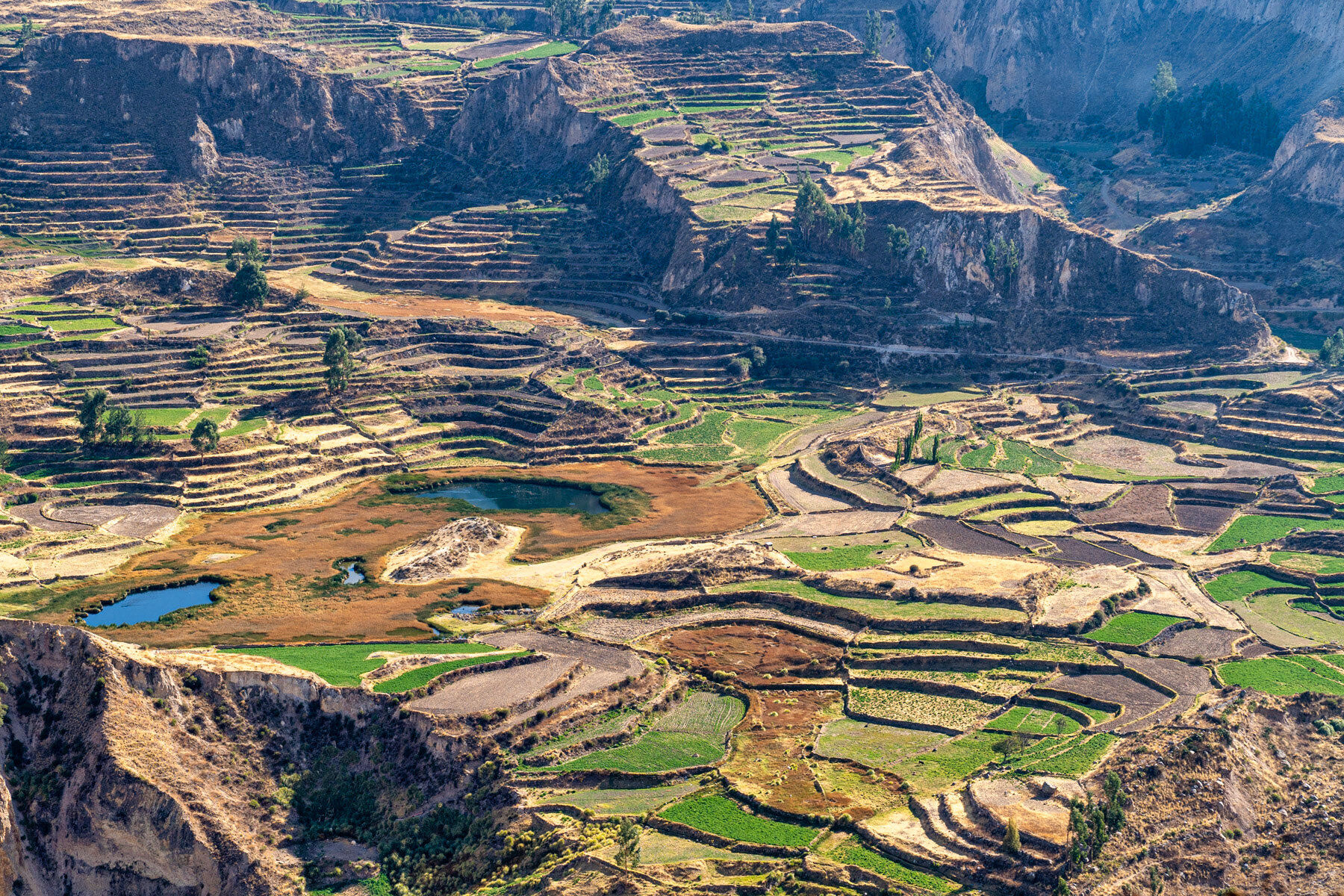
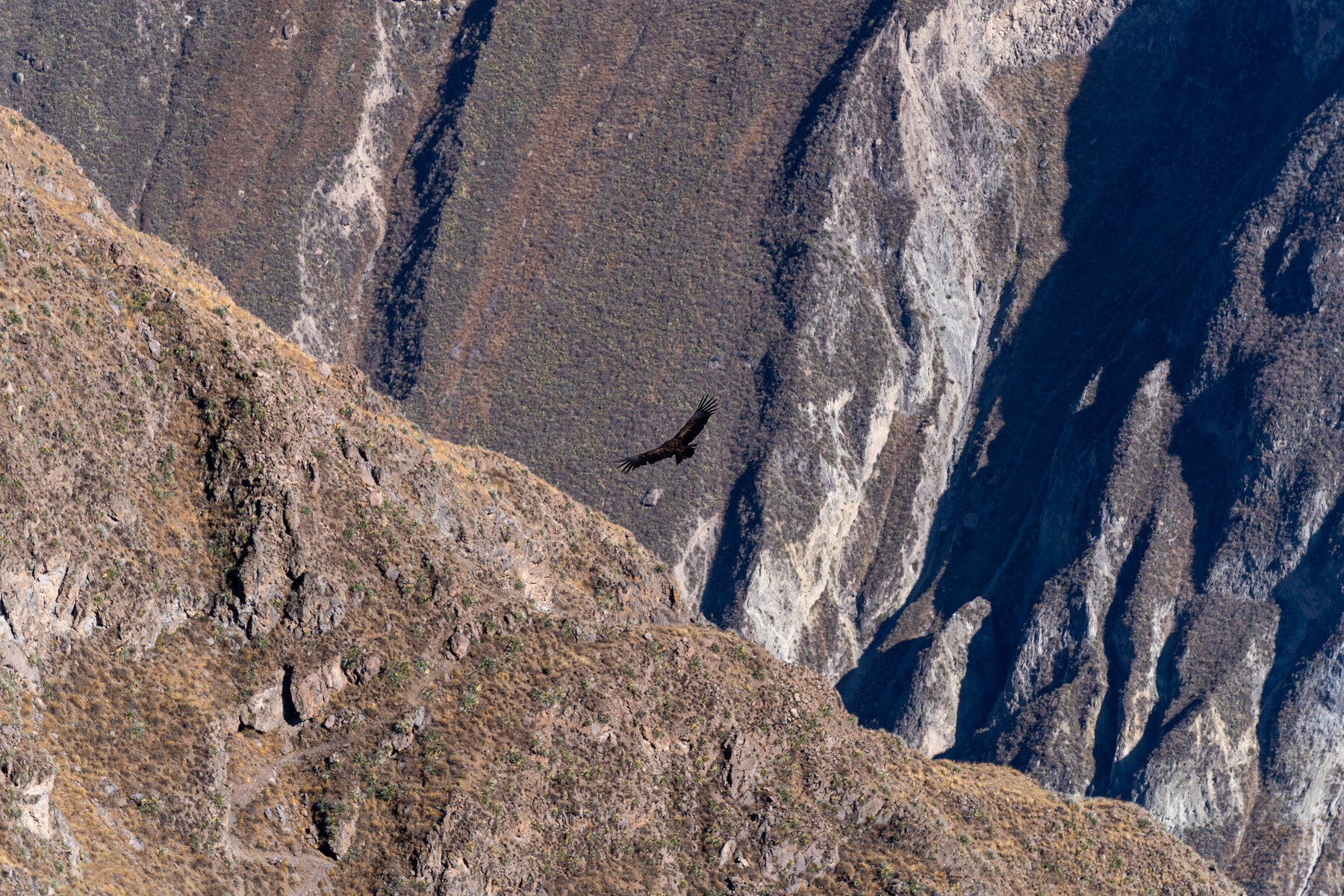
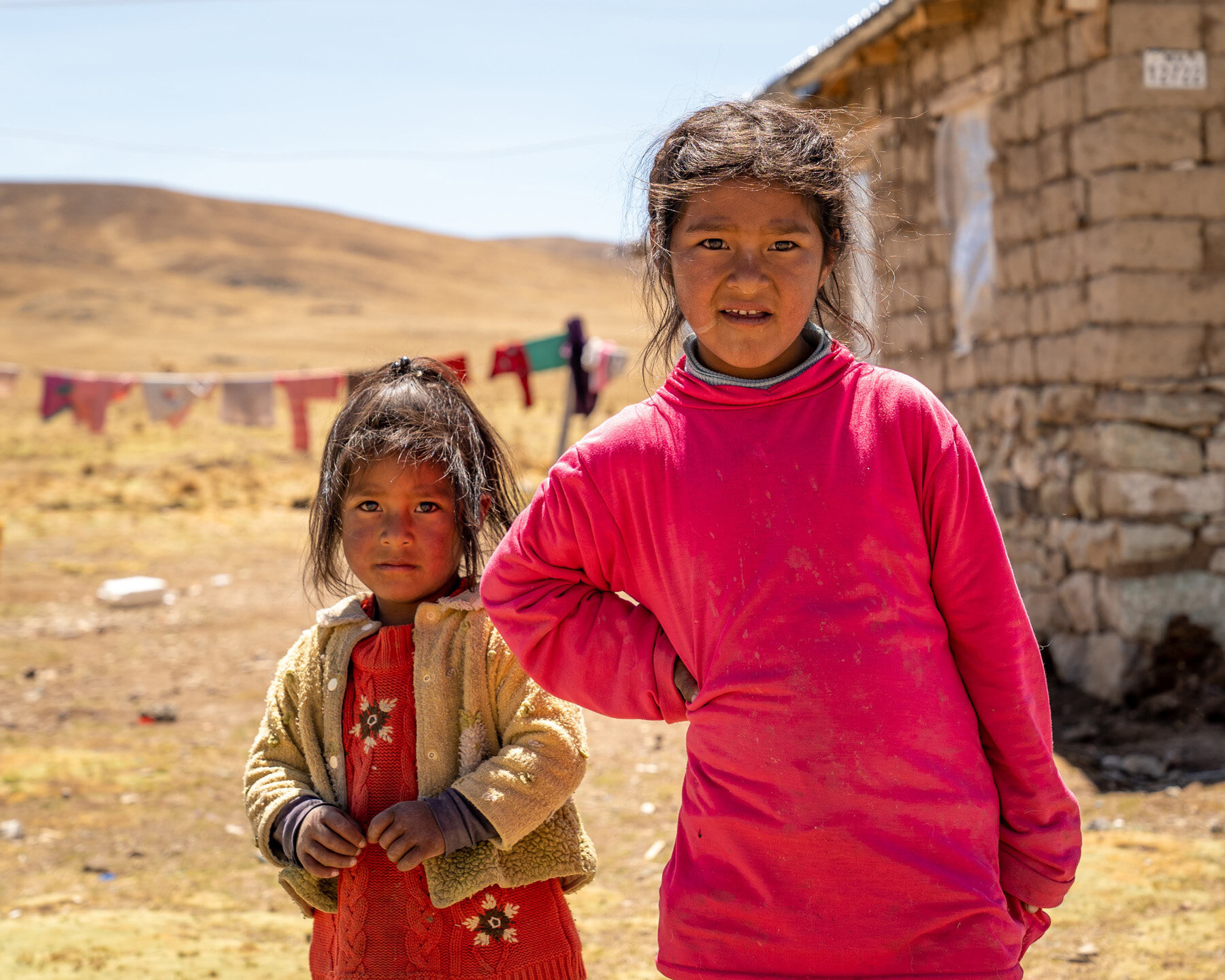
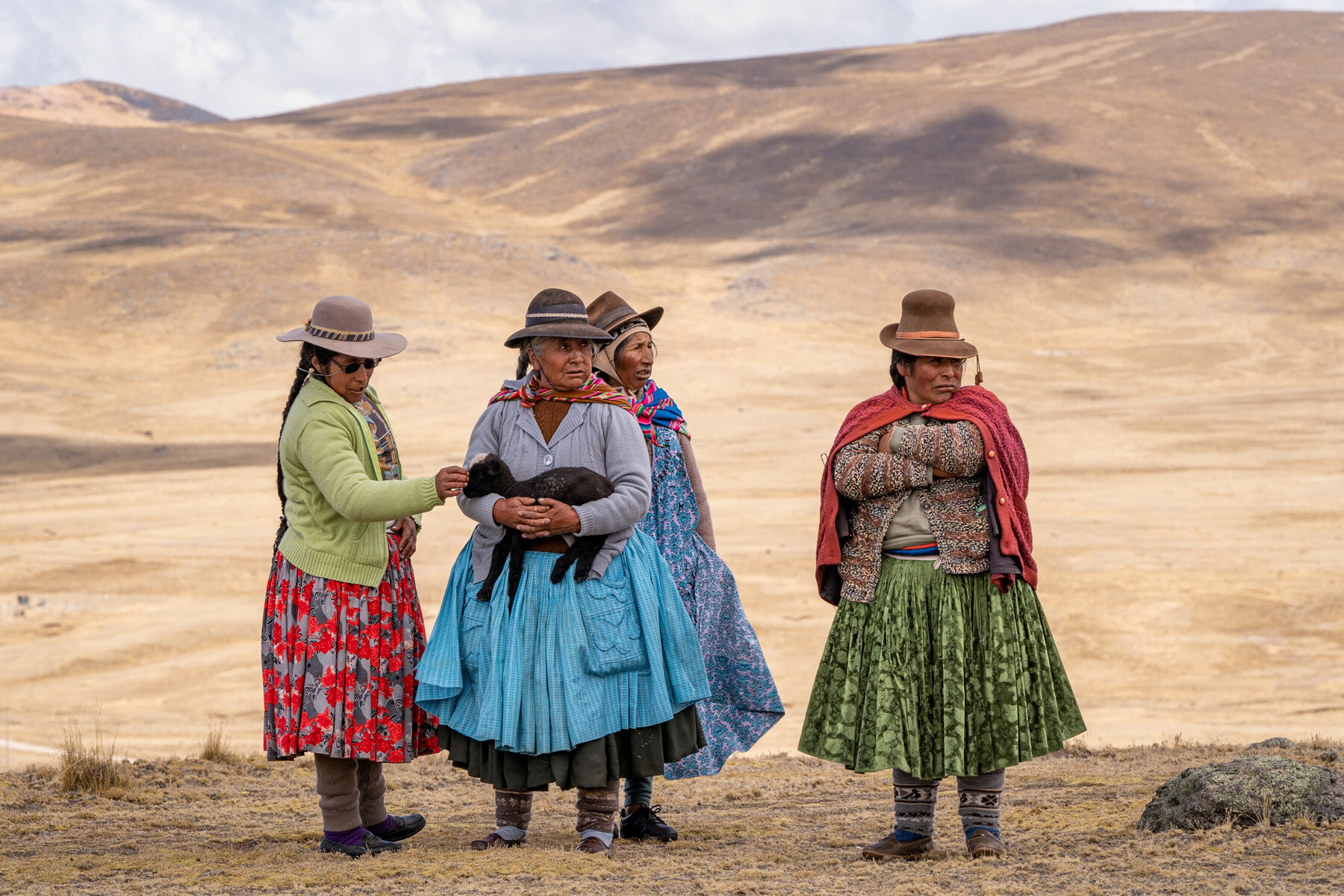
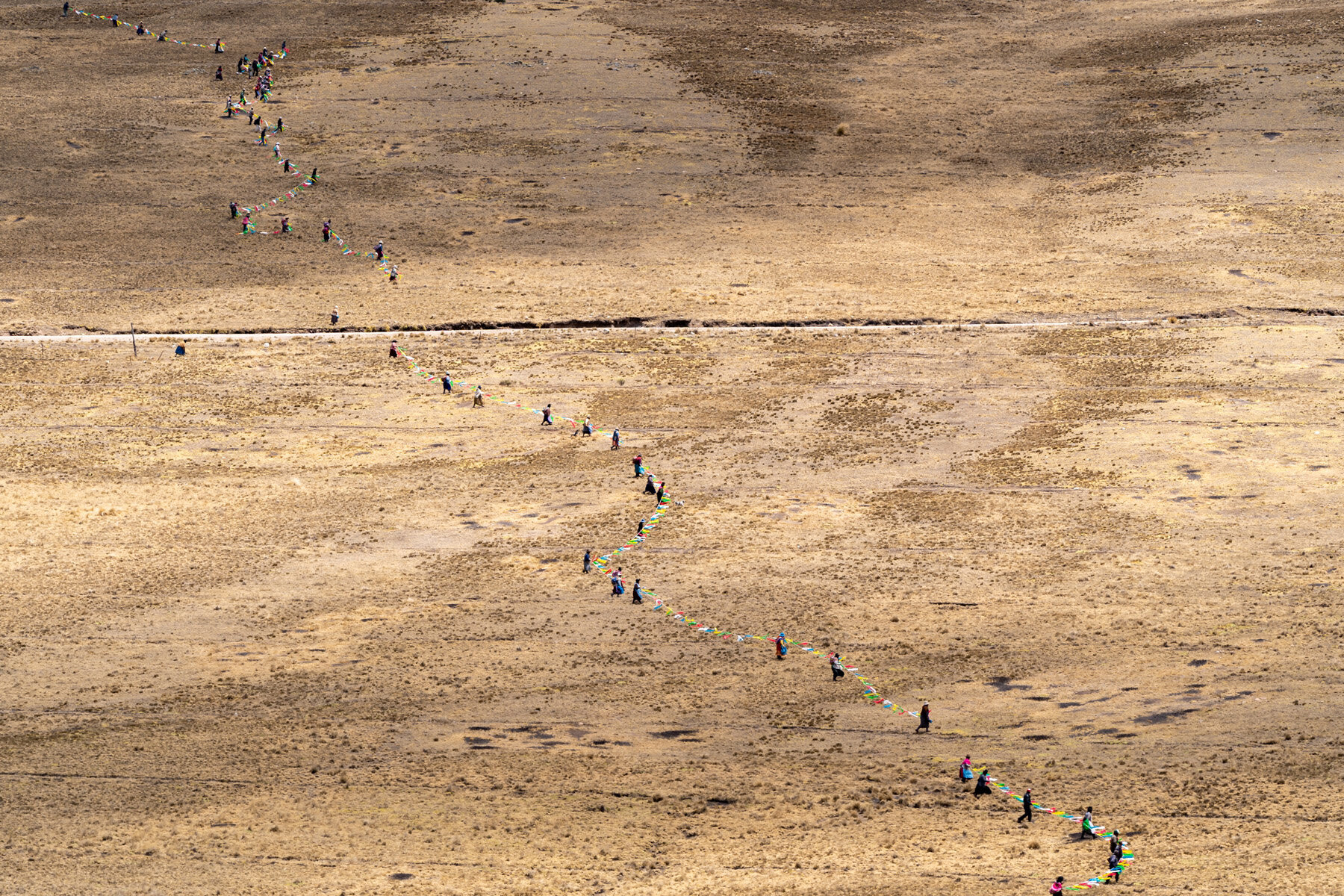
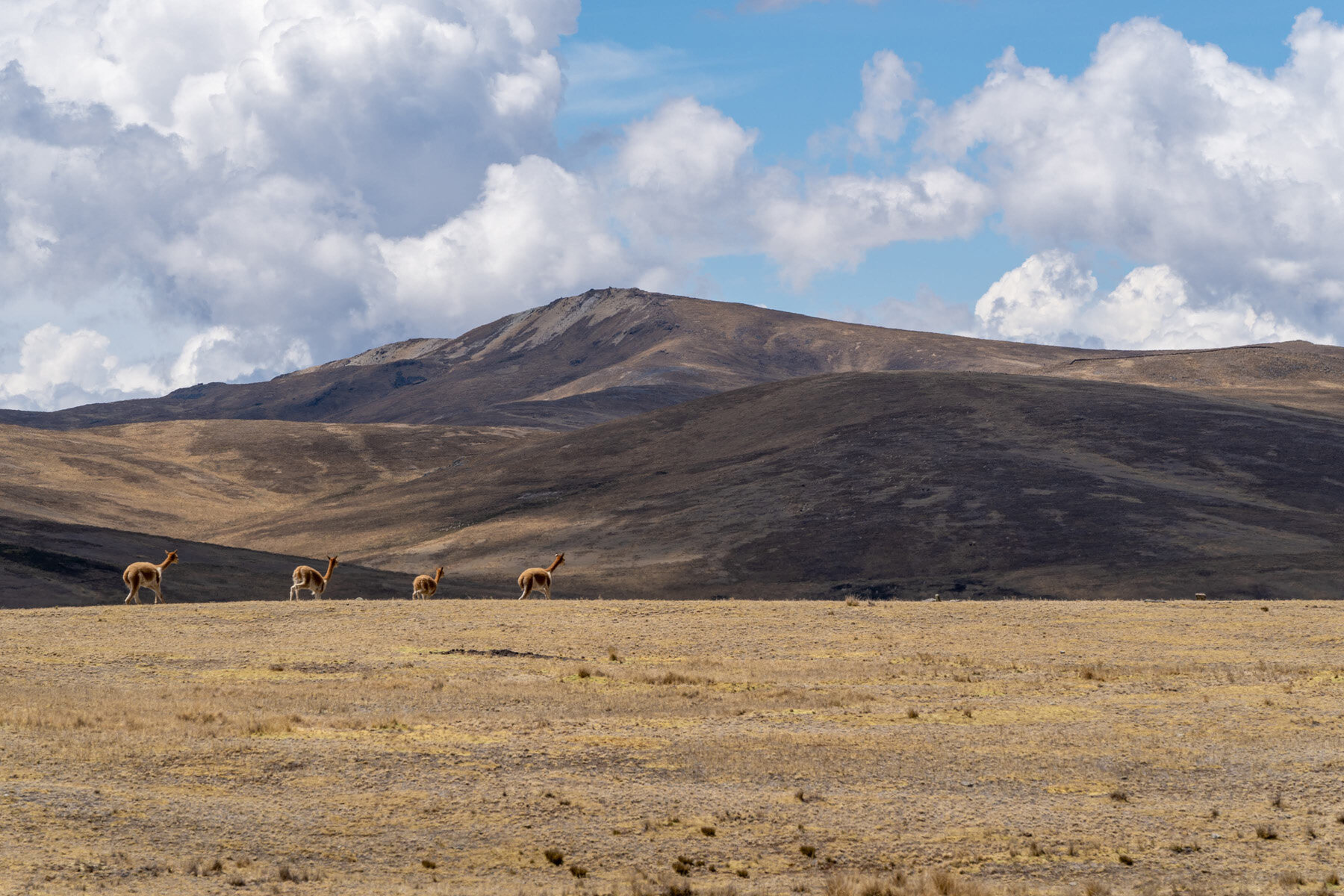
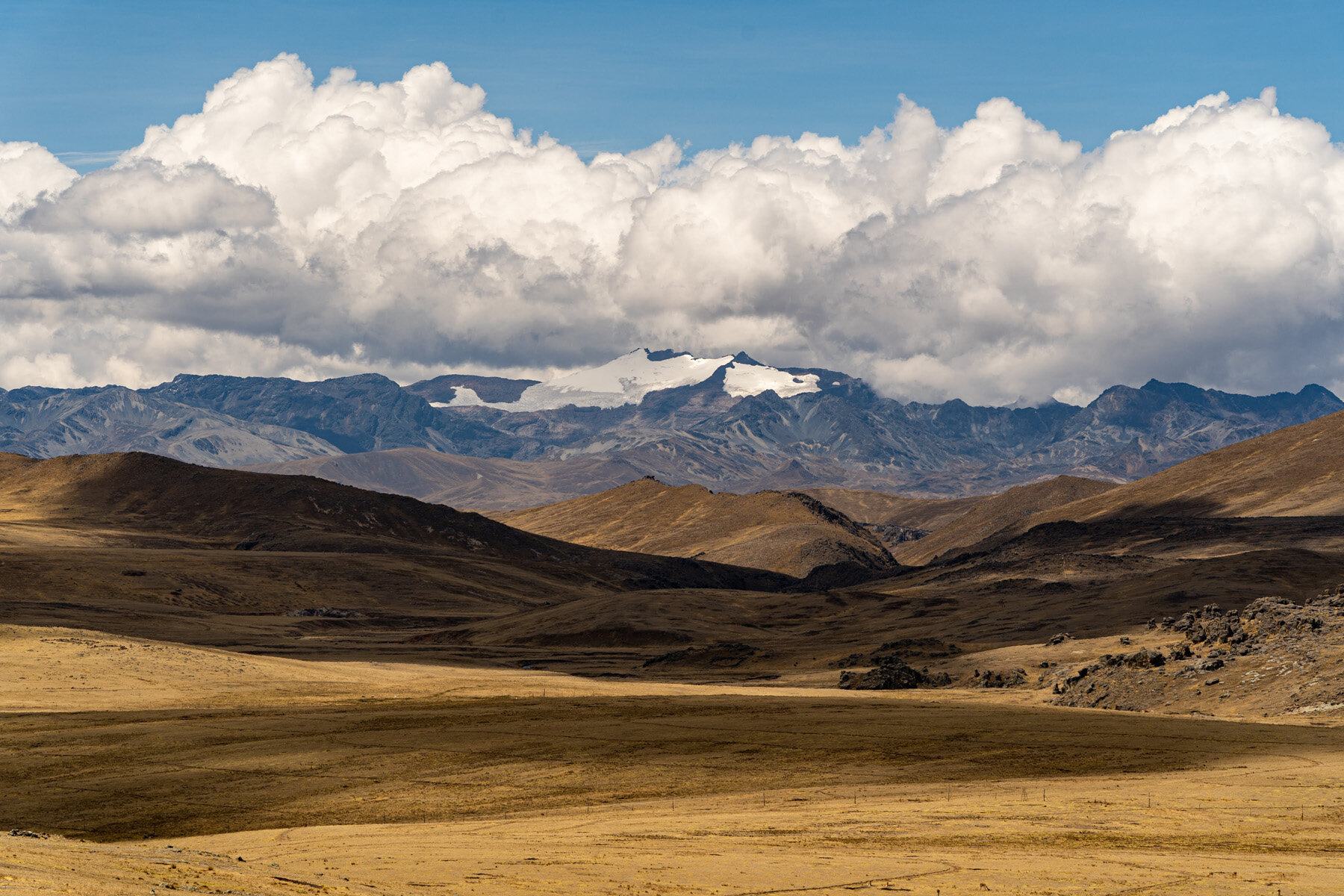
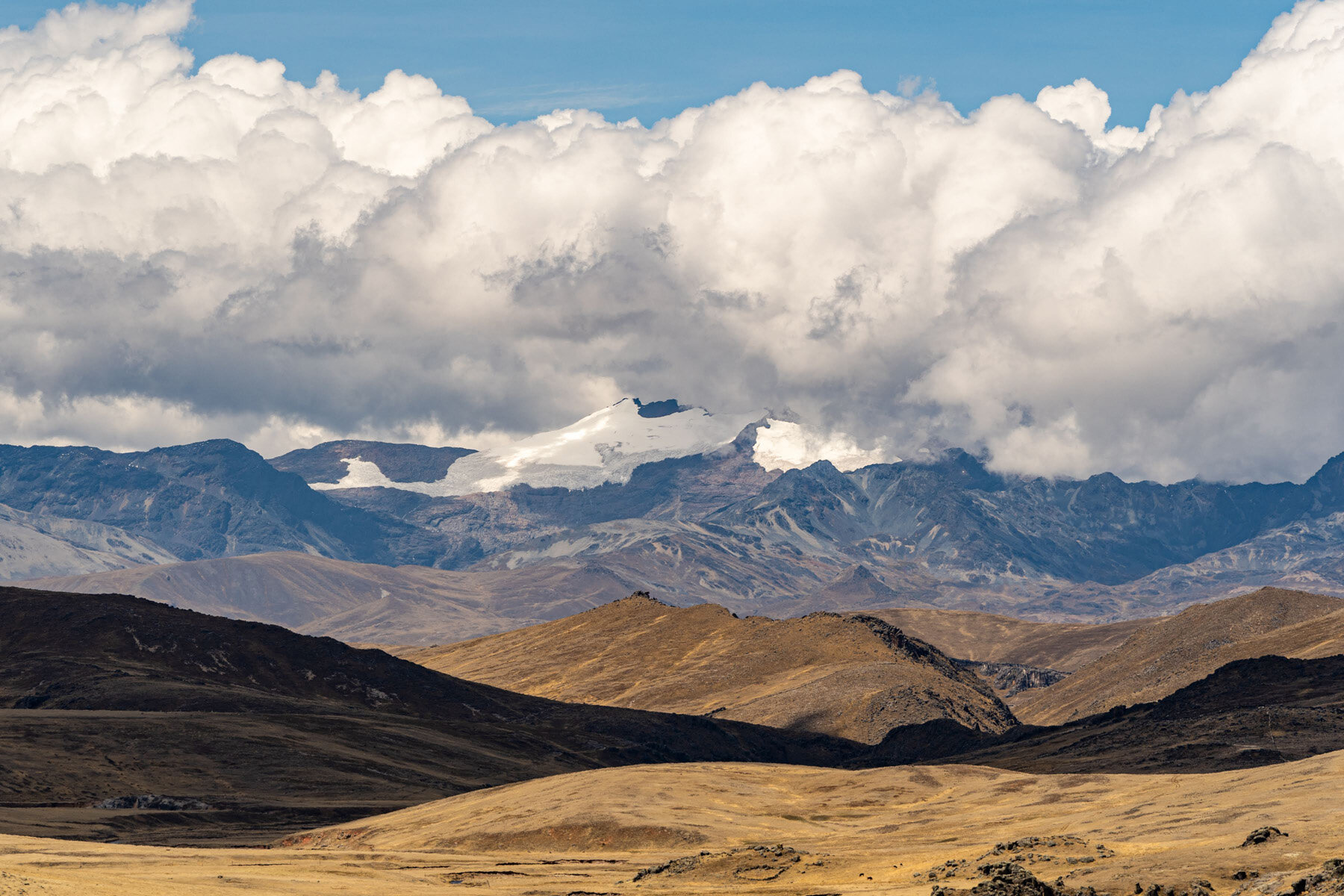




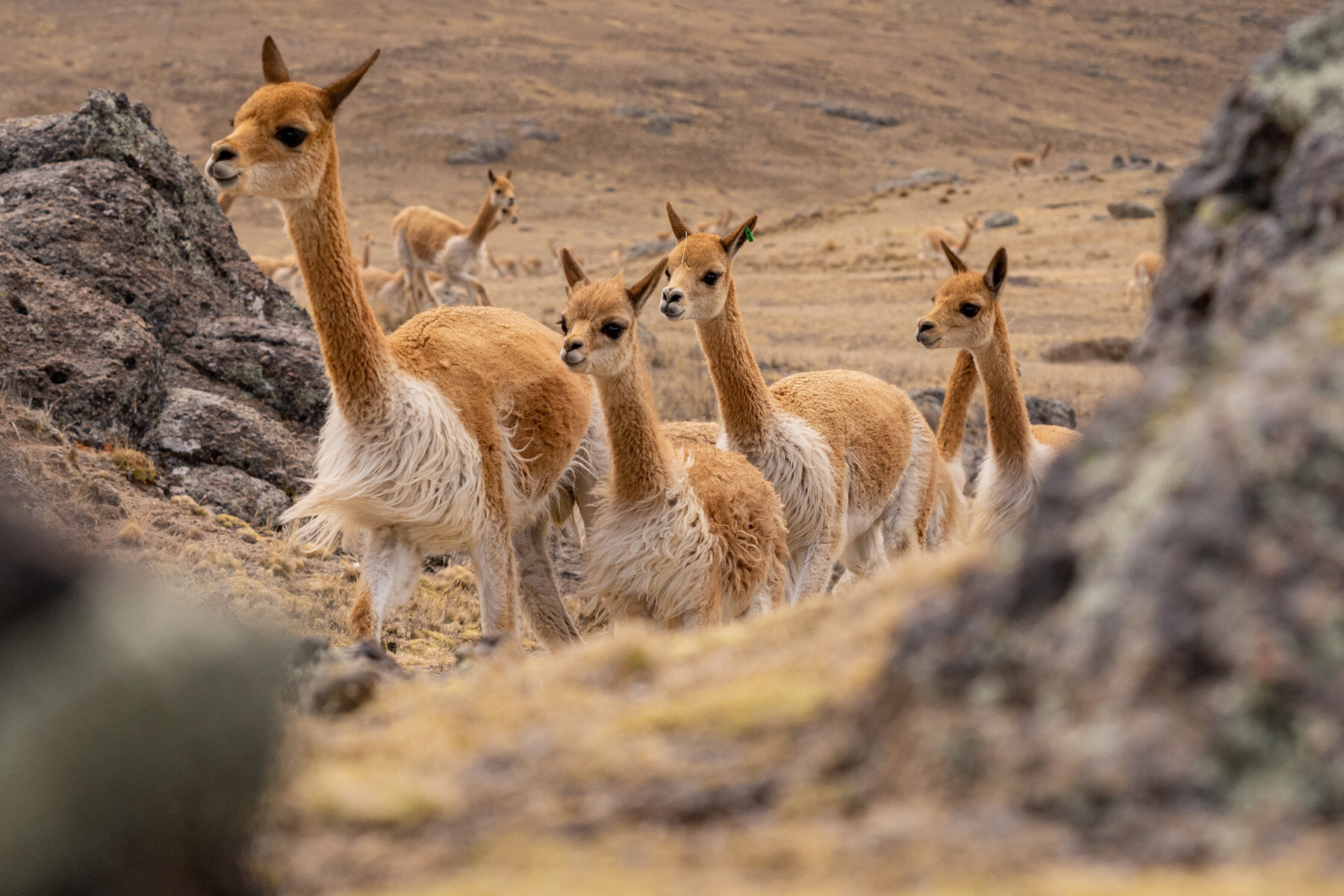


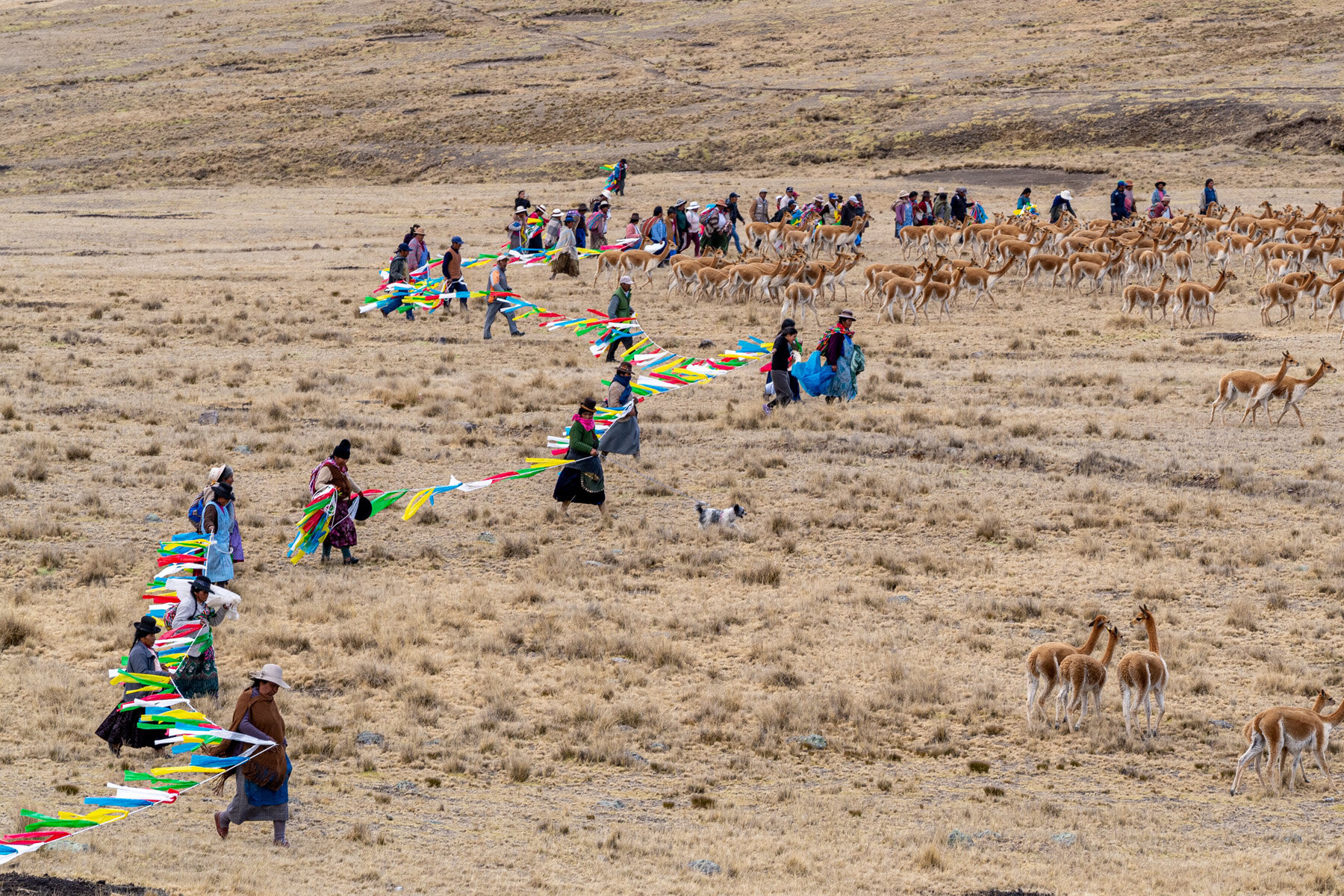
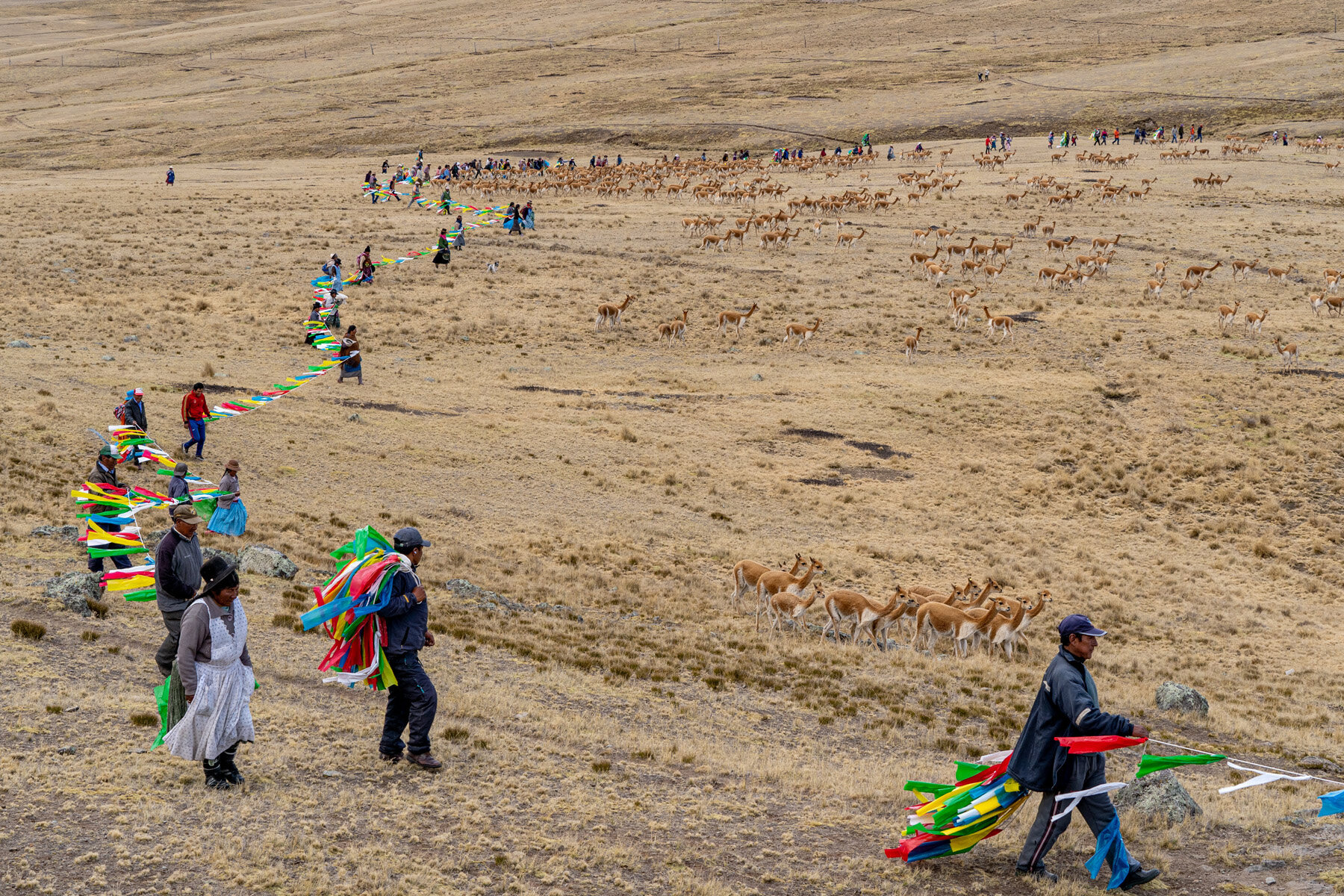


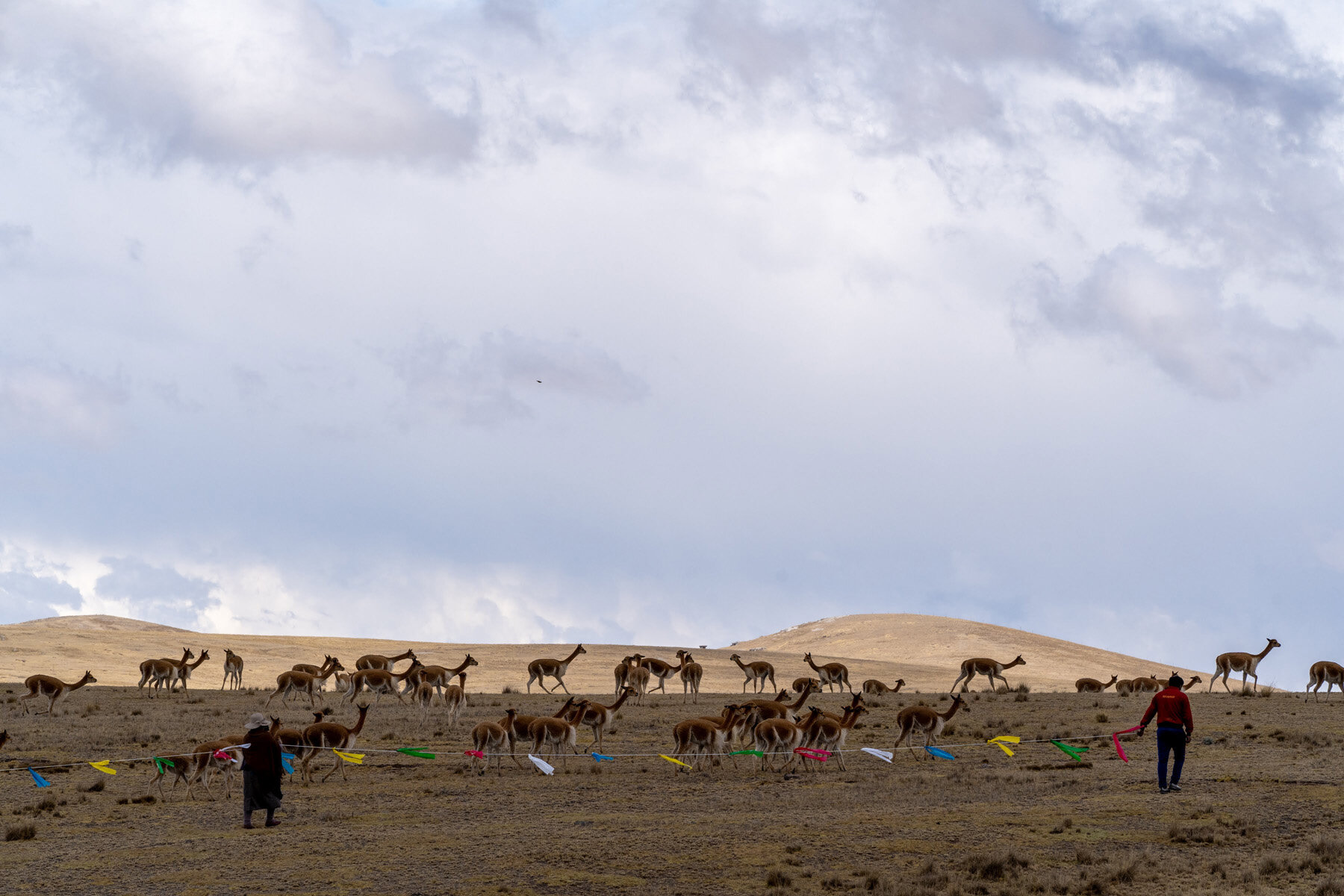
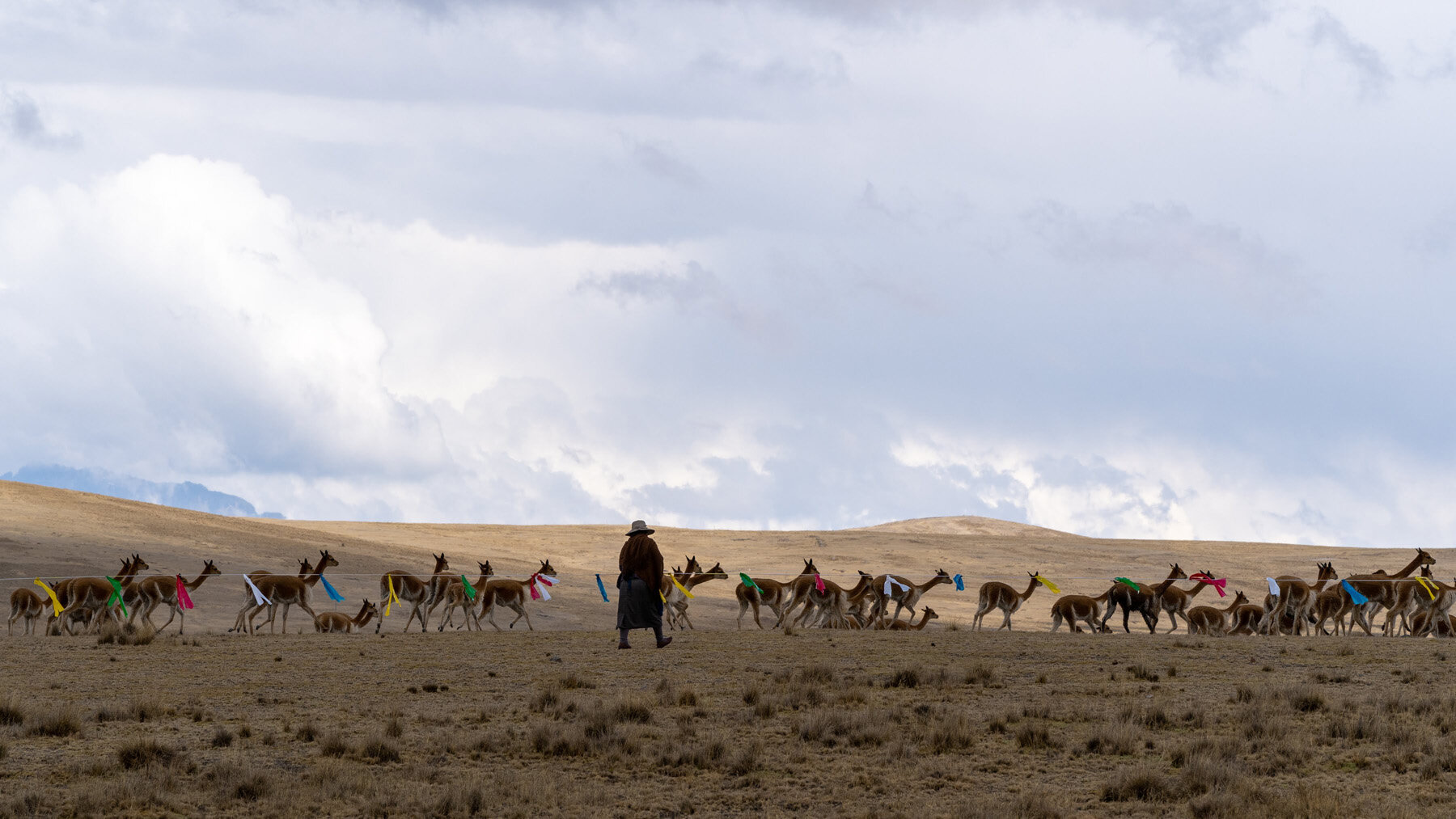



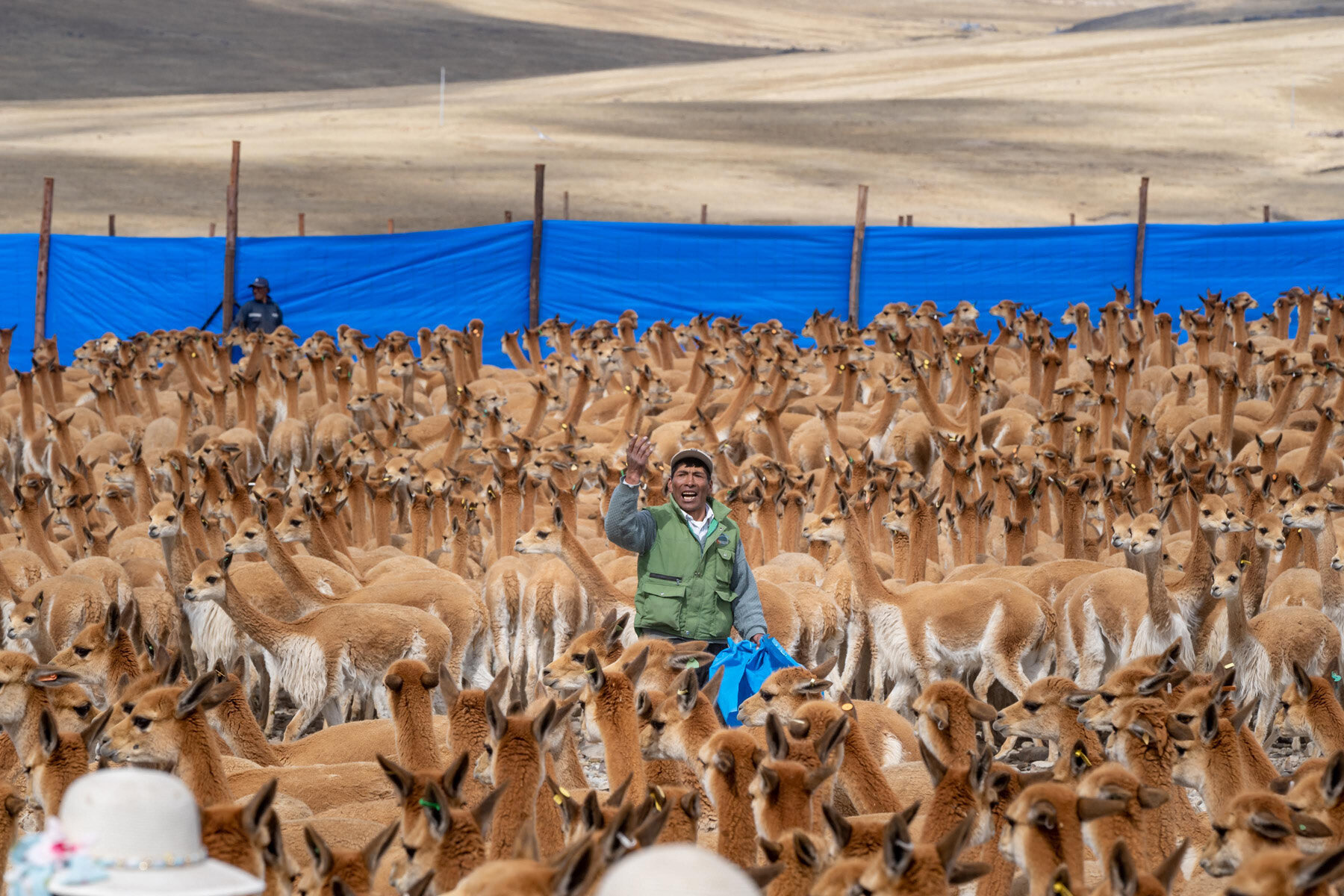





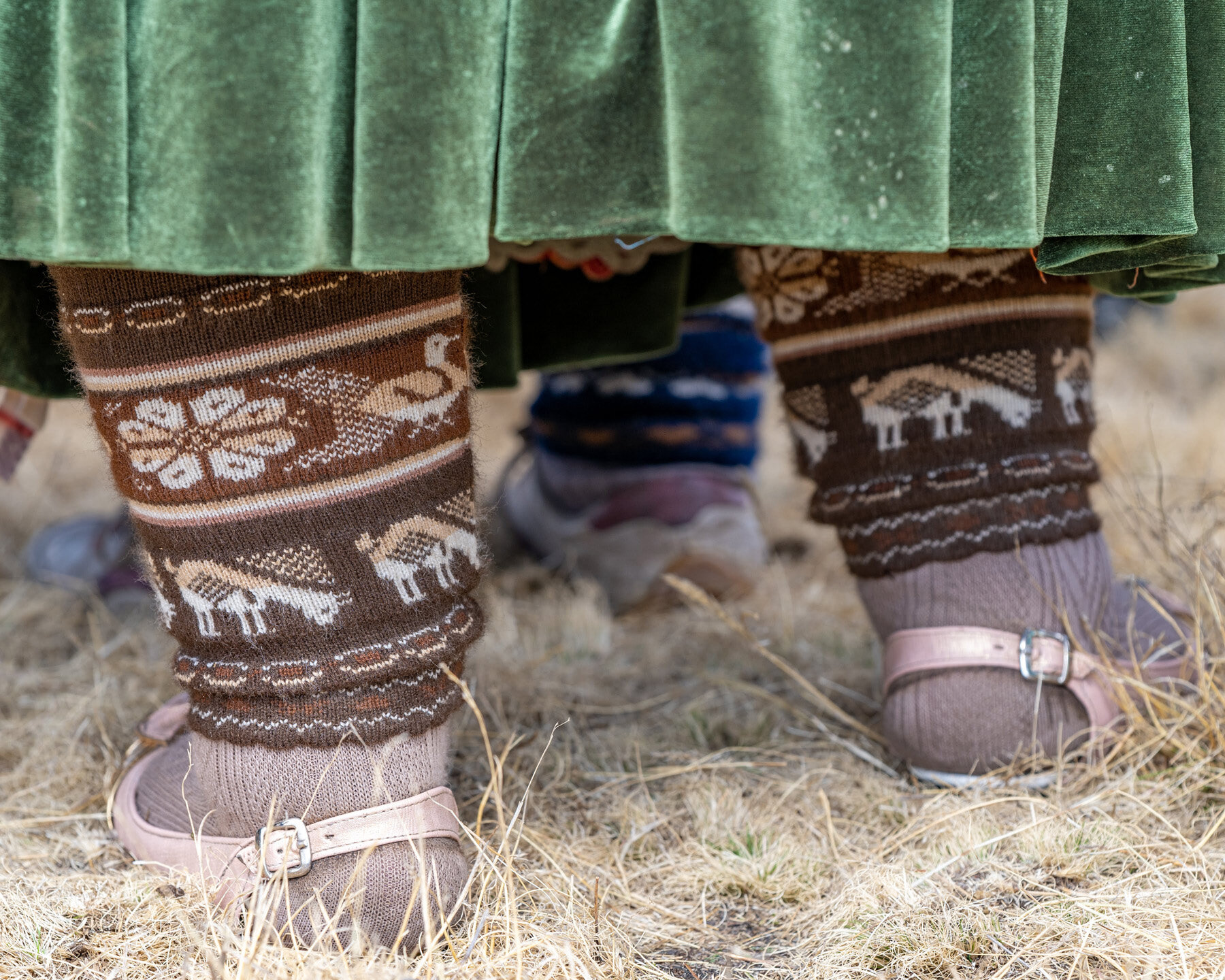



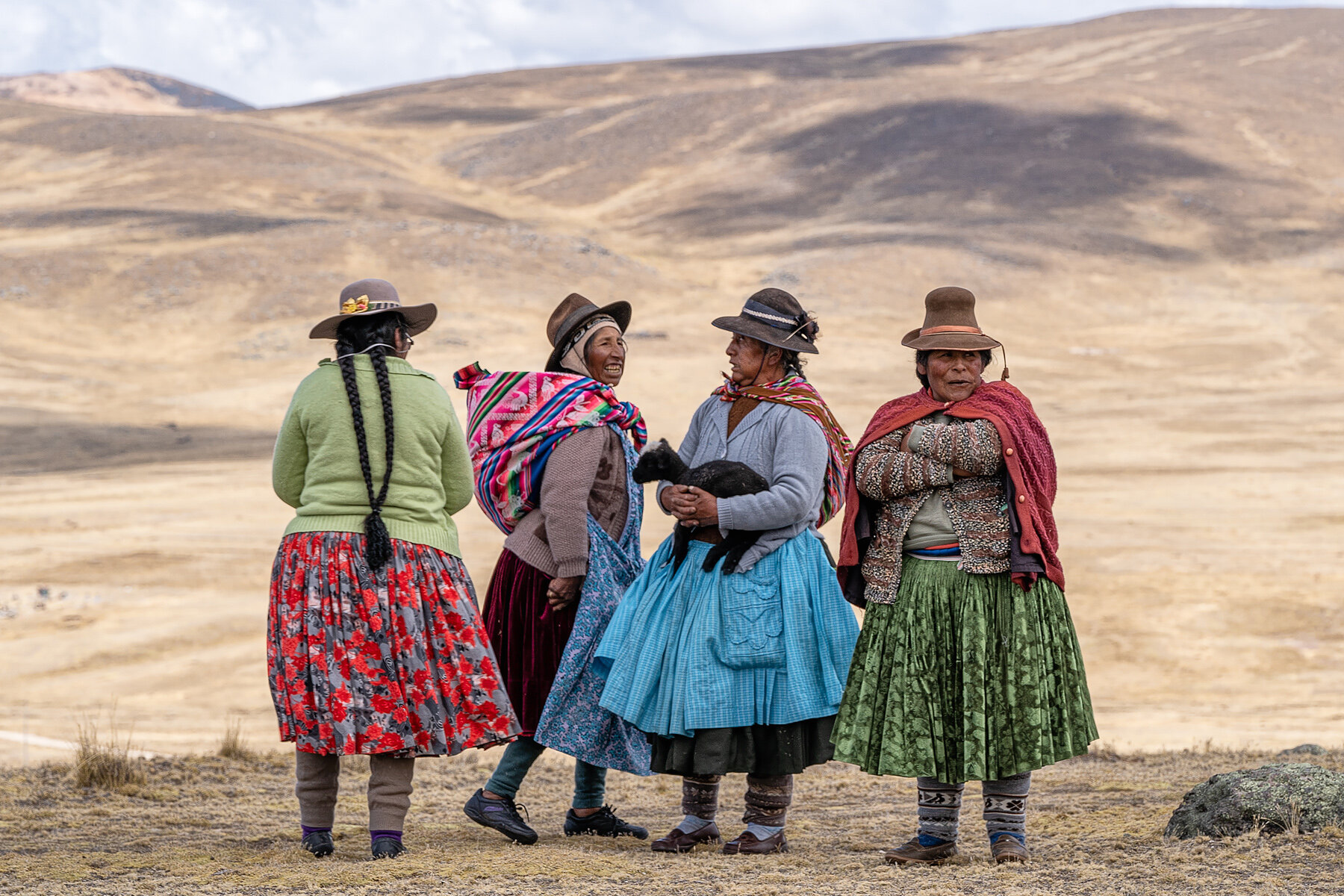




















Please click here for Part 4 - From Fleece Geeks To Pee Fleece
And for more of my sometimes-daily whatnots and thingamabobs, find me on Instagram
(Editor’s Note: This trip originally happened in fall of 2019, when it was still safe to travel. It has taken some time to get these posts in order due to various reasons #Because2020, but the timing is quite impeccable that I begin publishing them now, as Peru has among the highest death rates per capita in the world from COVID-19, and people in the remote impoverished highland villages, where much of this story takes place, have little to no resources to protect themselves and their families. Quechua Benefit, the non-profit that sent me out has been raising money to provide masks, soap and education, and I’ve partnered with them to help bring some attention. Please consider throwing a few bucks their way through this link. As you’ll see throughout these posts, they’re doing wonderful work in Peru.)






